Fitness trends often lean into the “more is more” mentality (usually to sell you something!). As sports science advances, we’re learning that burnout is real—and that moderation is the key to longevity. No matter where one finds themselves in their fitness journey, developing more flexibility and mobility is a common underlying goal. Understanding flexibility vs. mobility, however—and when enough is enough—can be a tricky endeavor that depends on the individual and their daily physical demands.
Doctors ask us if we can touch our toes to vaguely assess both our flexibility and mobility. It can be a quick, easy measure, but the body’s mechanics are more nuanced from person to person to distinguish mobility vs. flexibility from this test alone. For some, getting the green light and reaching the toes is enough. For others, touching the toes is just the beginning, and the journey to becoming more flexible is an almost metaphysical experience that transcends the perceived limits of the human form.
While being able to forward-fold and reach your toes can be an indication of health, it’s possible to reach the toes and still live with chronic lower back pain. It could also seem impossible for someone to reach their toes, but they may get away with not being able to, depending on their lifestyle.
How do we know when we’ve achieved peak mobility and flexibility? Being mobile can be healthy, but too much of a good thing, like being hypermobile, can be a challenging way to live. On the other hand, being stiff or immobile usually leads to injuries. So how far should we be stretching ourselves?
Defining Mobility vs. Flexibility
Mobility is related to our joint’s capacity for range of motion. If our available “workspace” for a joint capsule was a pie, our mobility would be the sections that we use daily. Over time, we can increase the amount of workspace we own by safely and slowly using more parts of the pie (here, more pie is more pie!).
The same is true for becoming more immobile. If the full expression of each joint isn’t used regularly, we slowly lose access to the parts of the pie we don’t use. Much like a rusty transmission, our gears begin to grind when we don’t keep them moving. If a section of a joint hasn’t been worked through for extended periods, things start to freeze up. This is why some people think that joints “age,” but they’re not aging as much as they’re being neglected. The good news: regular and intentional movement can increase mobility at any age.
Flexibility is an expression of our muscle fiber’s ability to stretch, like a rubberband, without tearing. The length of your rubber band is the length it always will be. When we stretch regularly, what changes is that our brains become familiar with longer expressions of ranges of movement, allowing for more flexibility.
Think of it as a strong mind-to-muscle connection: when our brain feels safe enough, it will allow the muscles to stretch to where they have felt safe previously (like those times you stretched after working out). This takes practice and repetition—it’s neurological as much as physical.
Stretching can be an incredibly gratifying way to track progress, but reaching our limits is somewhat temporary if not backed by strong joints and muscle fibers. The more flexible one becomes (without strong muscles), the more maintenance it requires: the full stretch we achieve regularly can be lost if we eliminate repetition.
How does it tie together? Muscles can be stretched at the end of every day or every workout but if the mobility of the joints can’t support that flexibility with enough muscular strength, our bodies will recoil to whatever safest range of motion is available. It’s possible to be incredibly bendy but lack ownership of strength for that full range of motion.
Why Mobility Matters
The benefit of mobility training is that it’s the best injury prevention (or “Prehab”) you can give your body. Bulletproof knees and sturdy ankles are built over time. The work must be done slowly enough for the movement to bypass the nervous system’s reflexes at the joint, travel through the spinal cord, allow the brain to process new information, and then send the signal back to enable more range of motion. Moving fast only repeats yesterday’s movement patterns. To change the joints, slow, conscious movement is the only way!
Not everyone has slipped on some ice and gone into the splits, but everyone’s landed a fall and felt something go wrong. Those with previous mobility experience with exercises like the splits have a better chance of walking away injury-free or recovering sooner than others. There are degrees of mobility vs. flexibility that can come into play here, and depending on the incident, the more experience your muscles have in that accidental range of movement, the better.
Having full “ownership” of your split on the ice would mean that you could slide gracefully into the splits, and then be able to squeeze your legs back together up to standing. Control of the range of movement and ownership of the strength of each degree of stretch is the flexibility vs. mobility dream (enter: gymnasts, dancers, and ice skaters).
The key is to understand that not everyone needs to do the splits, and injuries can occur by doing far less! Sometimes, we can get hurt with an exercise that accesses a new reach that’s not yet been conditioned in the joints. Regardless, adopting a larger range of movement as a method of injury prevention or recovery can be a healthy choice.
Accidents can sometimes cause pain, but other times, it’s daily activity that instigates chronic pain. If you regularly feel joint pain, that’s your body’s signal for an increased need for mobility and strengthening. If you’re not in pain, your body might have found stasis, and depending on your lifestyle and physical goals, it might be best to leave it alone.
As a mobility specialist who’s experienced significant changes in my joints since starting mobility and strength training work, I am passionate about sharing my experience. Sometimes, it’s best to start with five to ten minutes of daily mobility work just to get the bones moving and the brain learning. The obé on-demand library has a growing collection of mobility classes that are designed to strengthen neuromuscular efficiency and create more resilient joints and muscles!
The Role of Flexibility
Gaining flexibility can be valuable because your muscles are learning where it’s safe to go. Using pain as your guide, the brain evaluates the response system in your joints and decides whether it’s safe for you at your current resilience and strength. If the strength isn’t there, the nerves will signal pain, and that’s when you must learn whether to back out of the stretch—or hold and breathe deeply.
If the joints are being jammed together, we must listen and slowly back away. Muscular discomfort while stretching is on a spectrum, and to a degree, we need to reach that muscular pain threshold for the muscles to learn how to adapt. The discomfort exists, but the brain takes note to increase flexibility to avoid pain in the future.
The type of stretching we do becomes important. Passive stretching can be perfect for a cool down or recovery moment, but dynamic, active stretching can help build more awareness and strength. I love to sit in a straddle to relax after a hard workout, but first, I try to work through my full range of movement building up to that straddle by adding resistance or controlled movements that strengthen the position.
Strengthening that range of motion with mobility work is the real secret sauce. To be flexible is one thing, but to “own” that flexibility is another. By using isometrics (aka holds) within each degree of movement and learning how to contract and support each step of the stretch, our bodies adapt to daily mobility. The joints are supported by the muscle fibers harmoniously, a balance of strength and flexibility that equals mobility.
Stretching can be painful, but learning your body’s signals is more than half the battle. The body awareness gained from stretching can help prevent injuries in the long run. The trick is to set aside the time required to build that neuromuscular connection with five to ten minutes of stretching, mobility work, or prehab classes every day, minimum!
Flexibility vs. Mobility: Finding the Right Balance
Being moderately flexible can enable injury prevention. Being too flexible without owning those ranges of movement can create more room for error with movement patterns—and potentially lead to injuries. This is highly dependent on the individual.
Being hypermobile can require more strength training than the average mobile person. When our muscles are stretched out all the time, the joints might need more support and stretching to support the body. For example: hyperextended knees can be a sign of flexibility, but if the surrounding muscles aren’t conditioned to support them, painful pressure can start to build.
The best way to increase the strength of the joints is by using slow, controlled, isolated movements (often called Controlled Articular Rotations, or CARs). This can help the neurological connection to the joint capsule, which increases joint mobility, allowing for more muscles to build. In turn, the new muscular developments protect the joint’s new range of motion. If we stretch without strengthening, the muscles may learn how to stretch independently from the joint’s capacity for mobility. We don’t own our flexibility until the joint can catch up with the stretched-out muscle.
The complete balance of flexibility and mobility is the ultimate goal: owning your ranges of motion, continually conditioning your flexibility with strength training, and working with mobility to keep the joints smart and connected.
My favorite part about stretching and flexibility is that I can learn how my muscles operate under pressure. I love how mobility strengthens my joints and keeps my brain working towards healthier movement patterns. Our joints need movement every day, and we need our muscles to be pain-free so we can move freely. In this way, mobility and flexibility rely on each other, ideally in a symbiotic relationship. Remember this: Movement is medicine, pain is your shepherd, stretching is how you learn to listen, and mobility is the outcome of owning the full capacity of your joint’s strength.
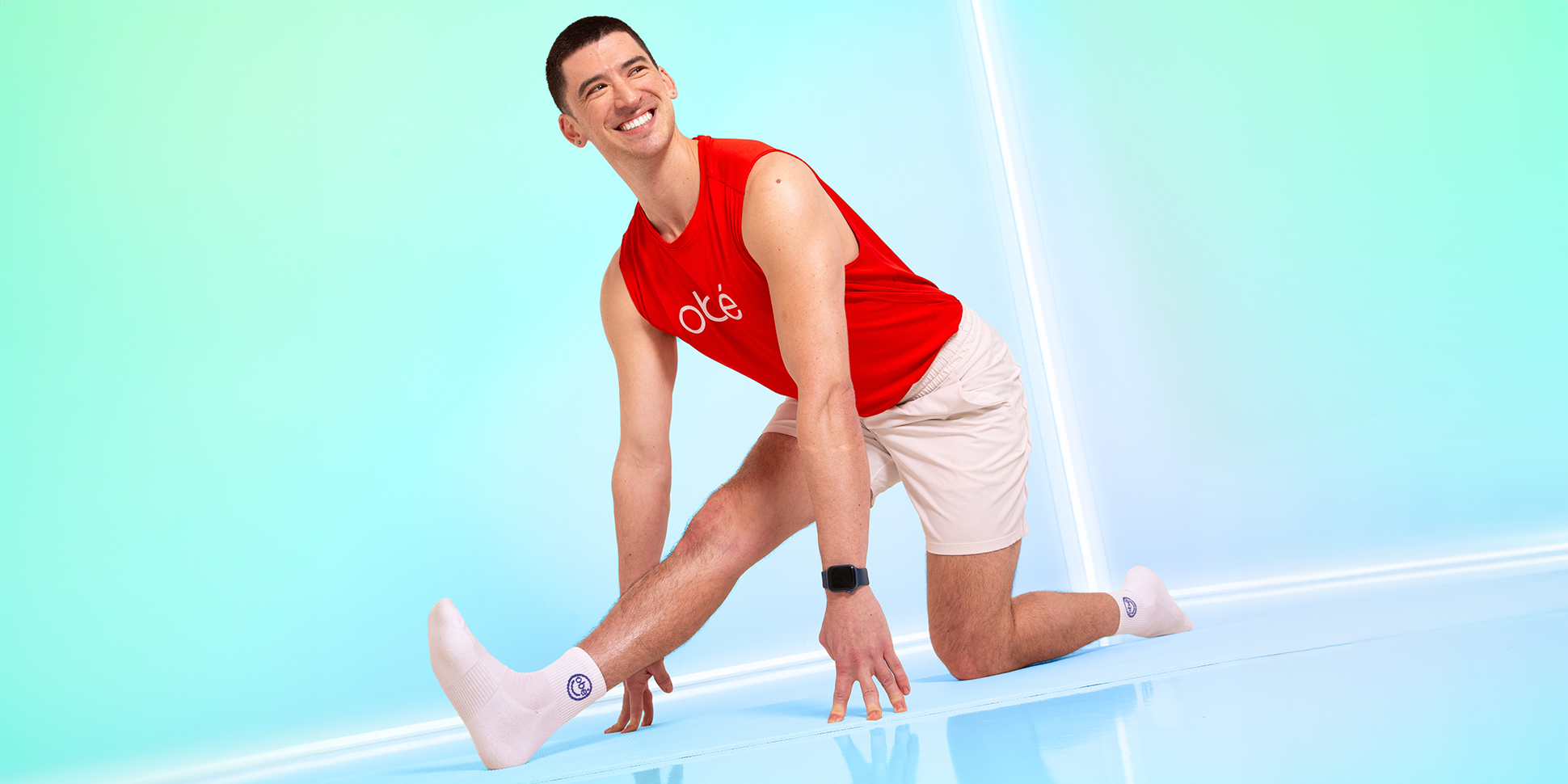




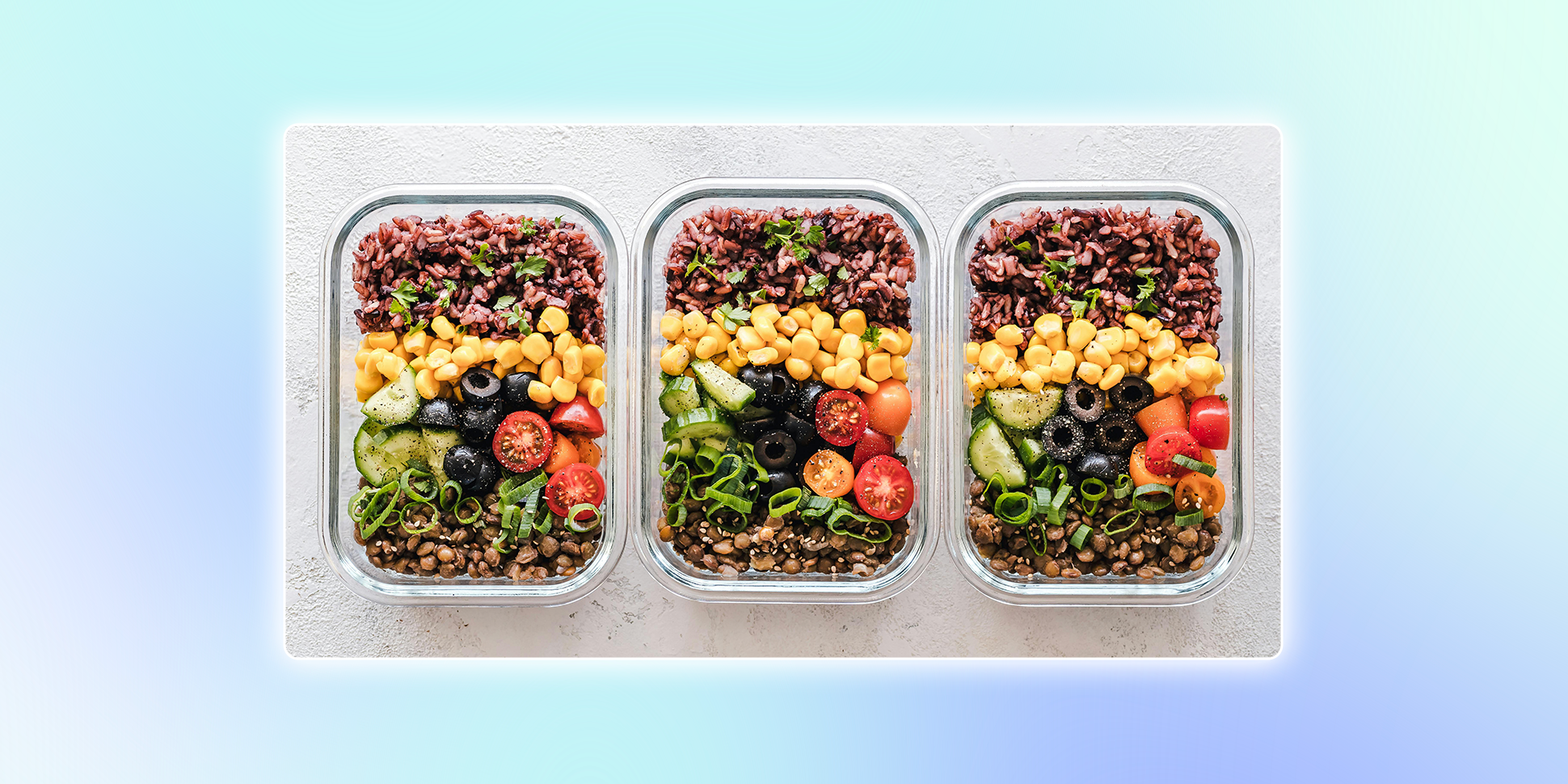
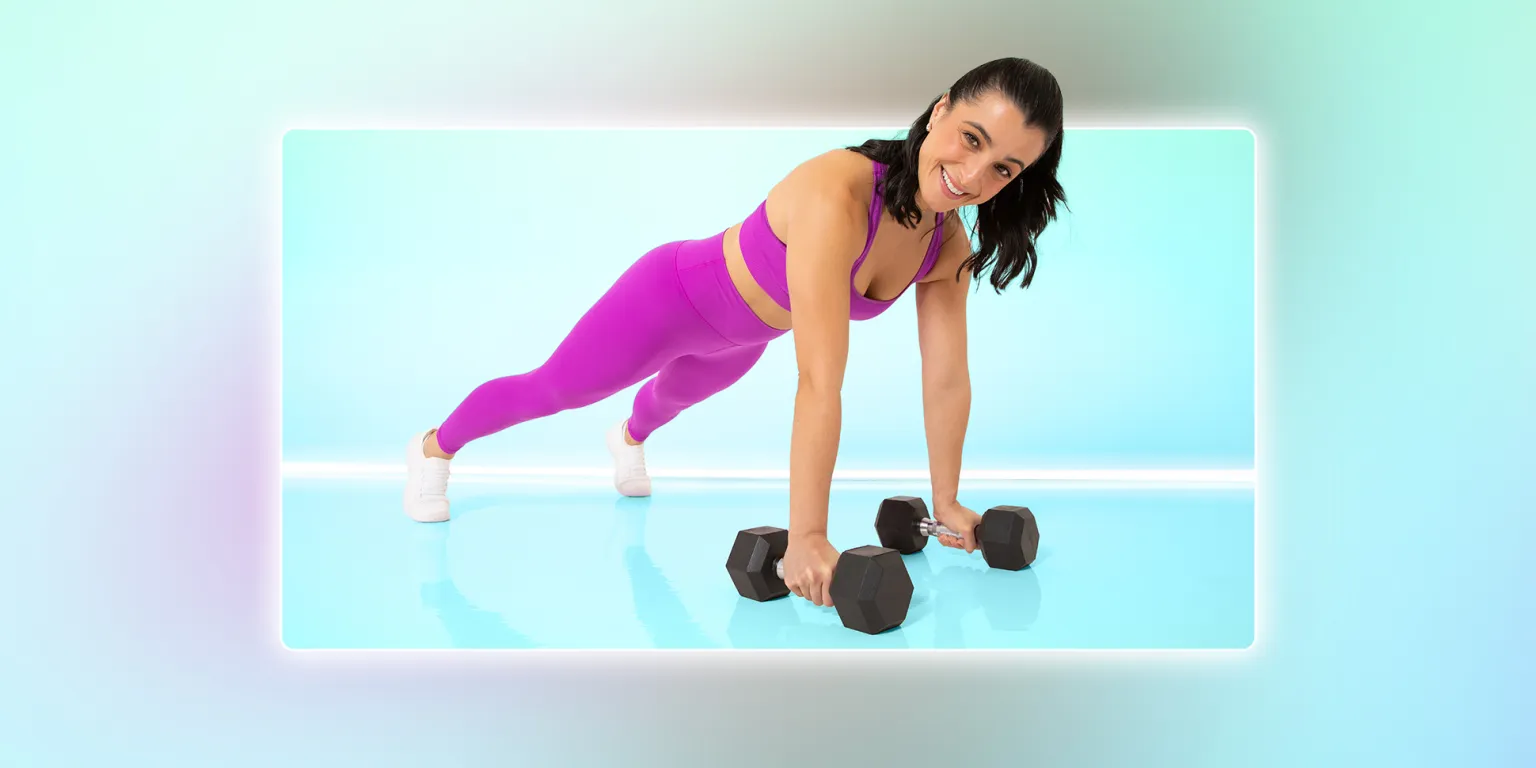
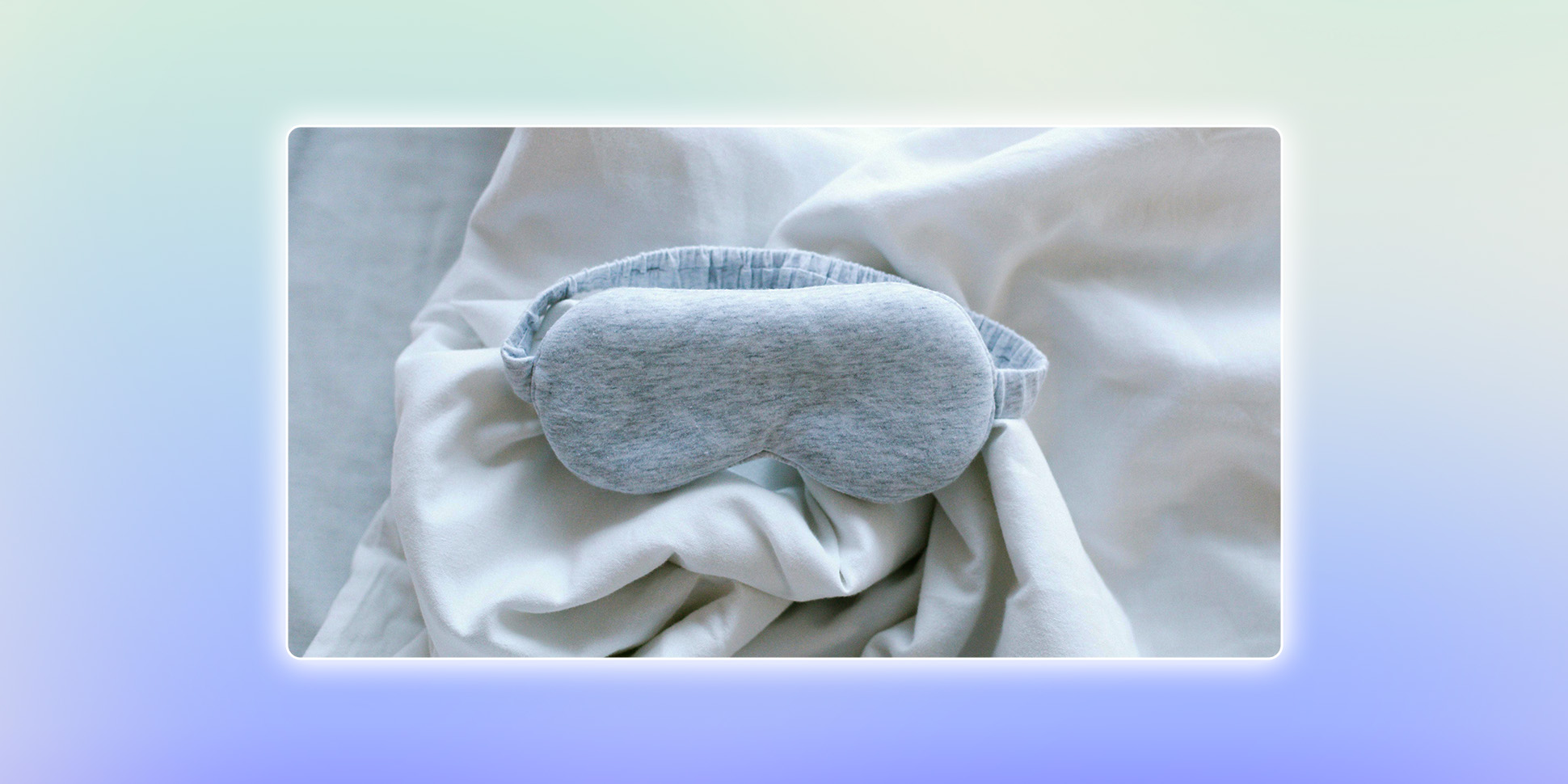

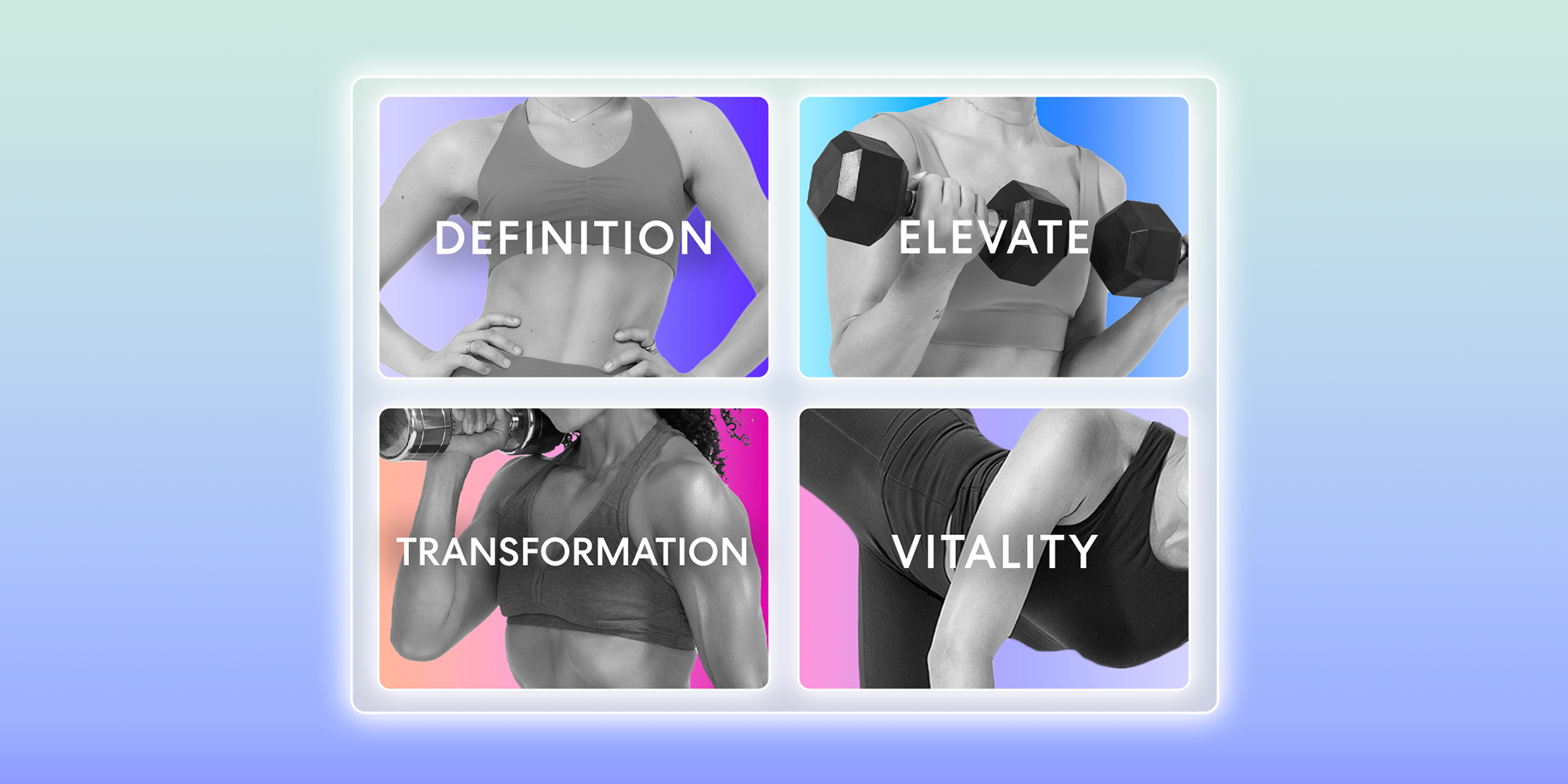





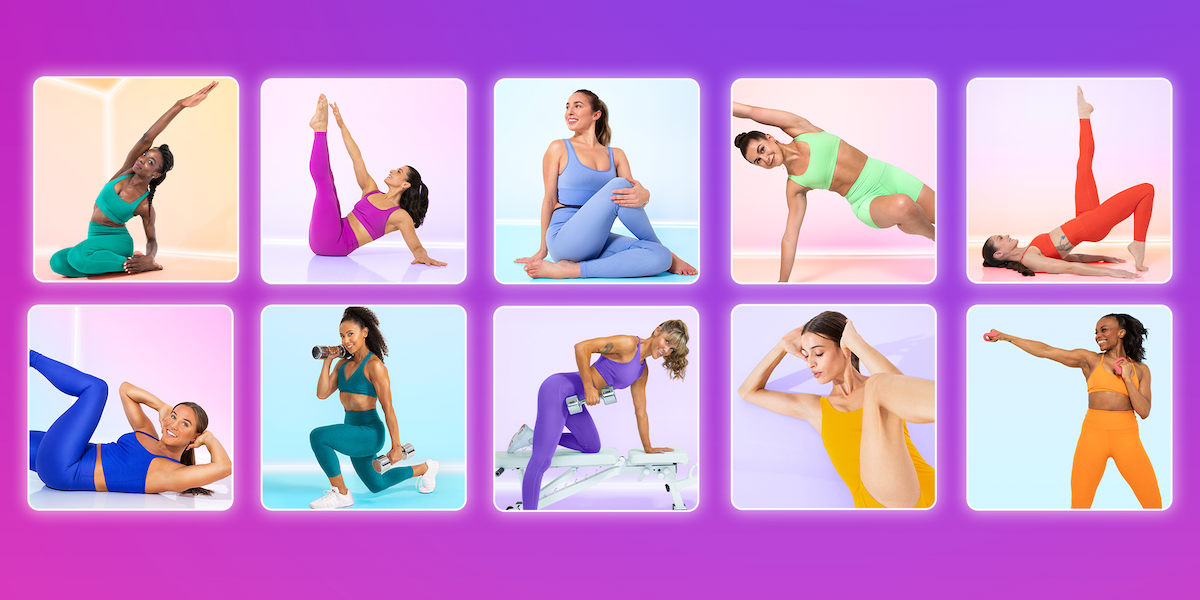


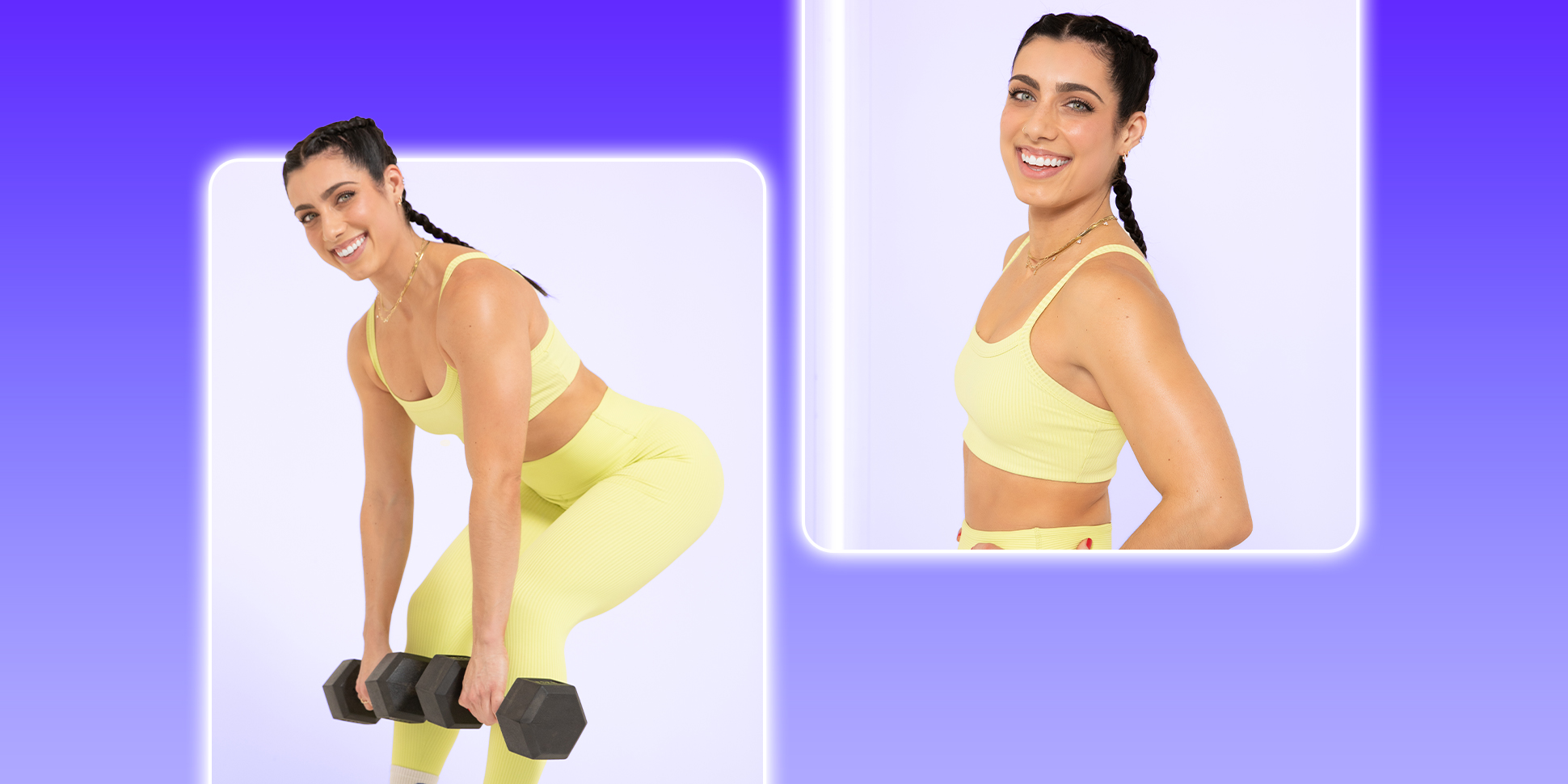

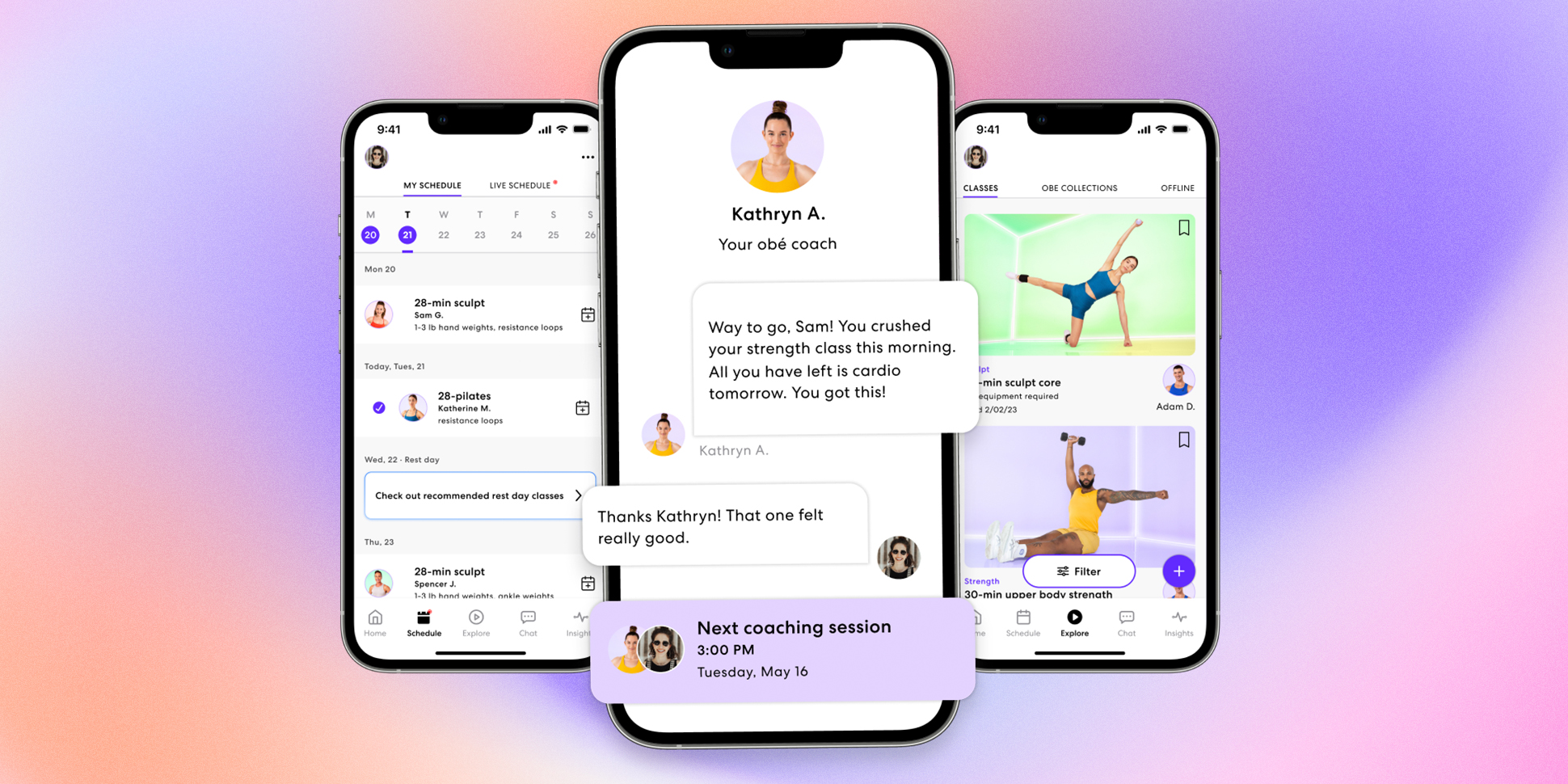









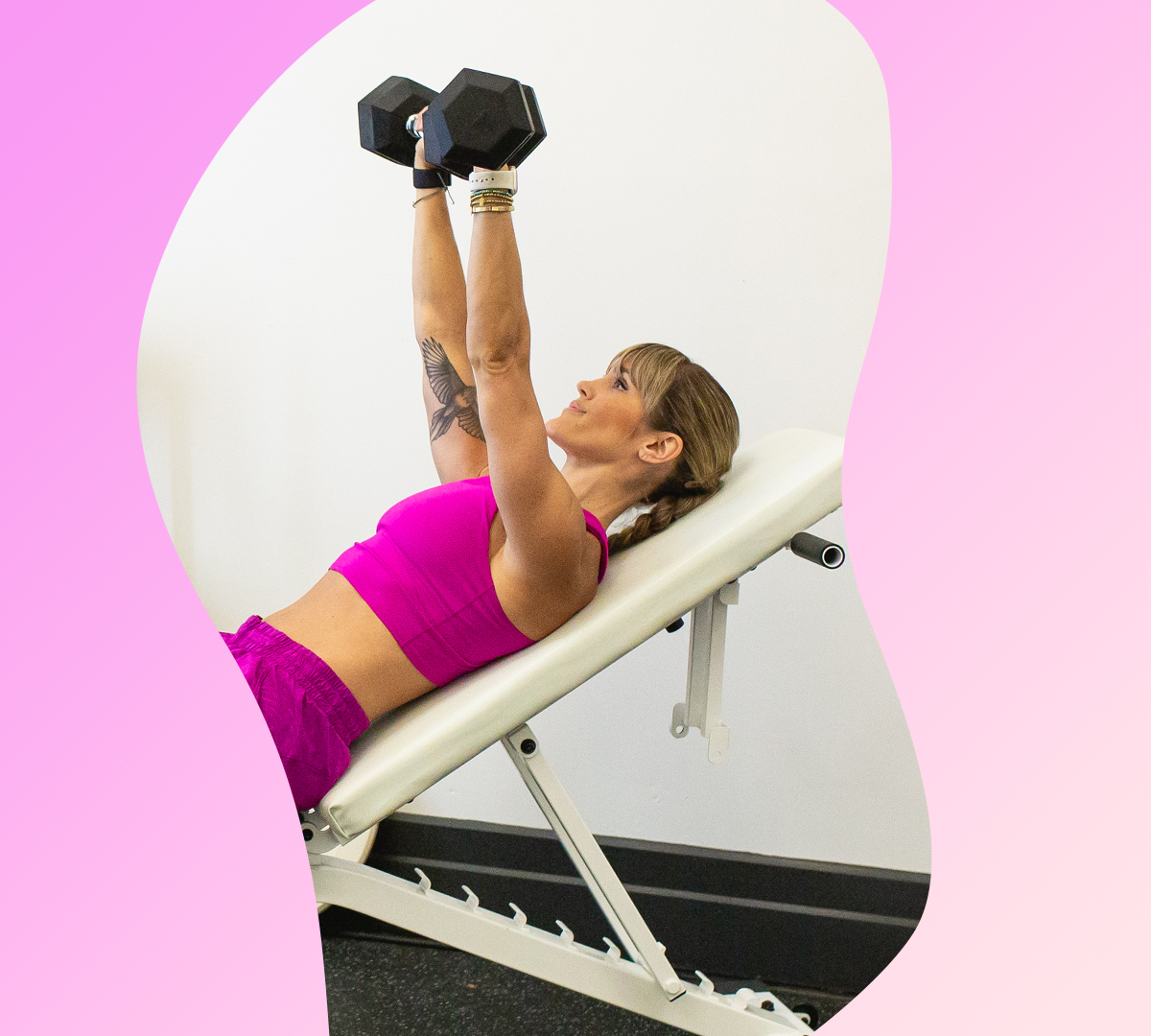
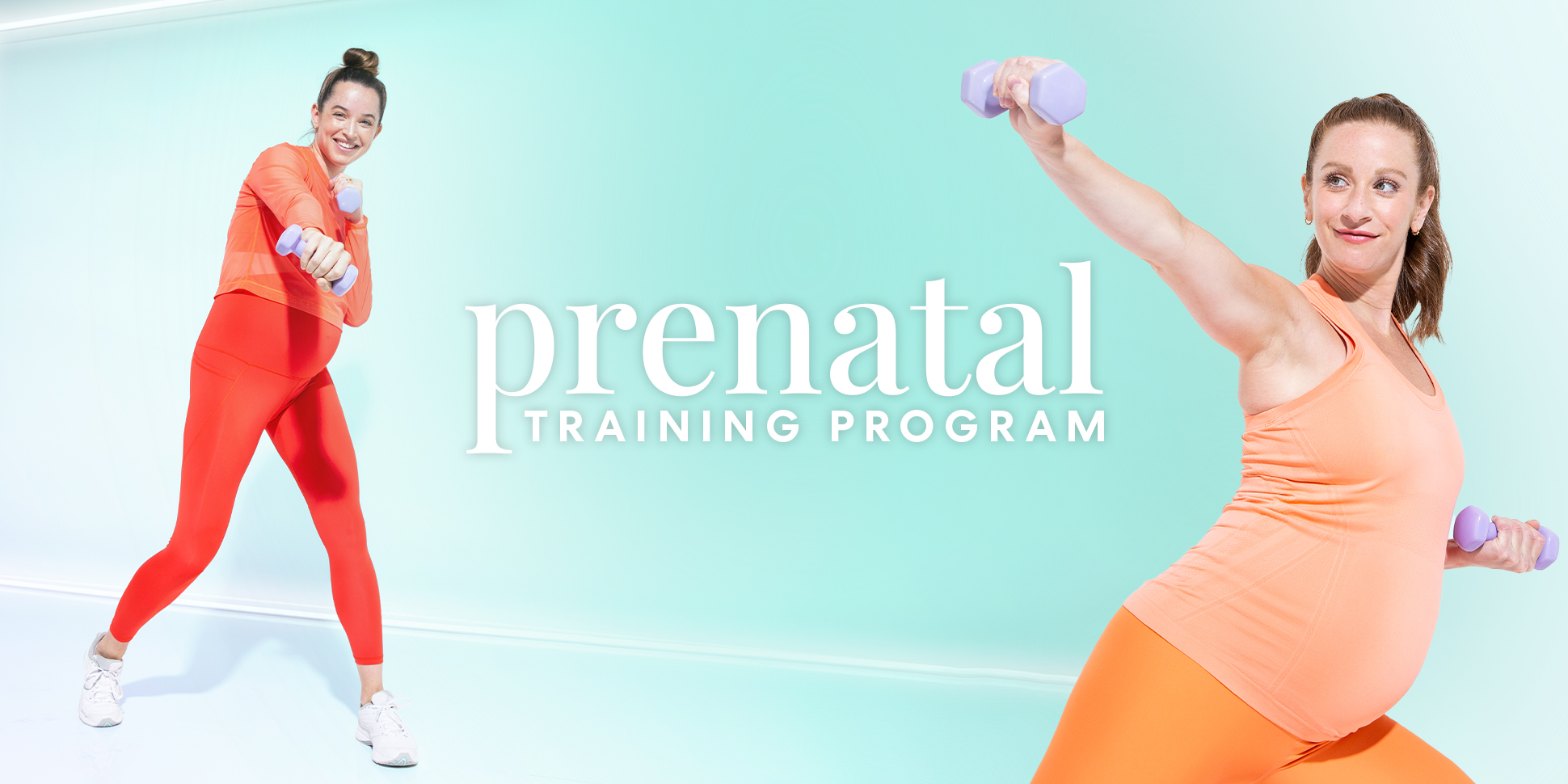


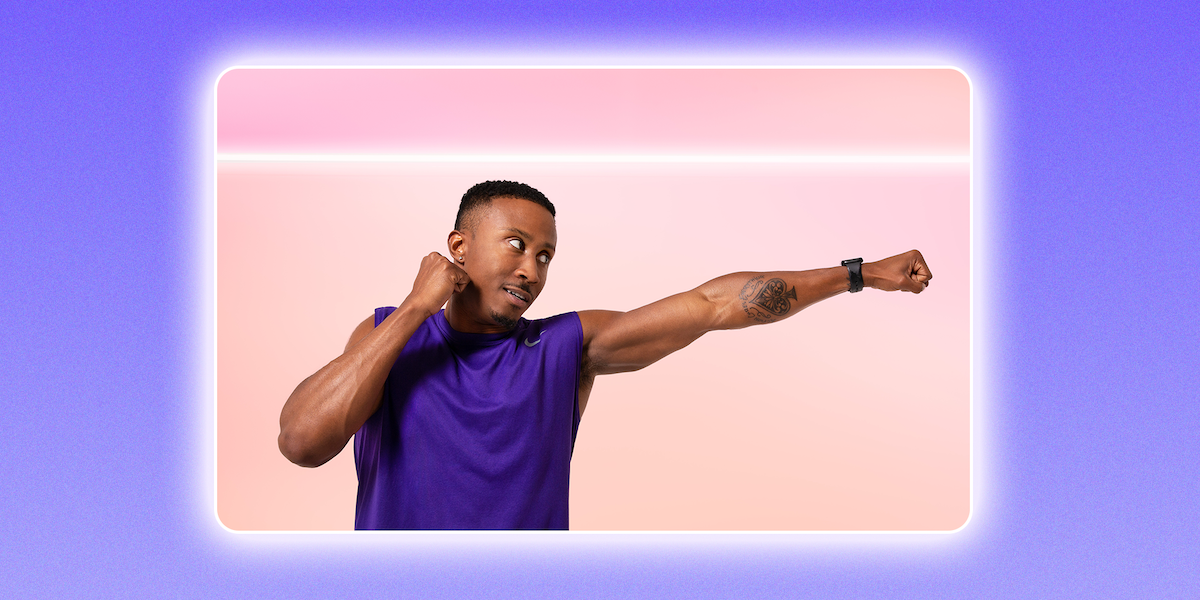
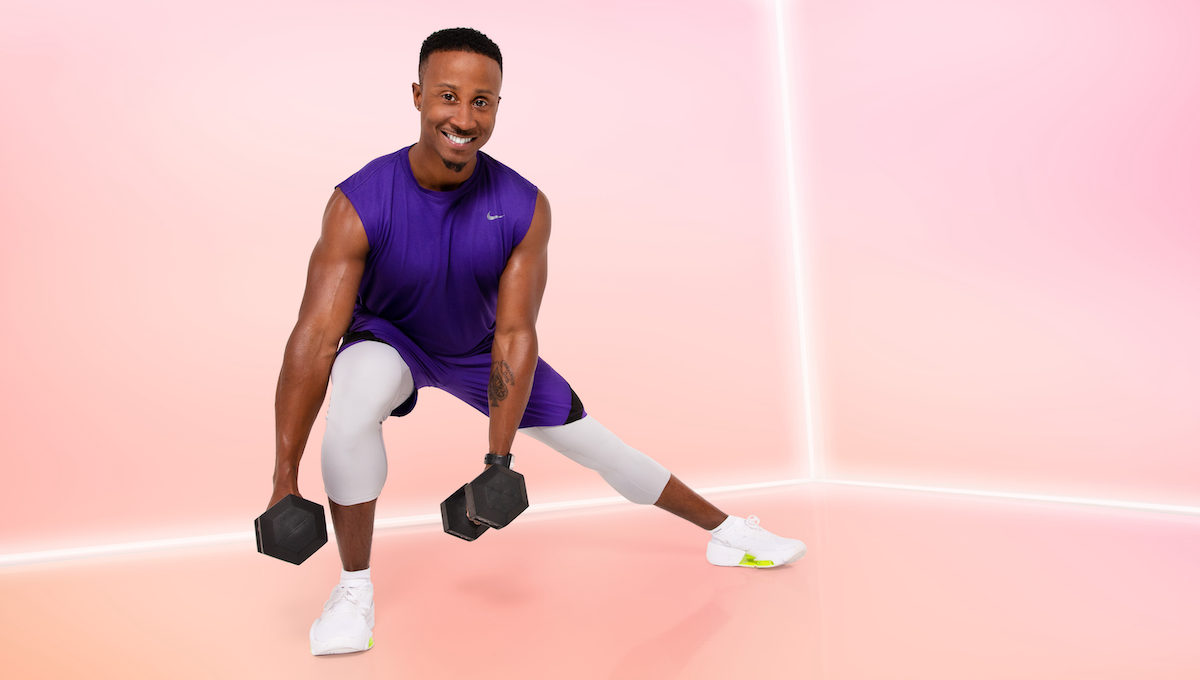

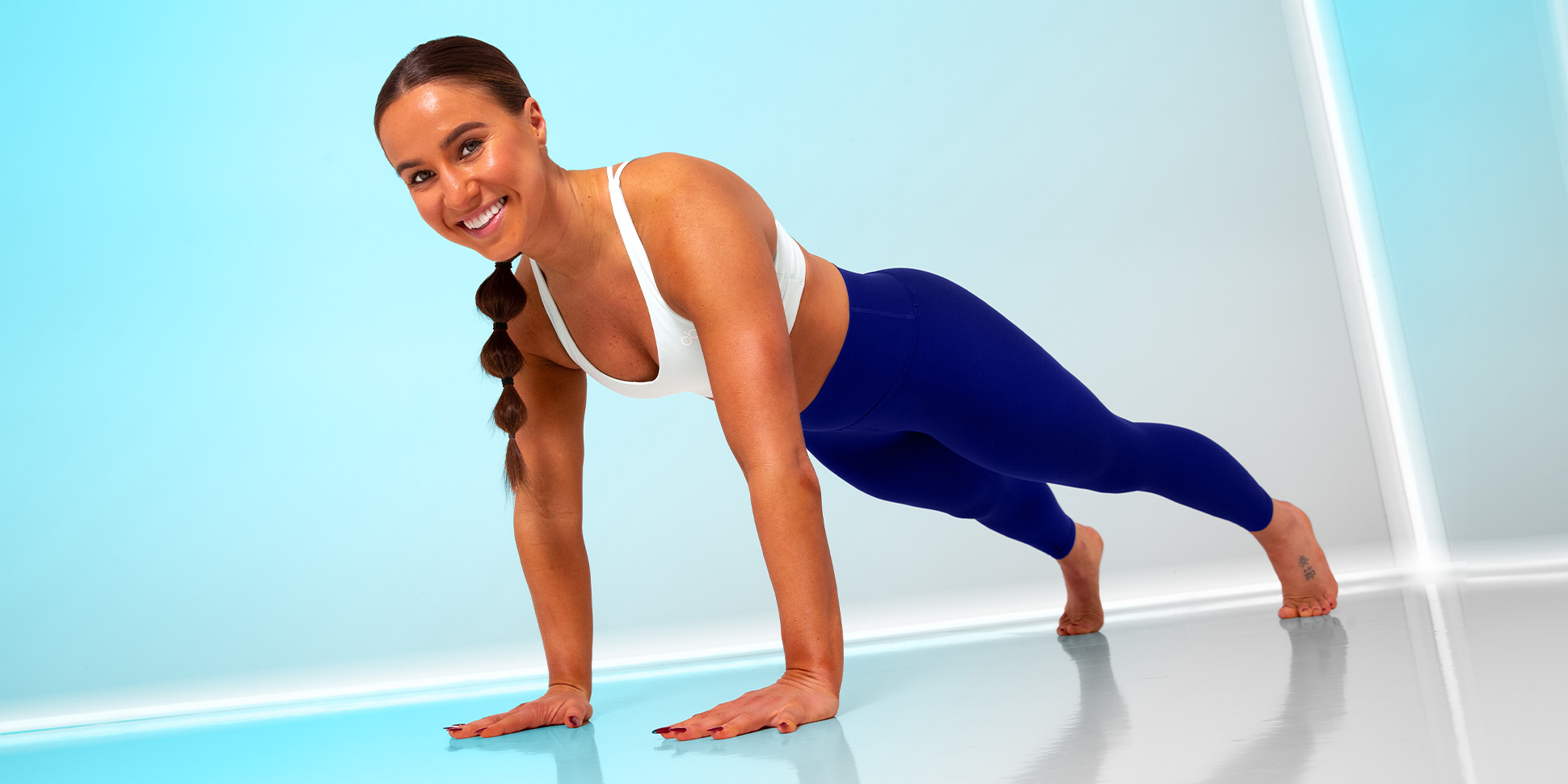


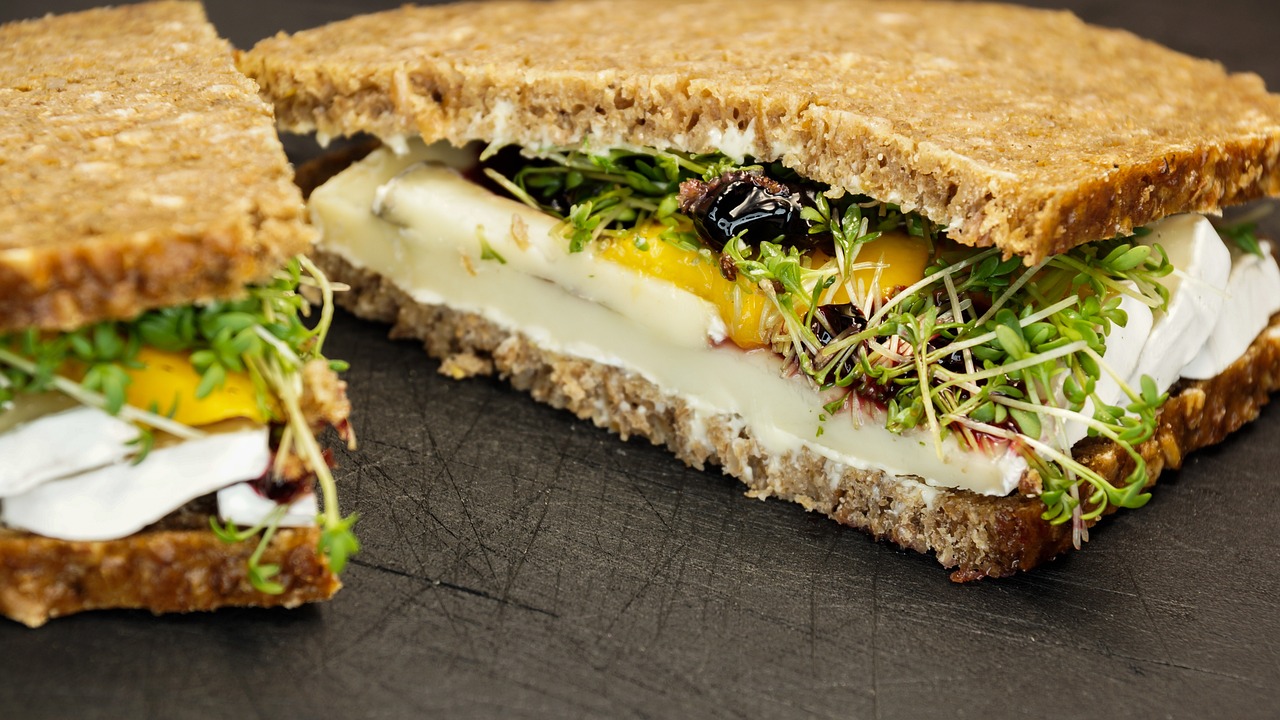
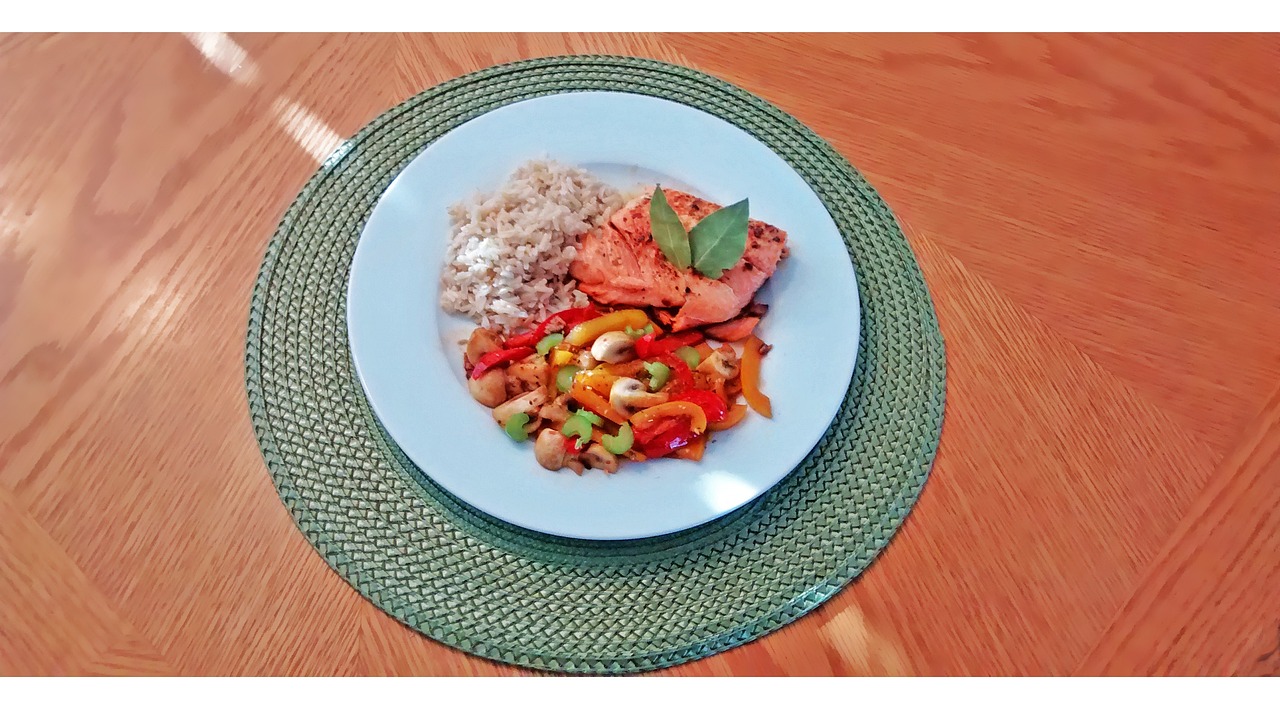


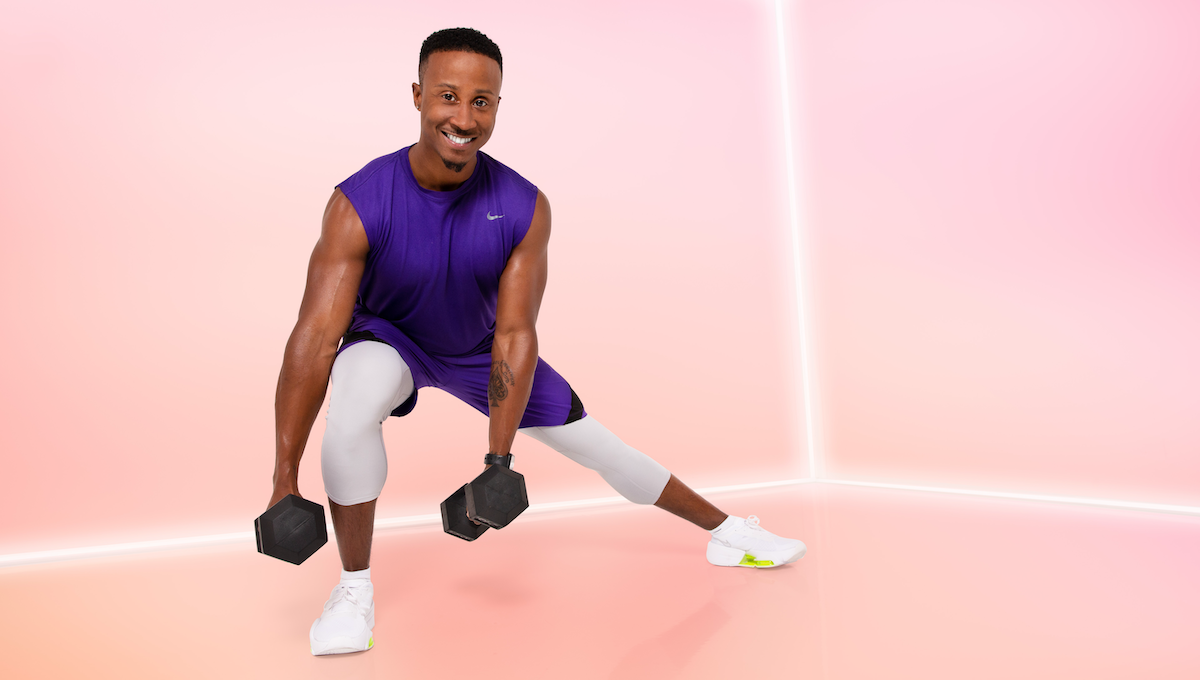

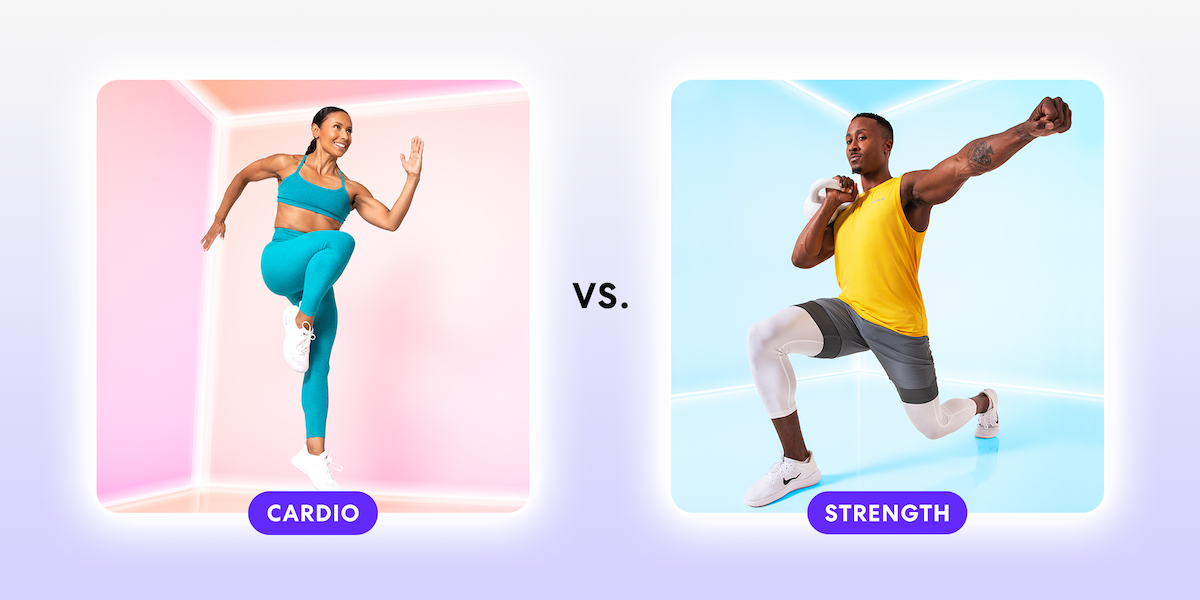
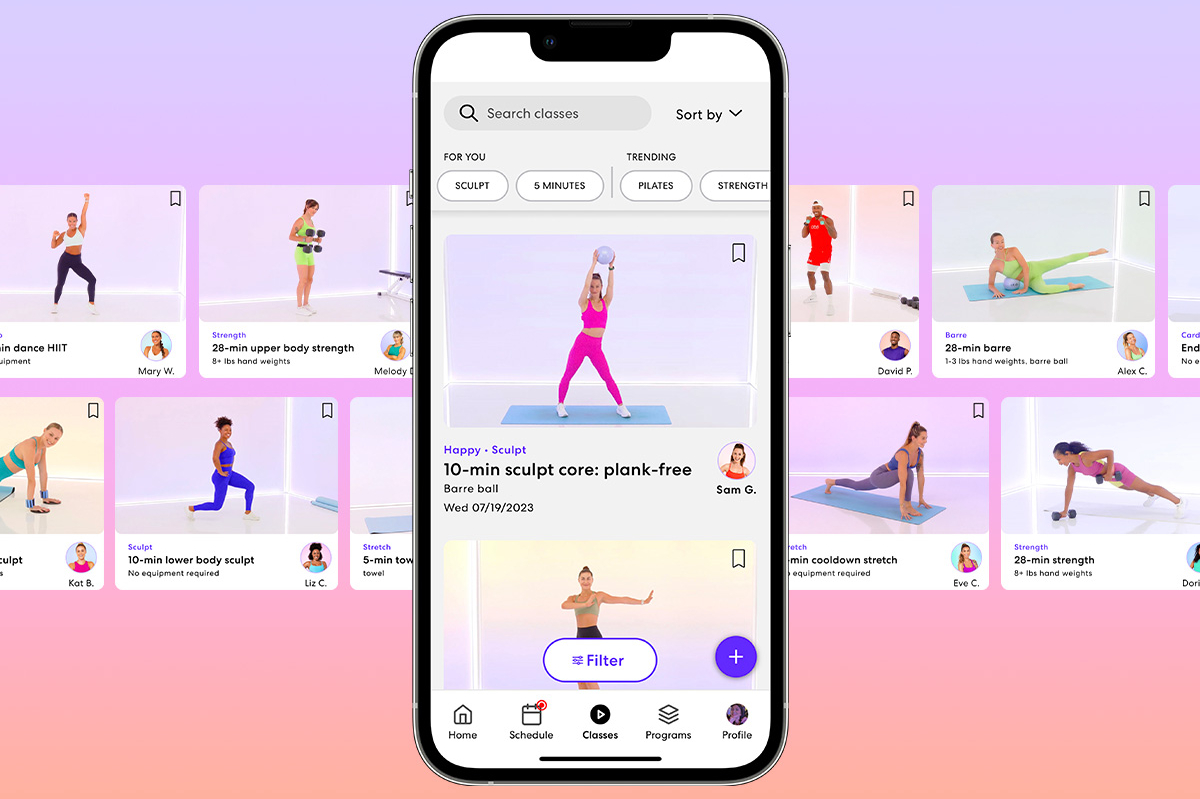

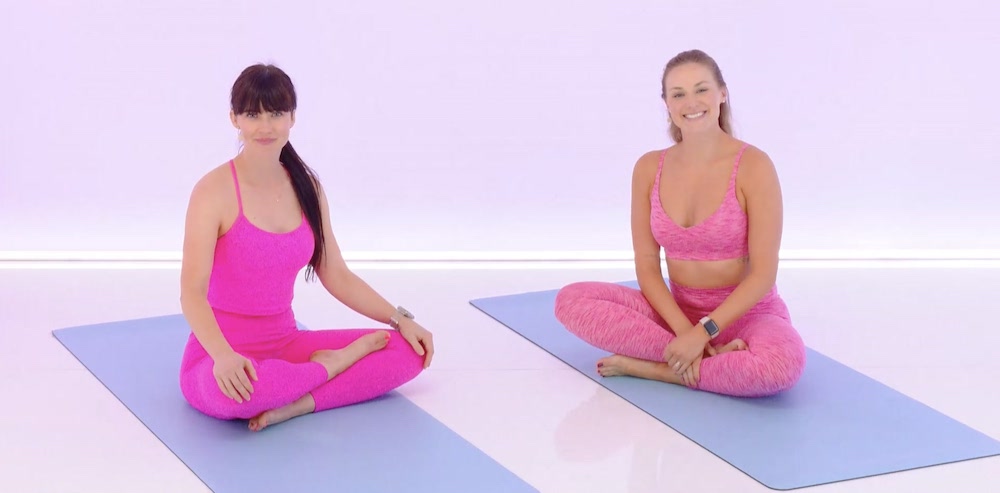


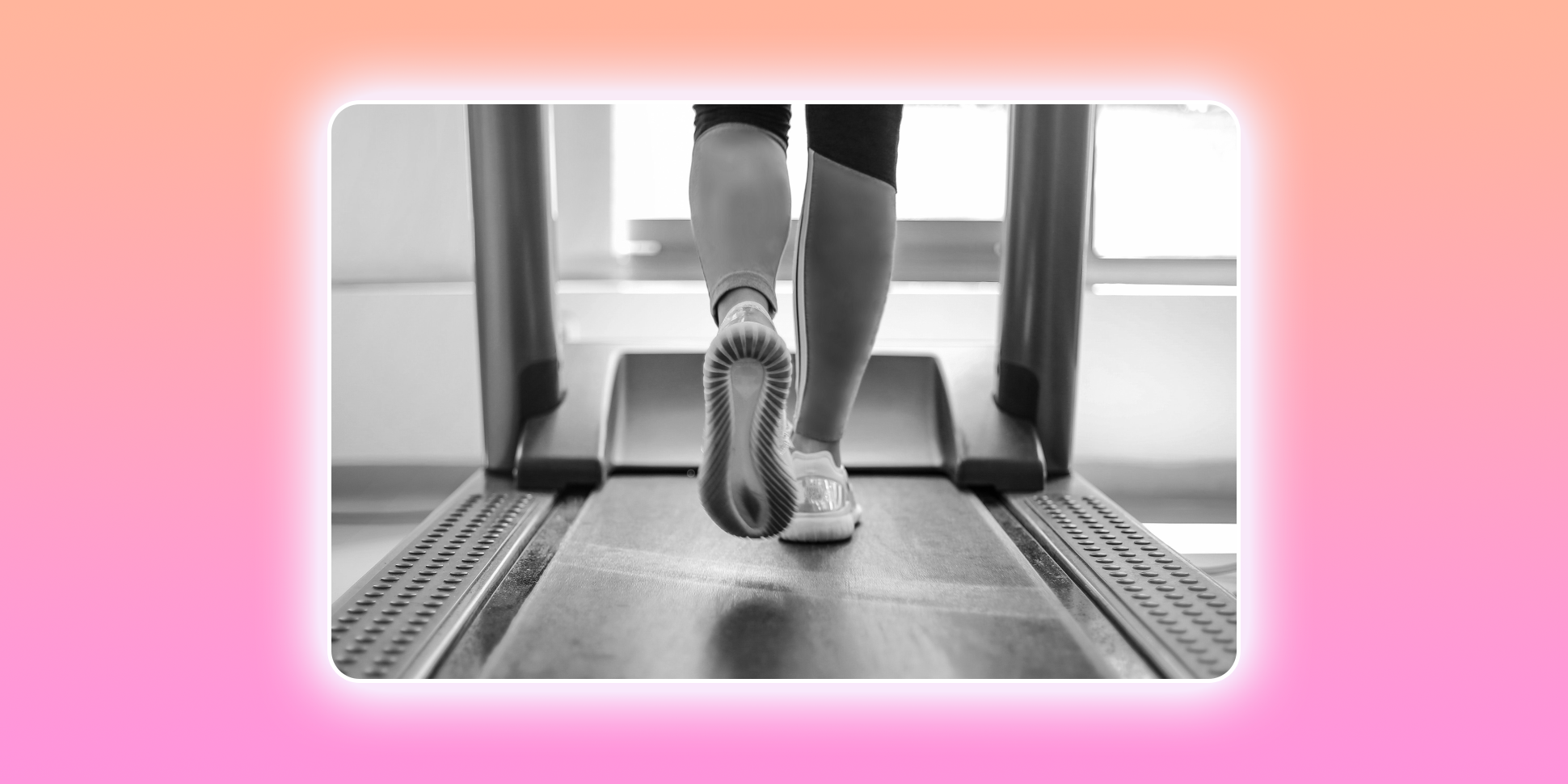
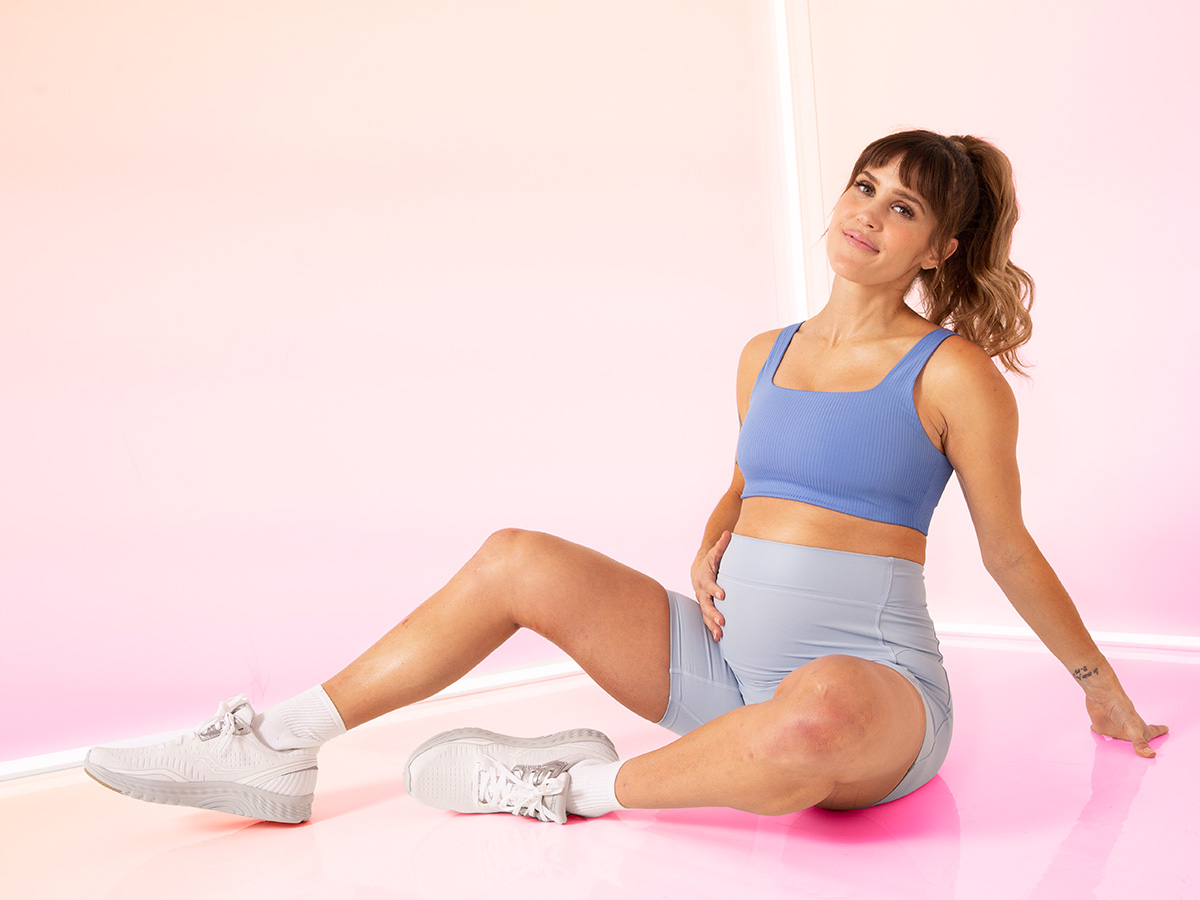

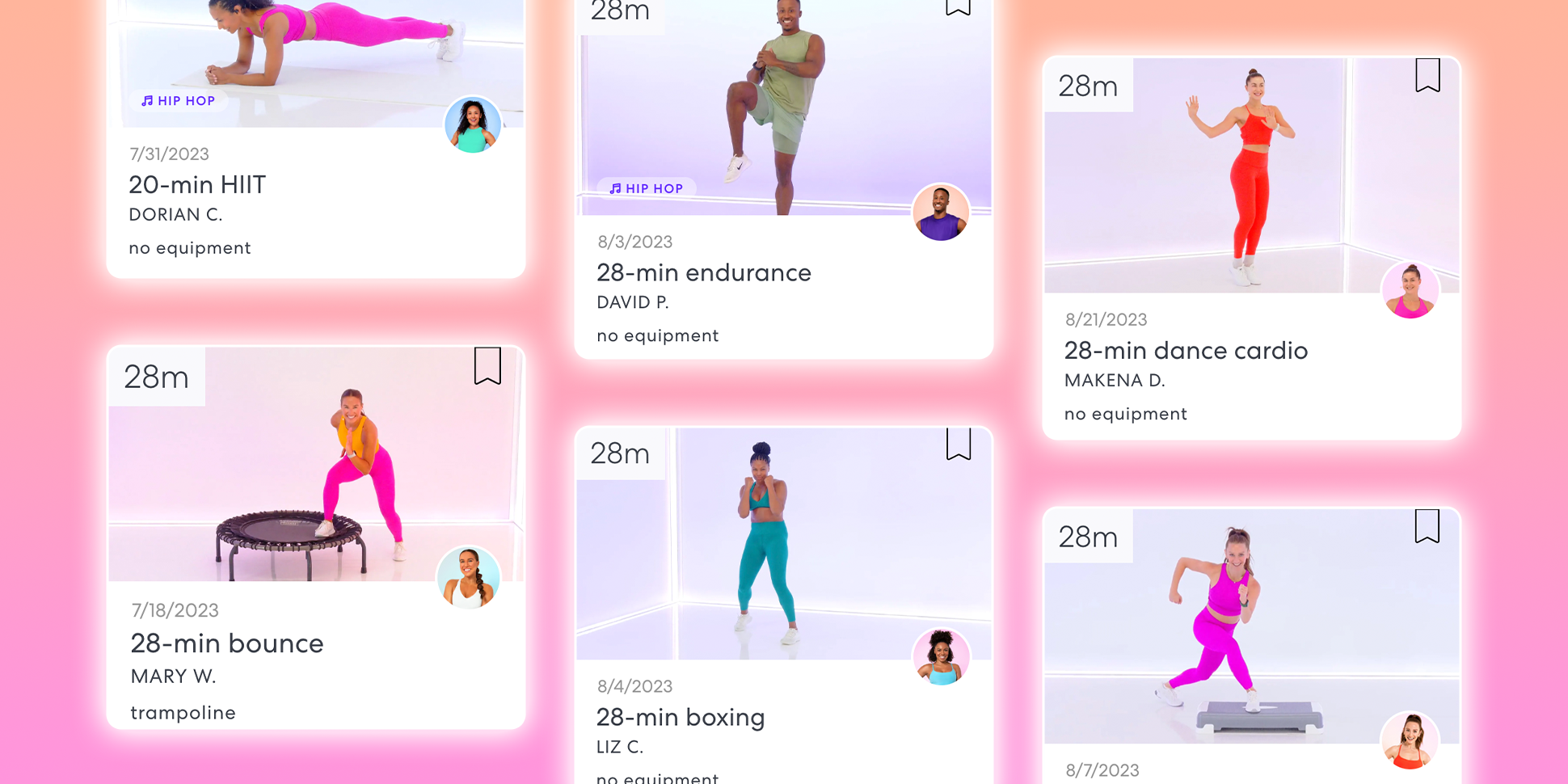

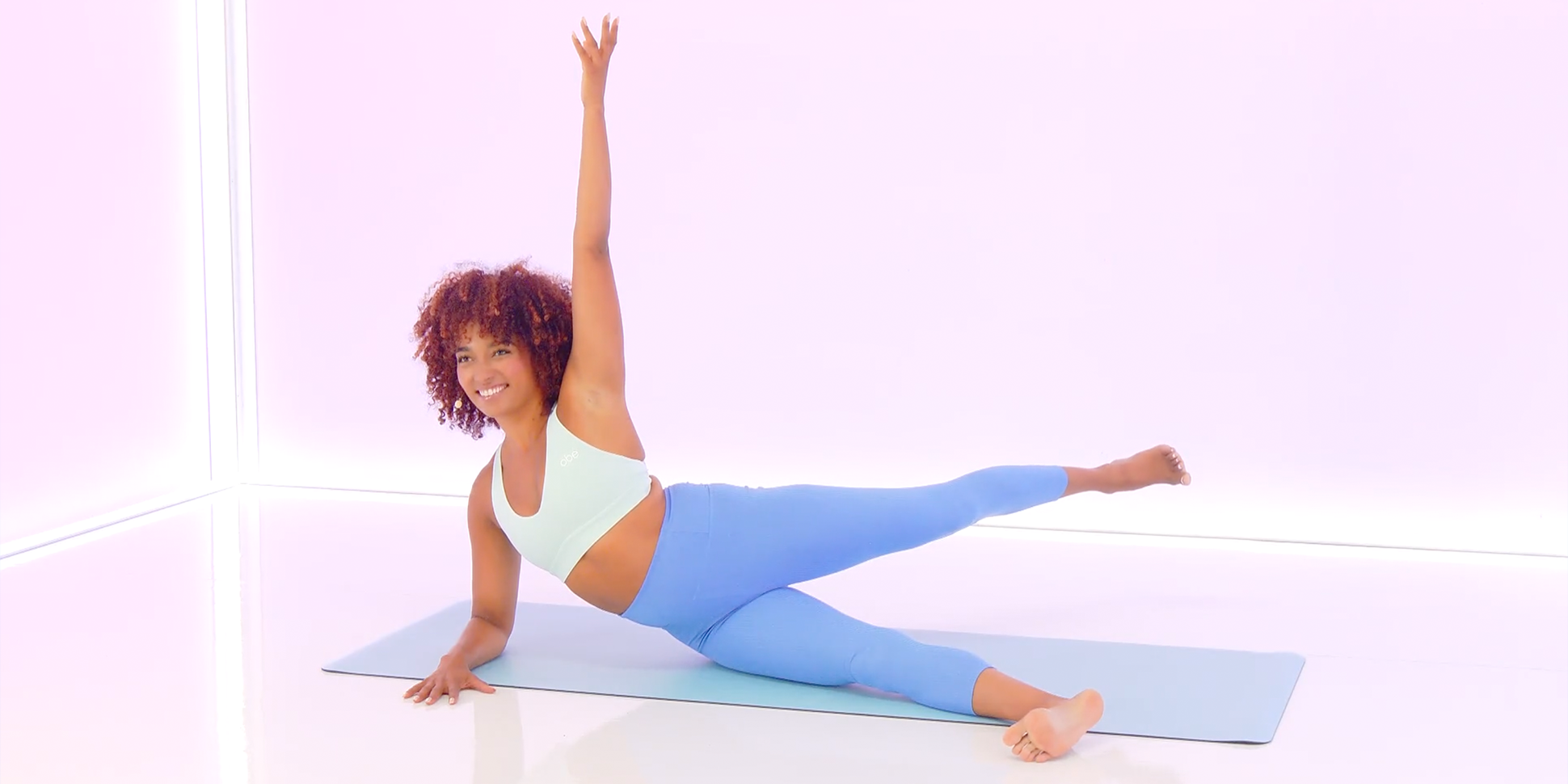
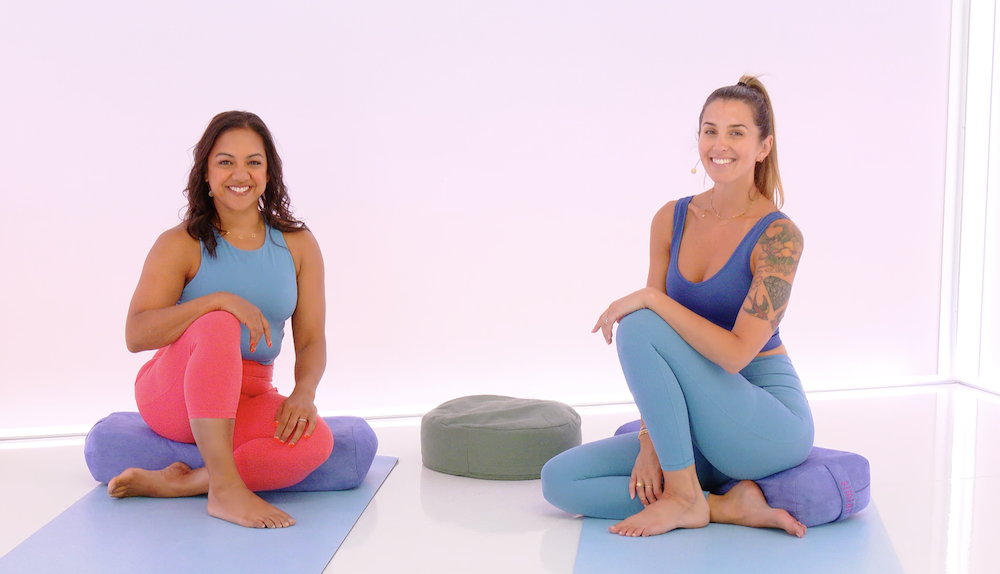



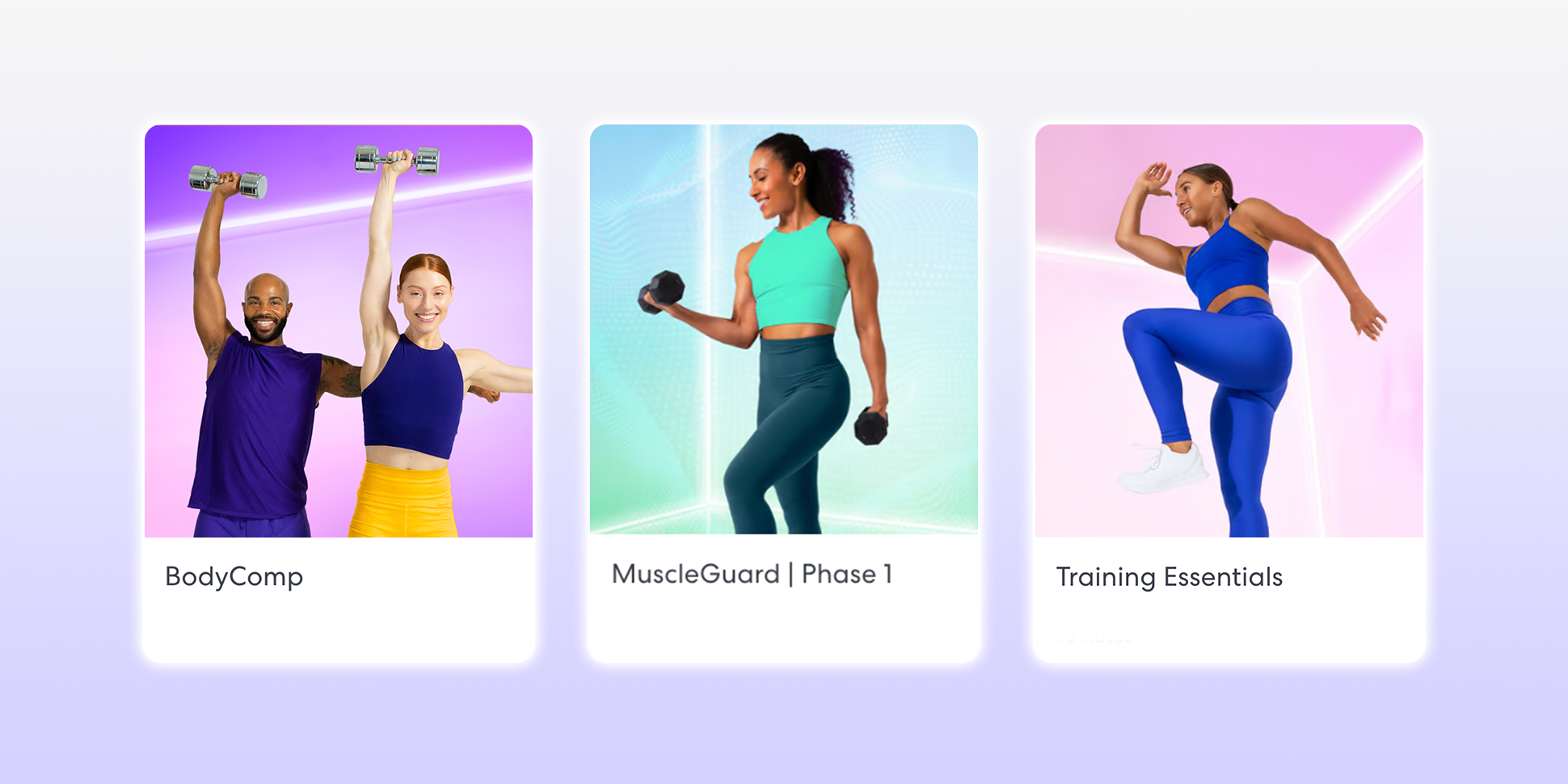

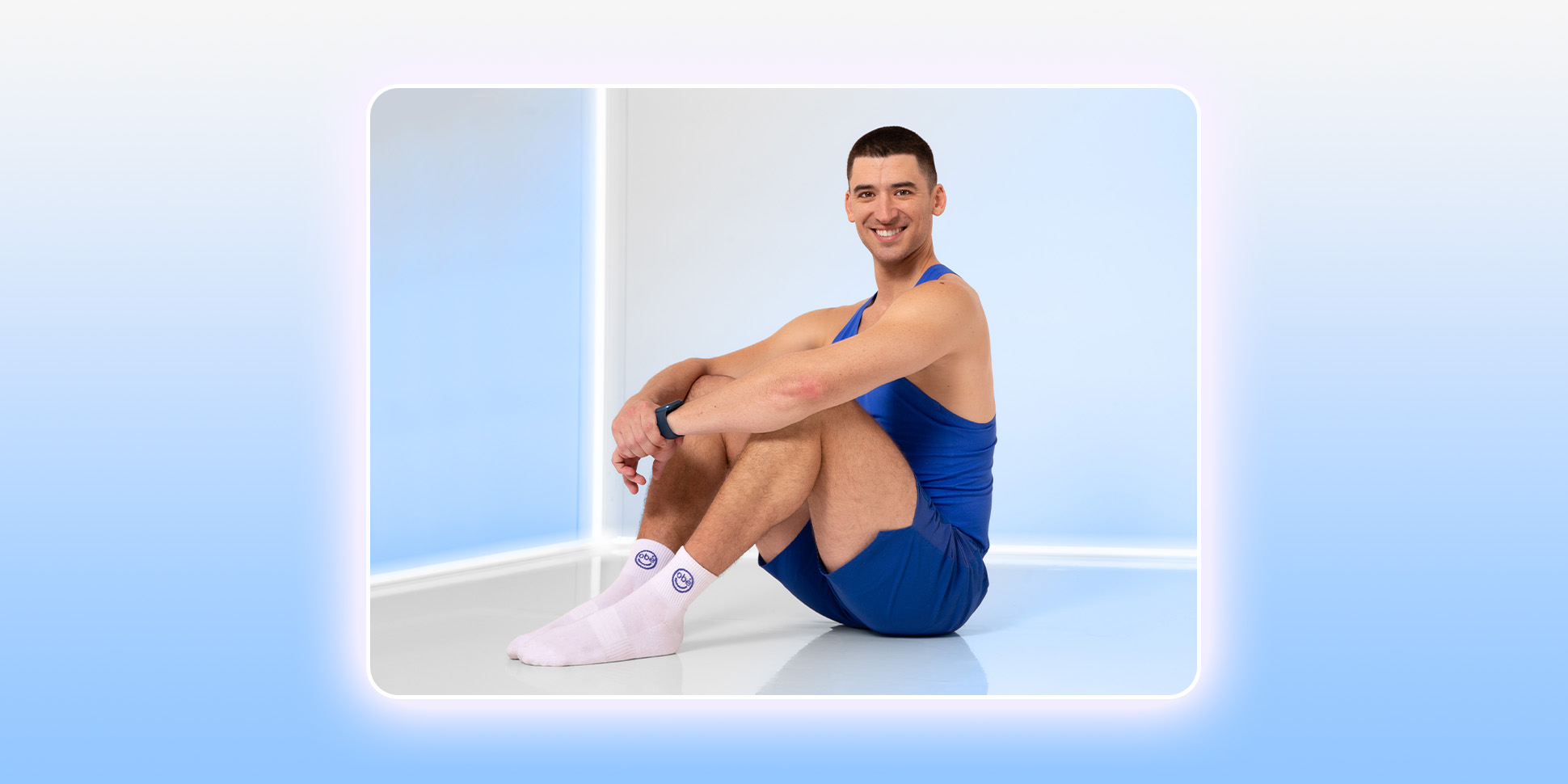


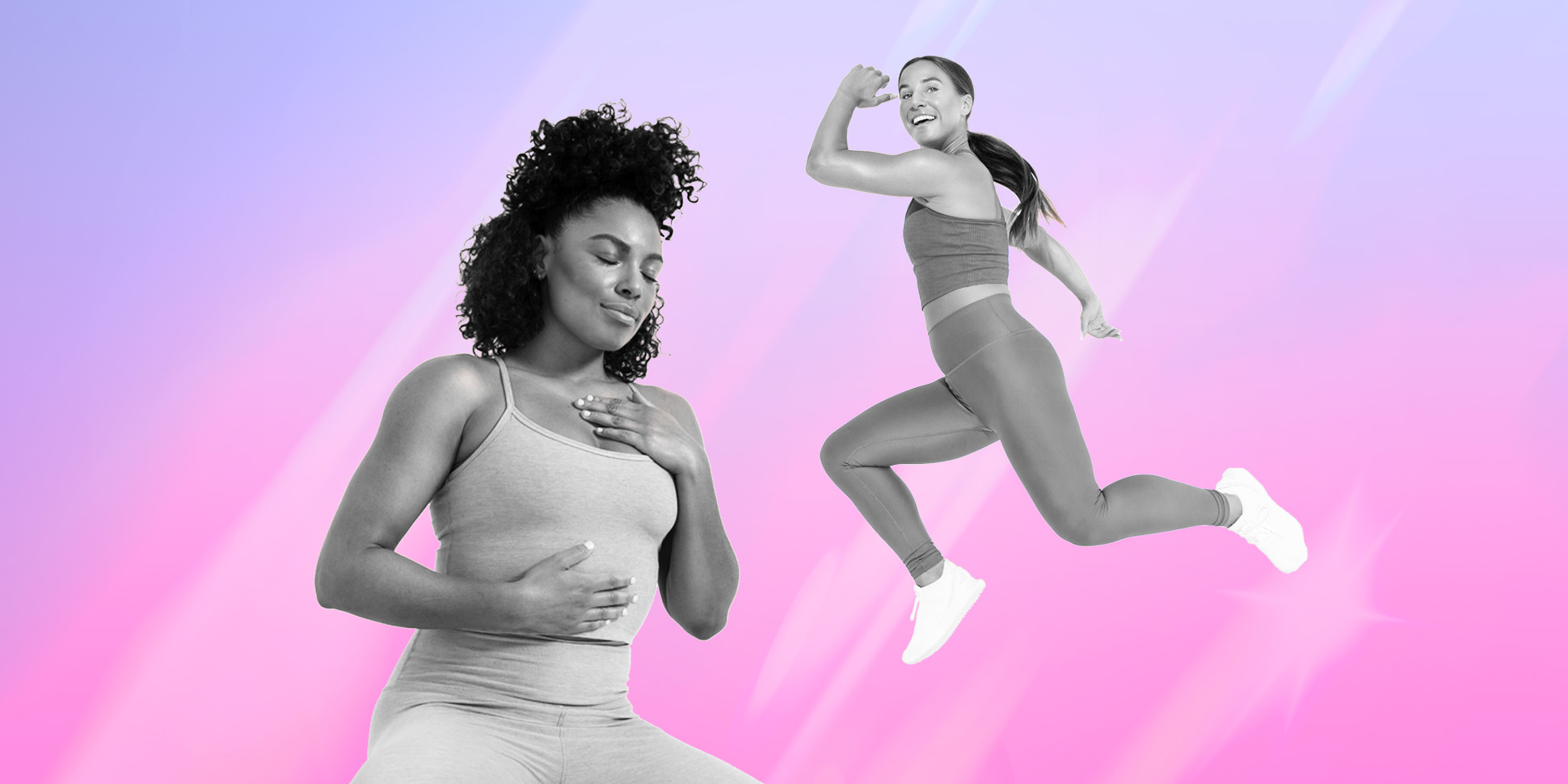
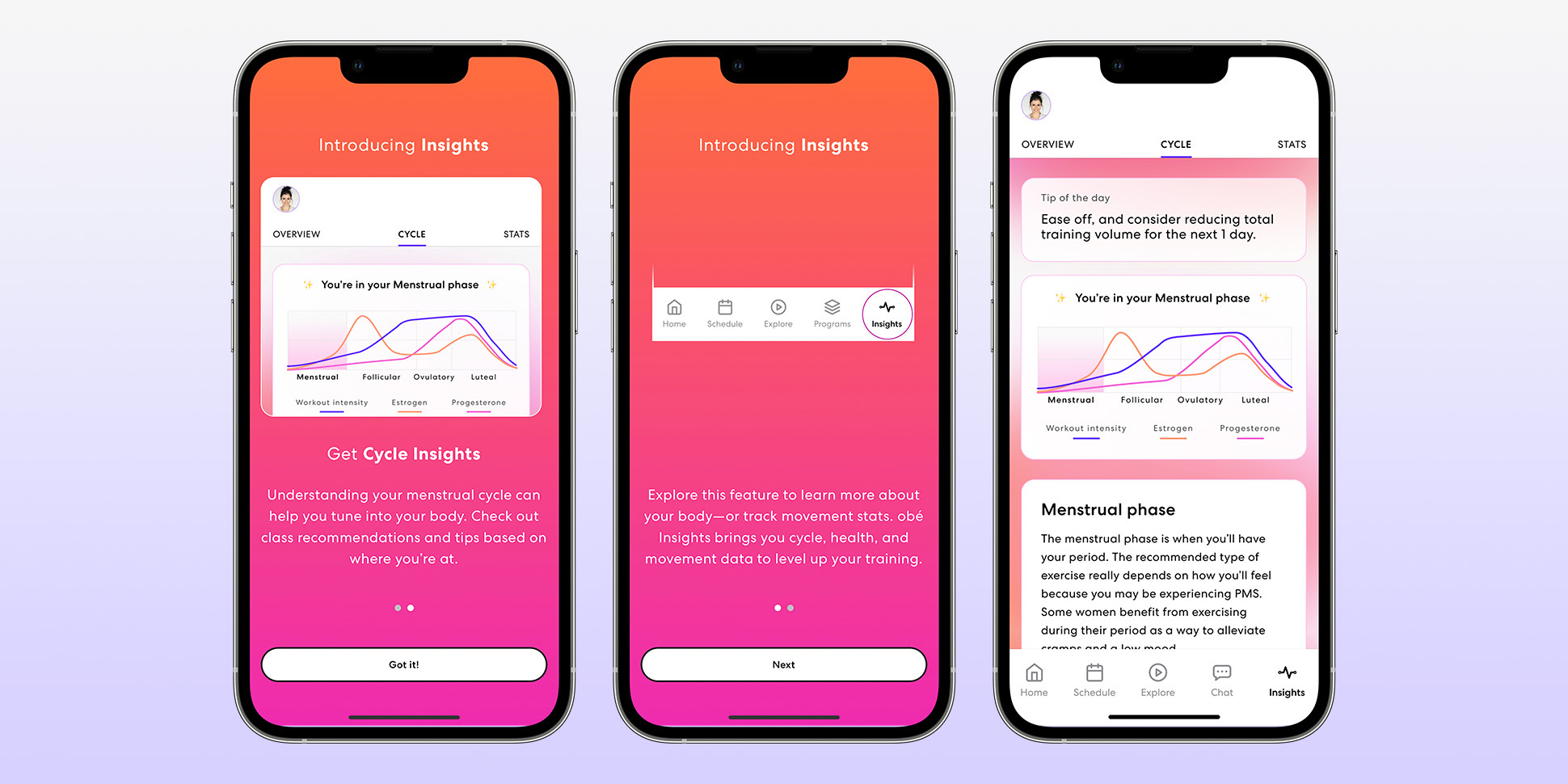

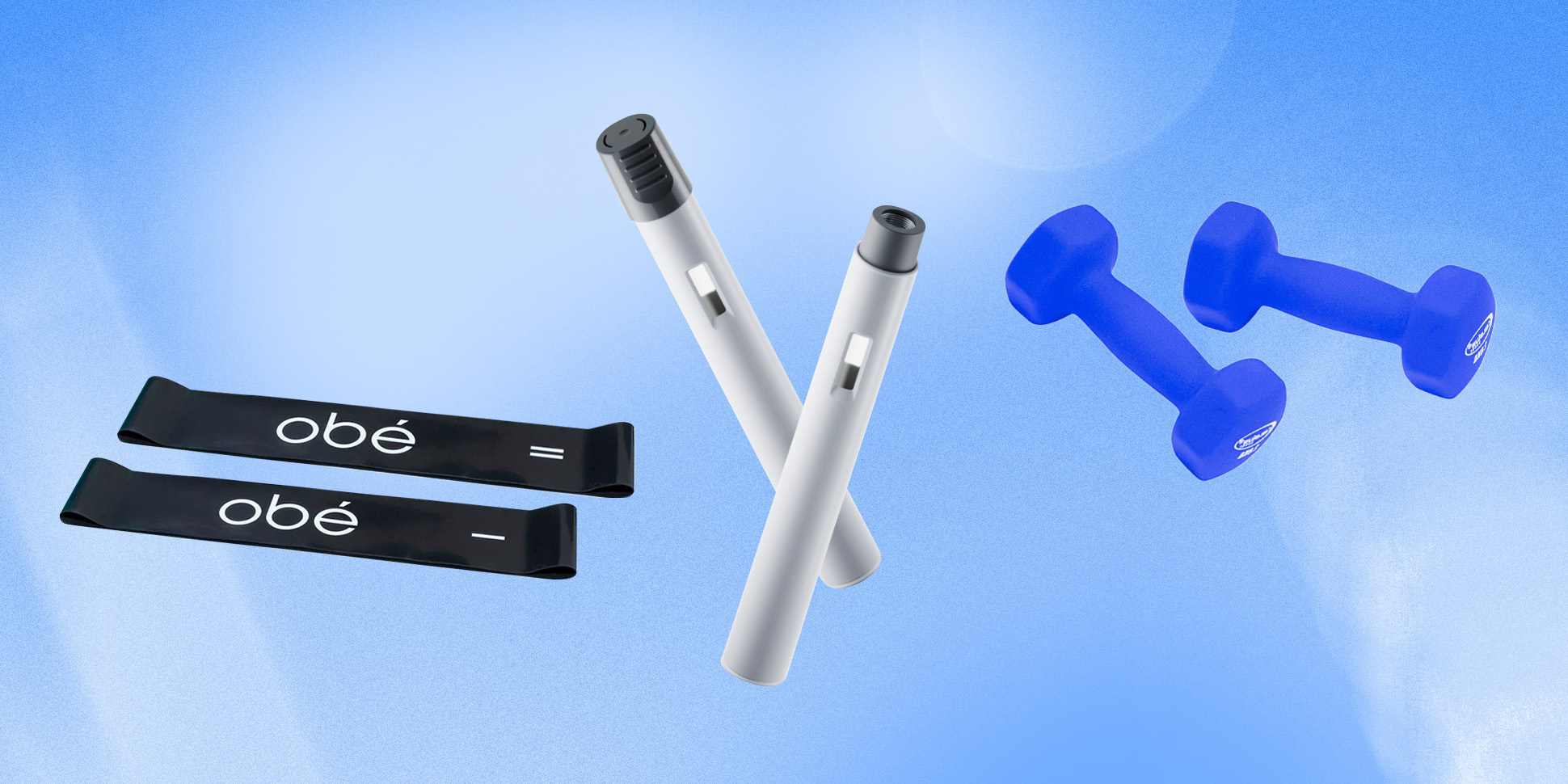
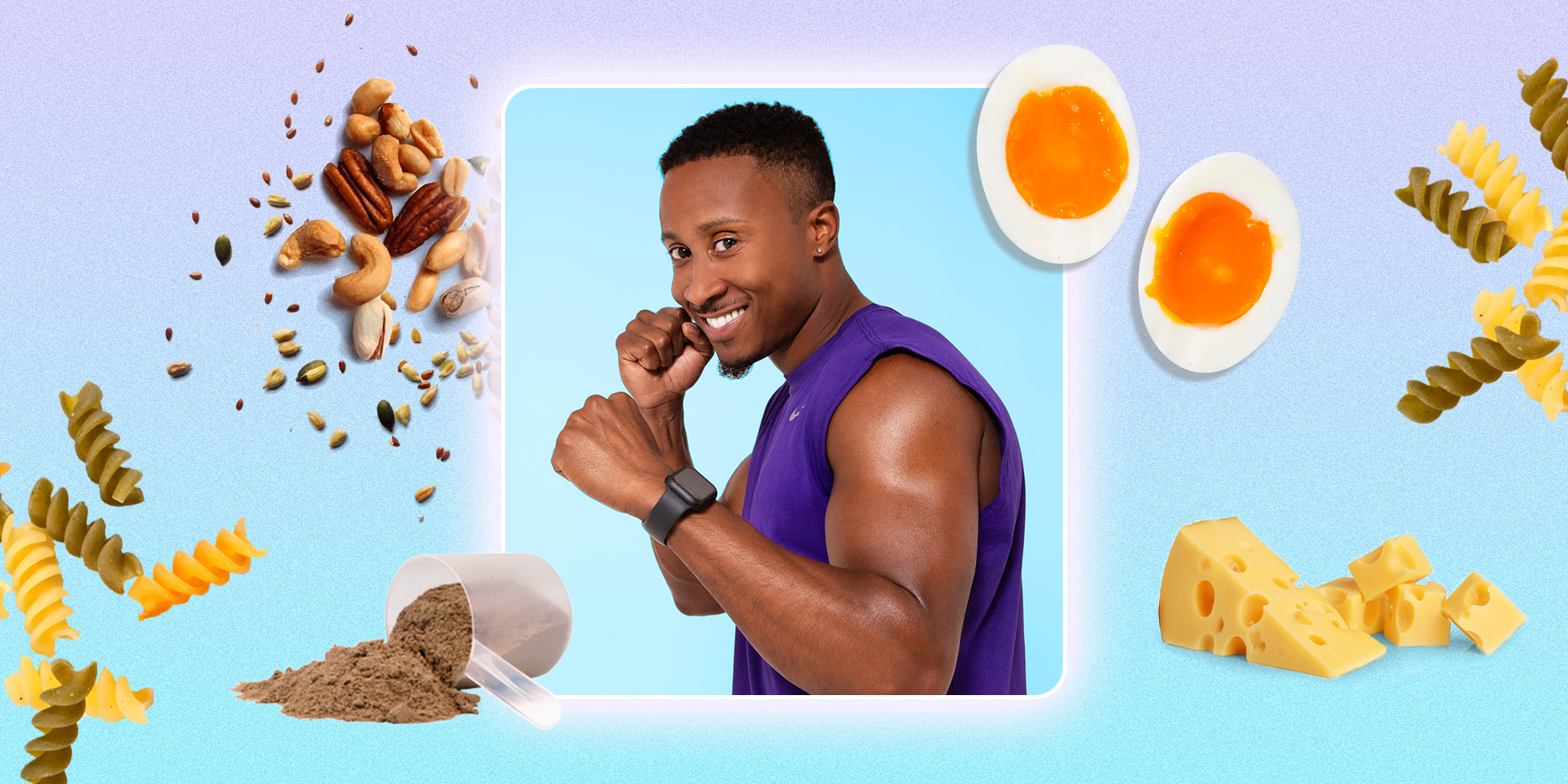
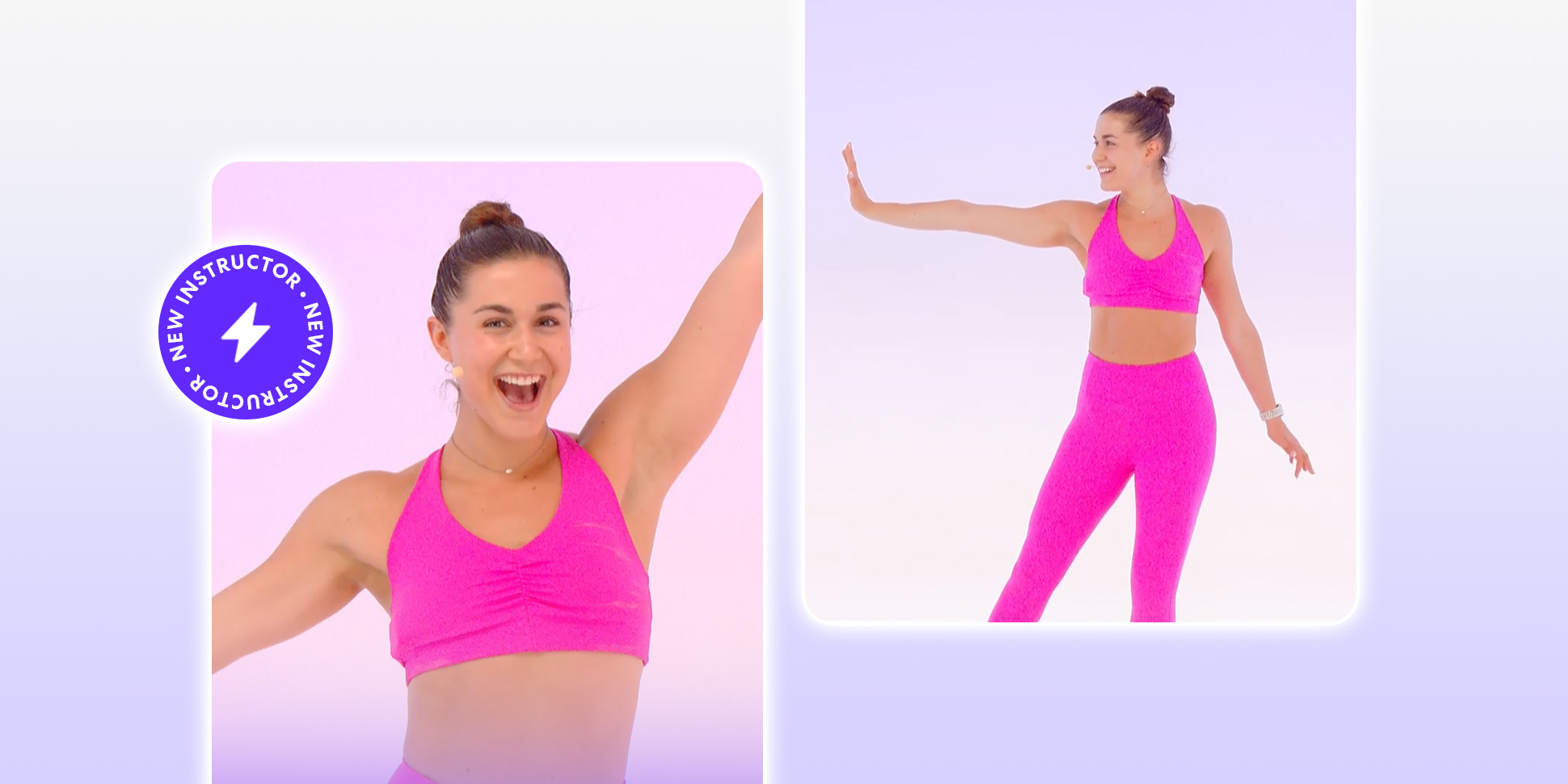

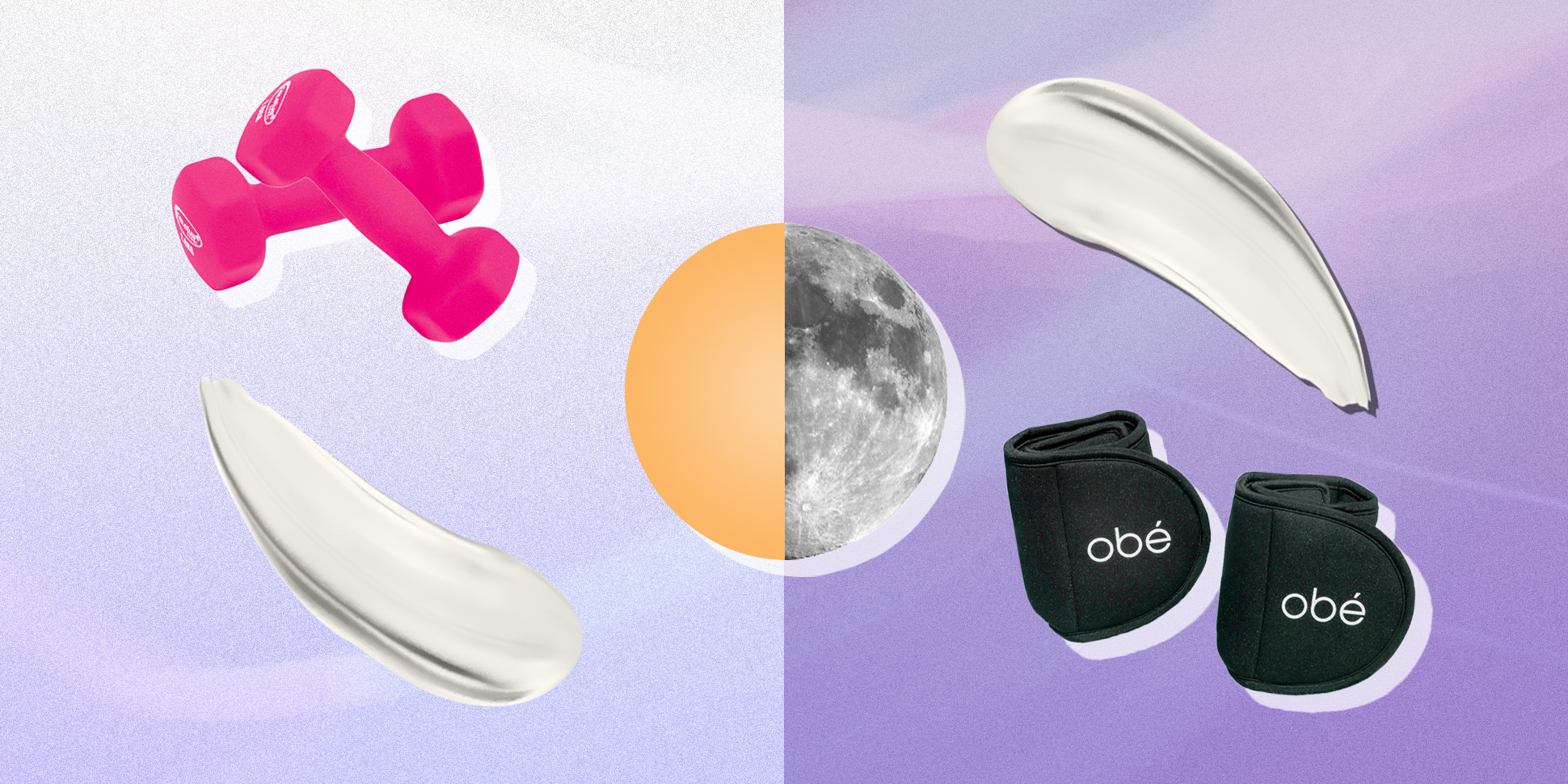





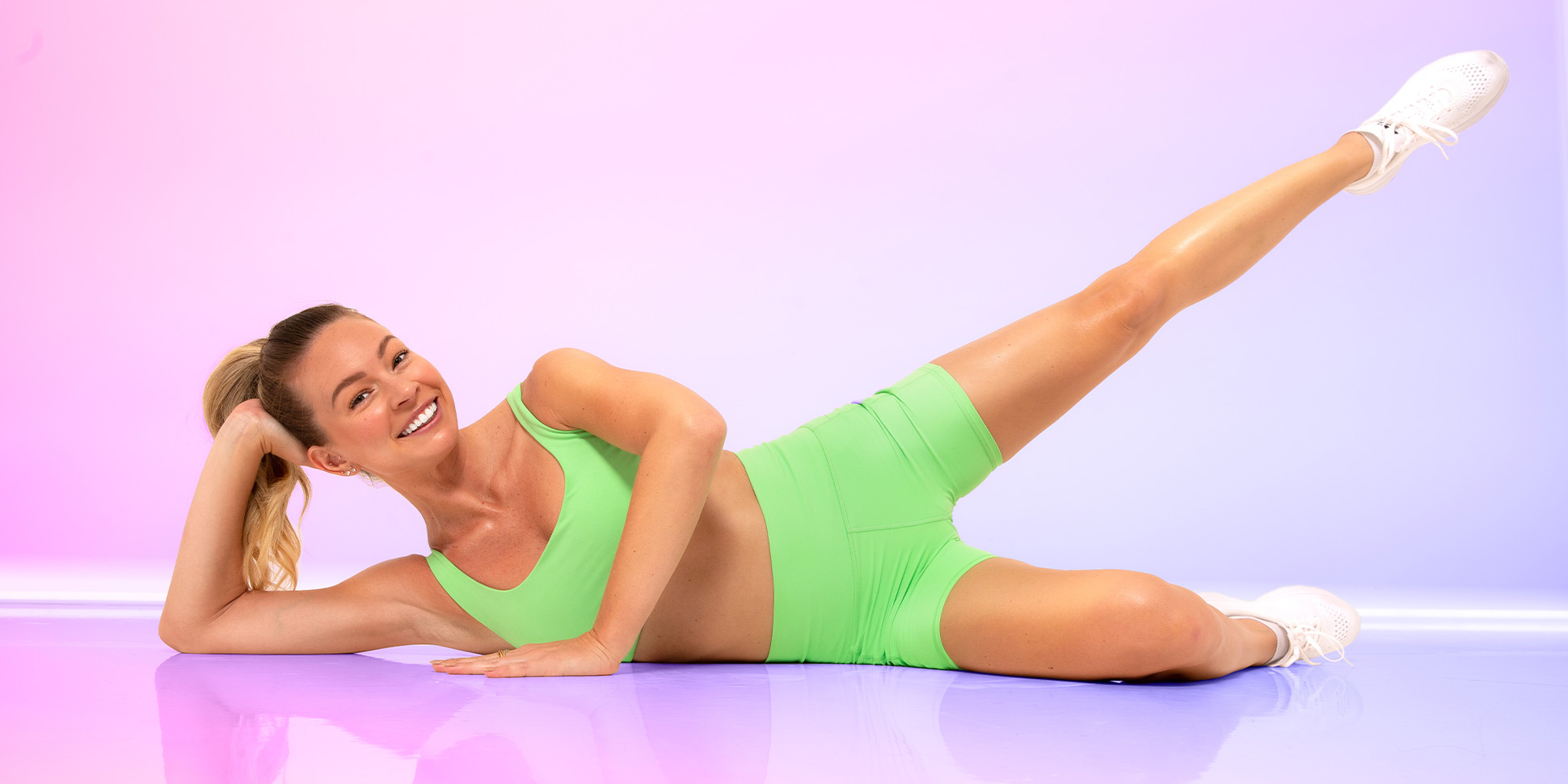

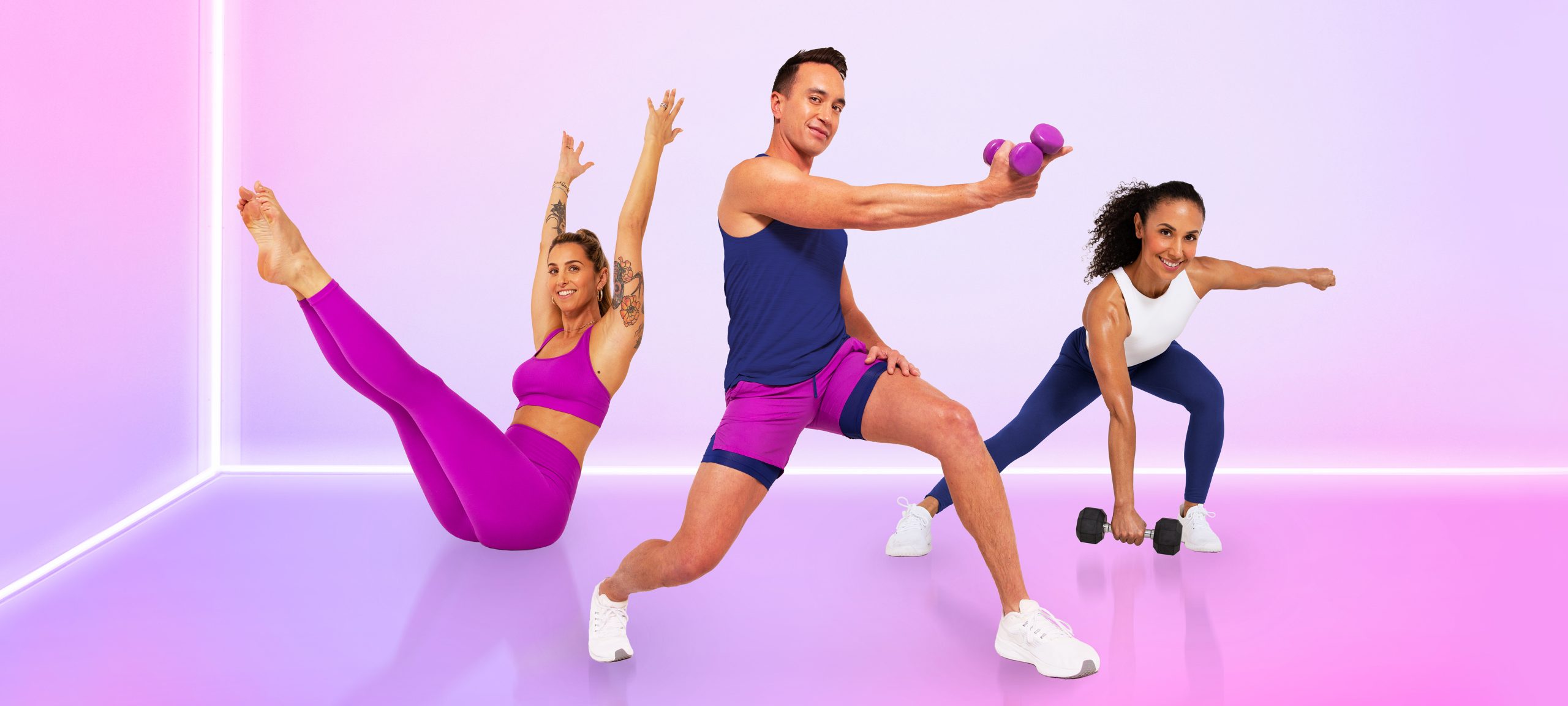
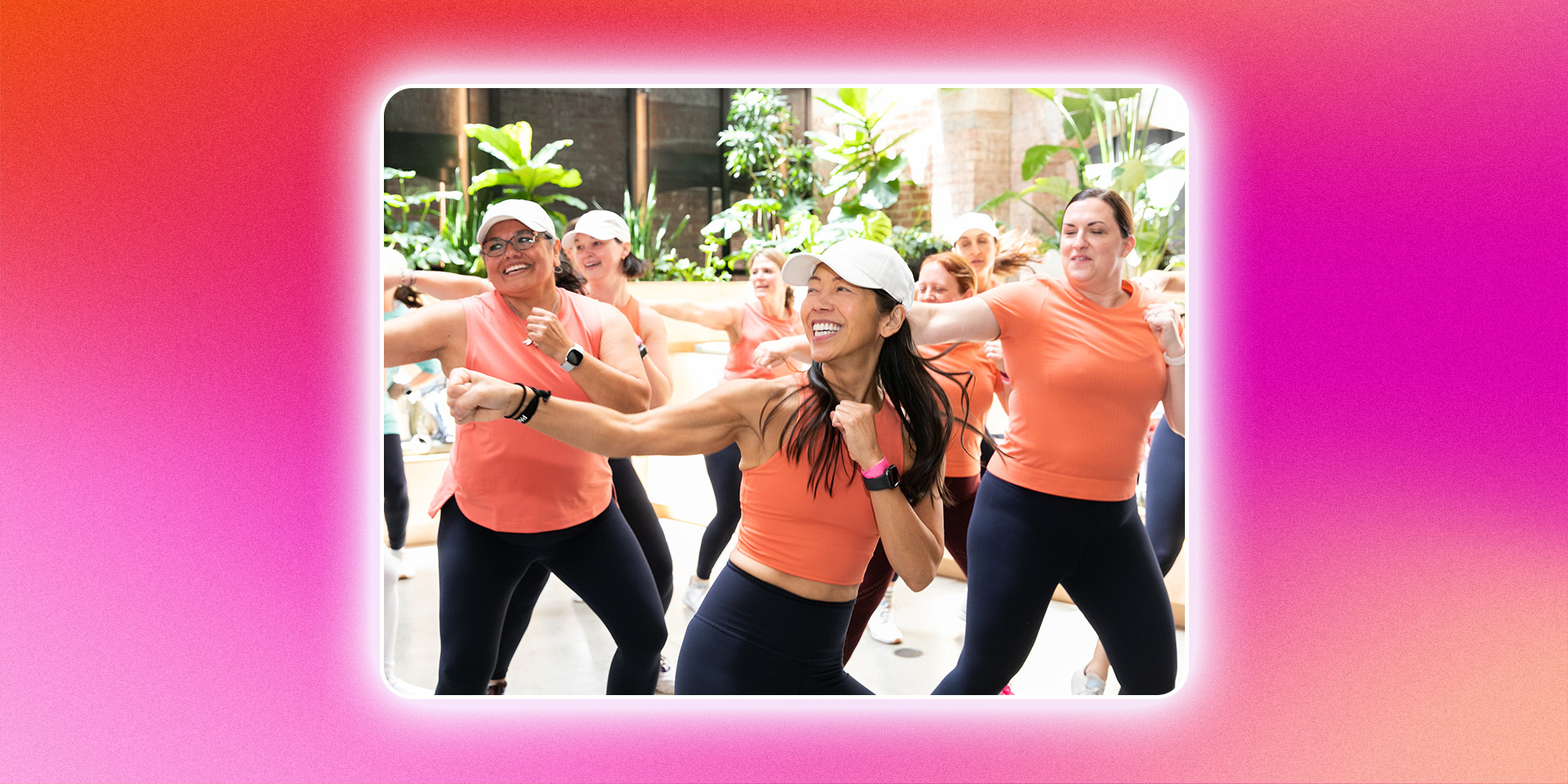


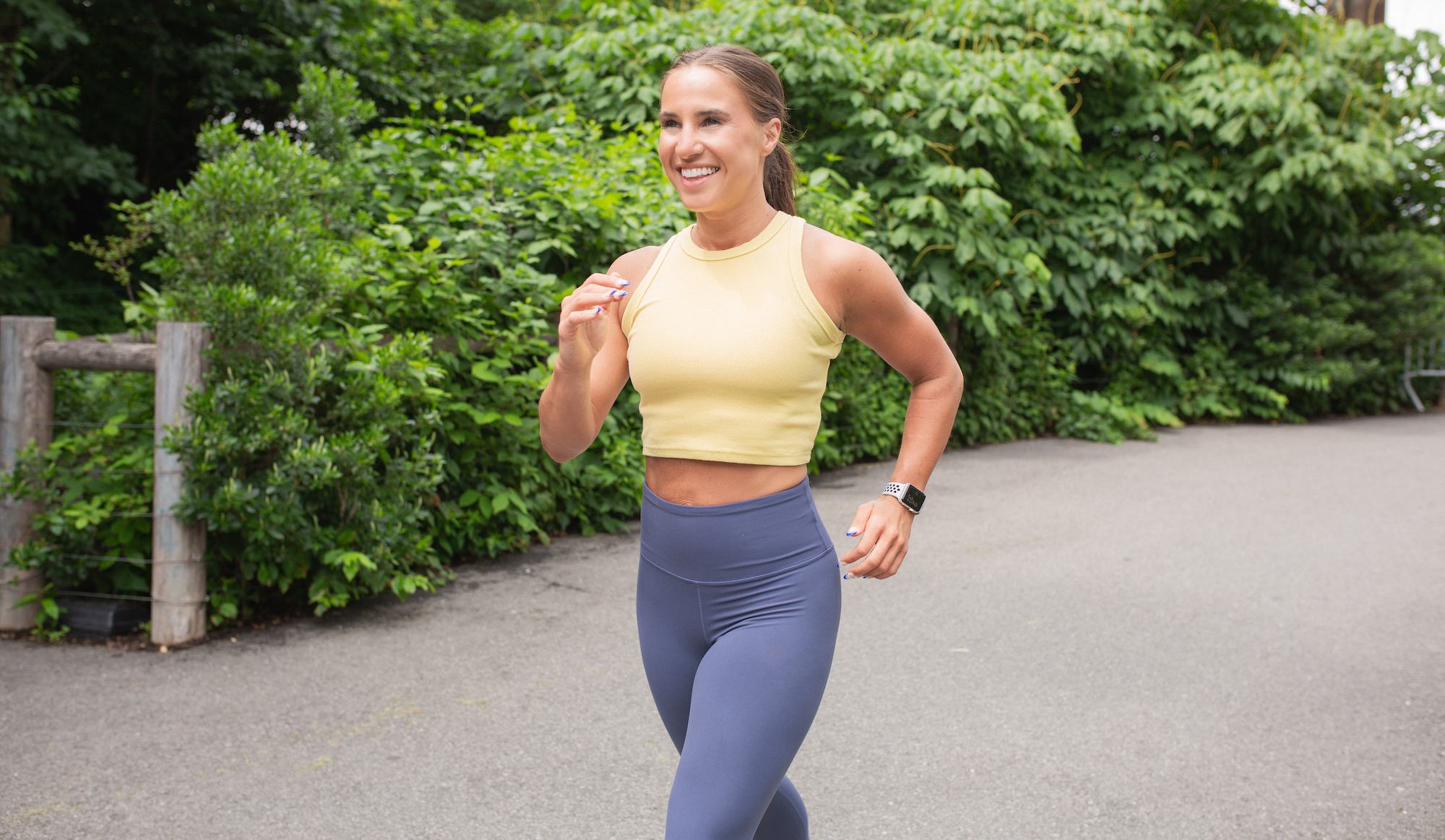
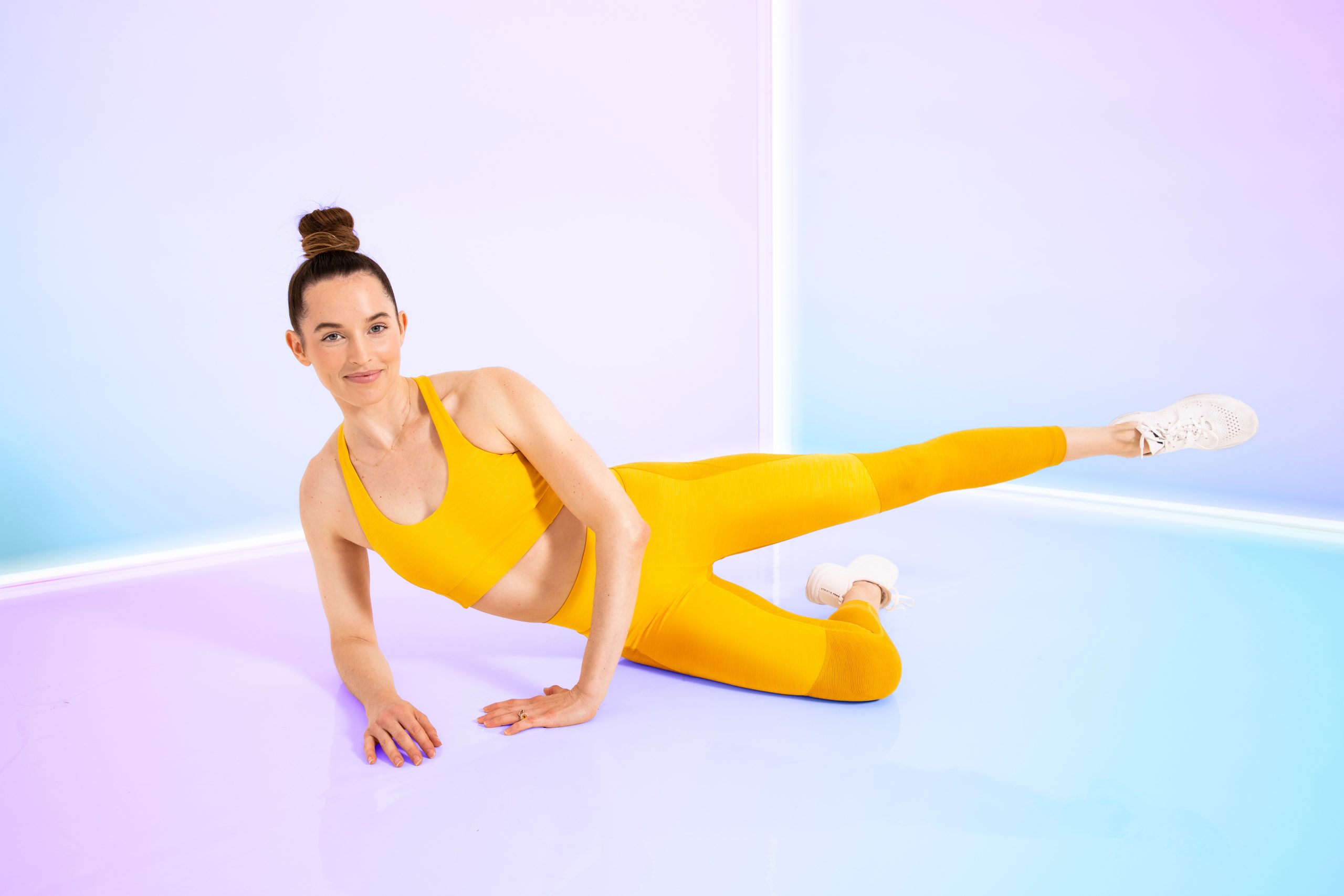

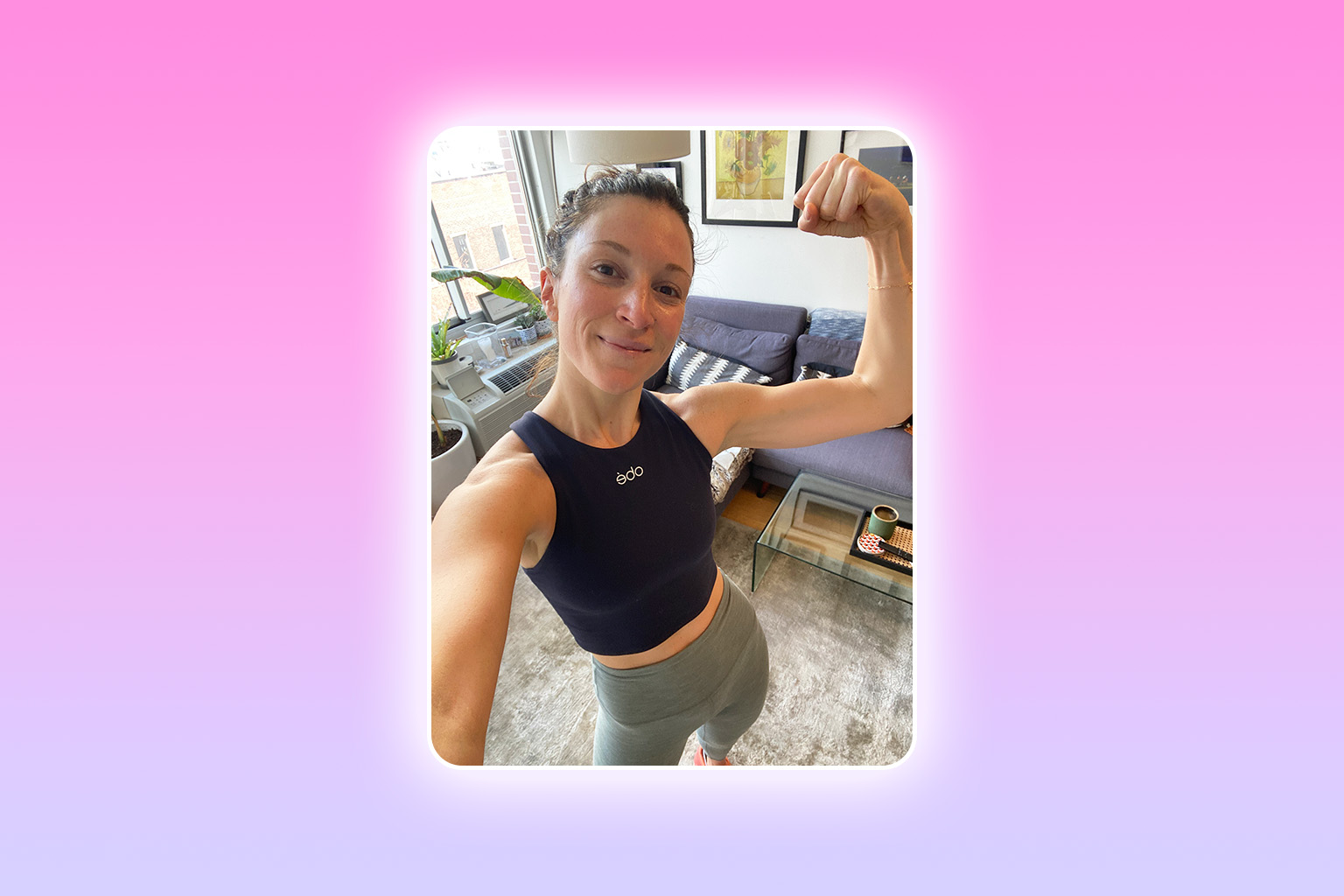
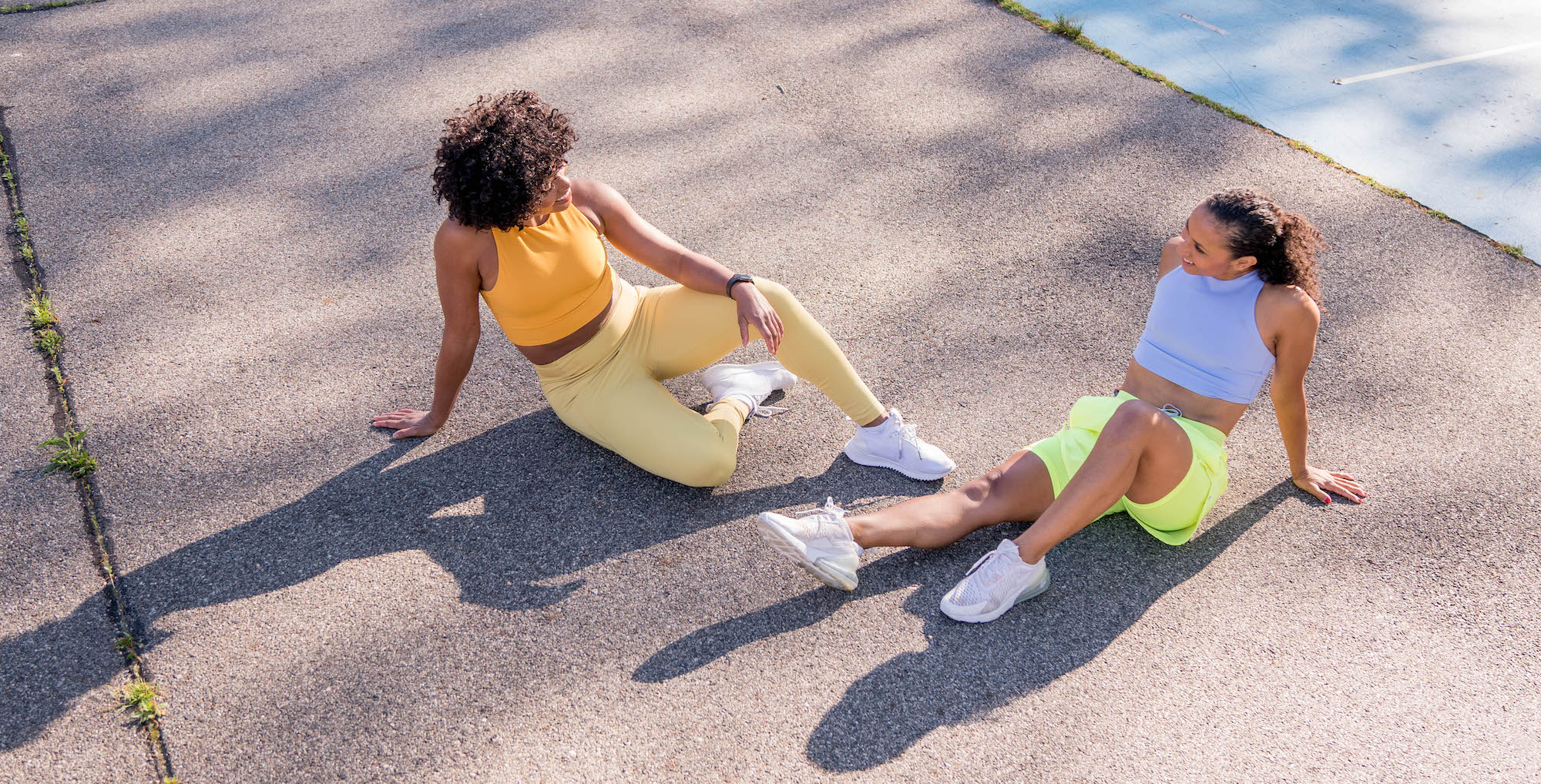
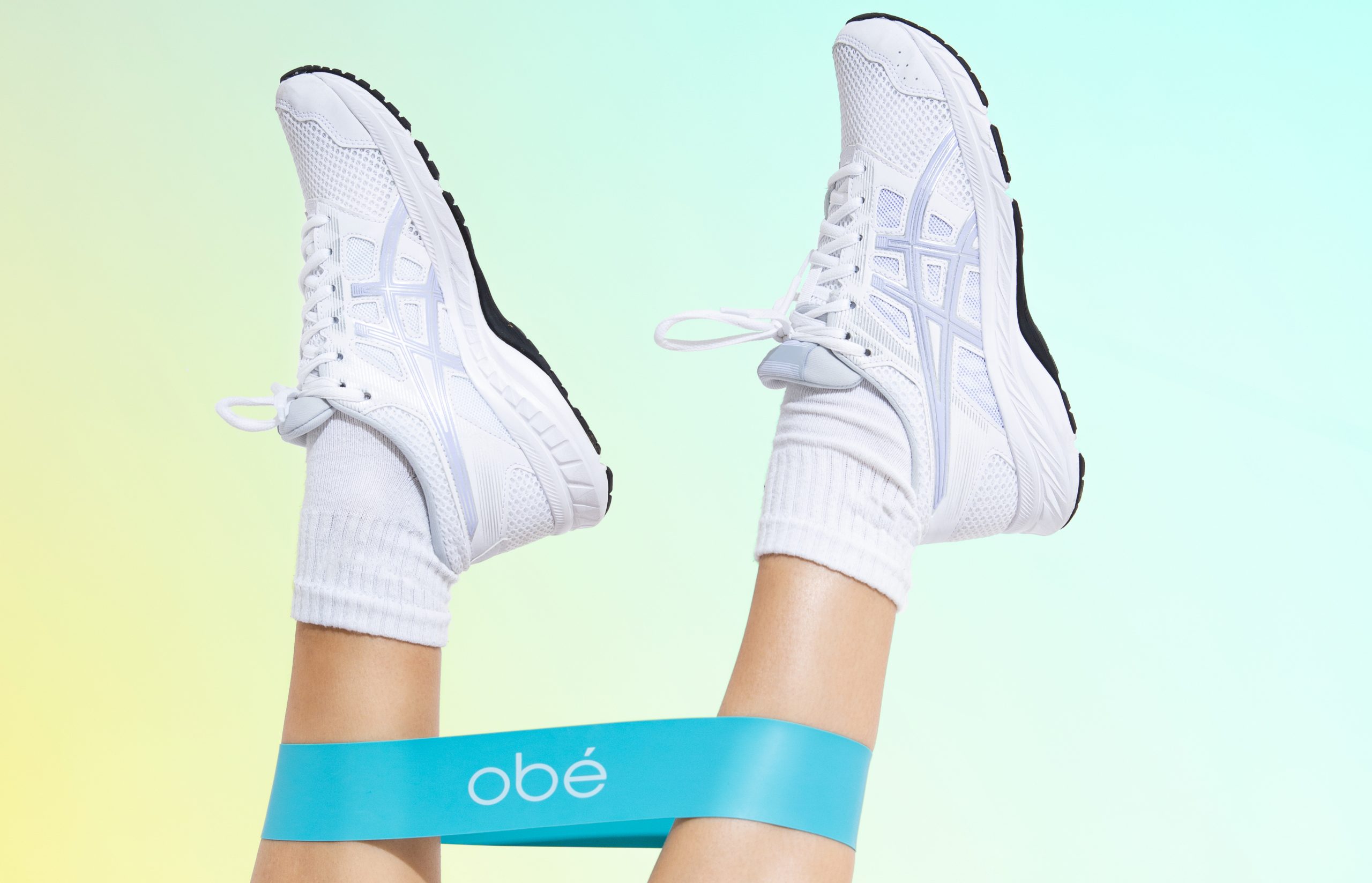

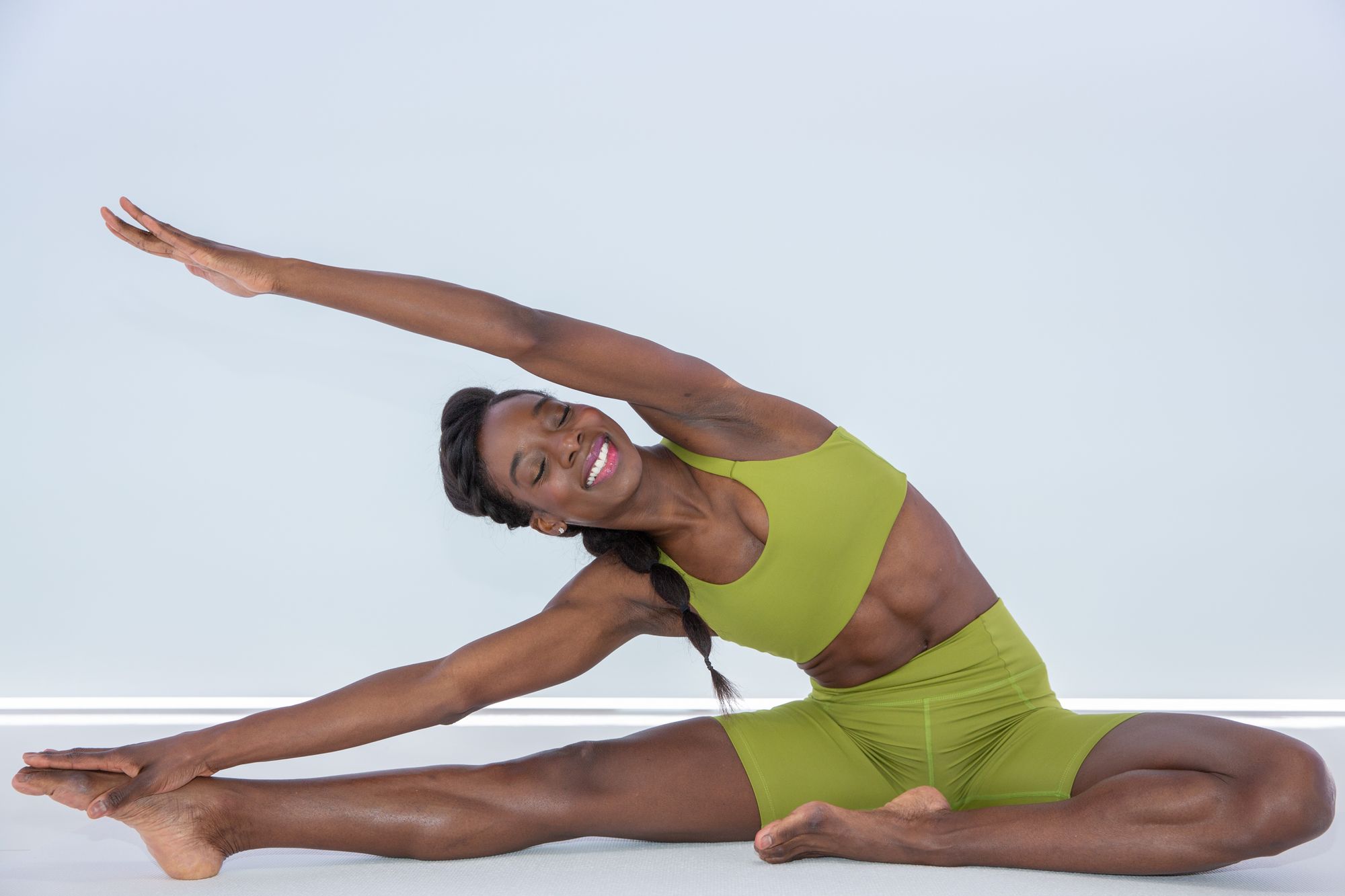
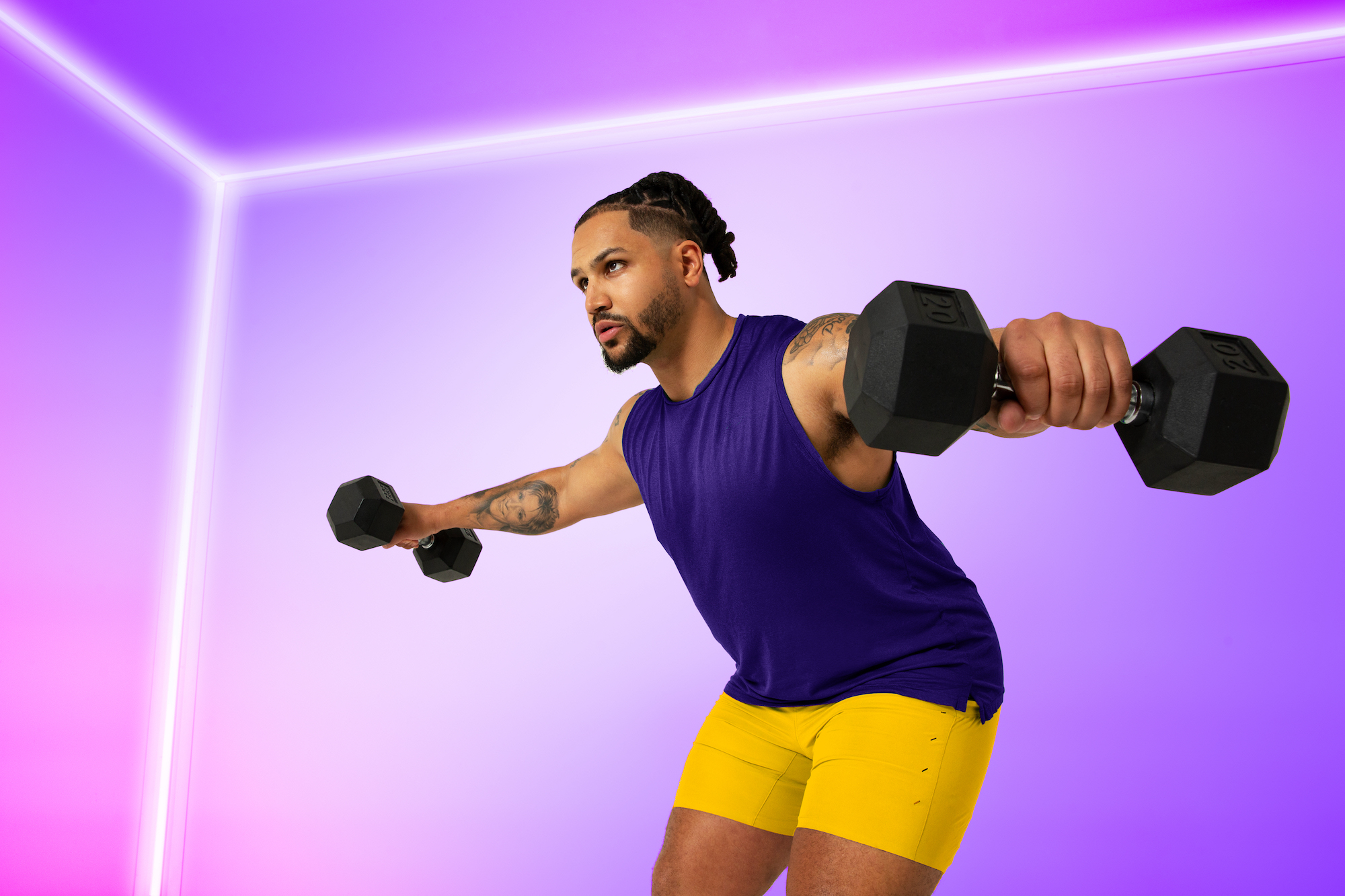
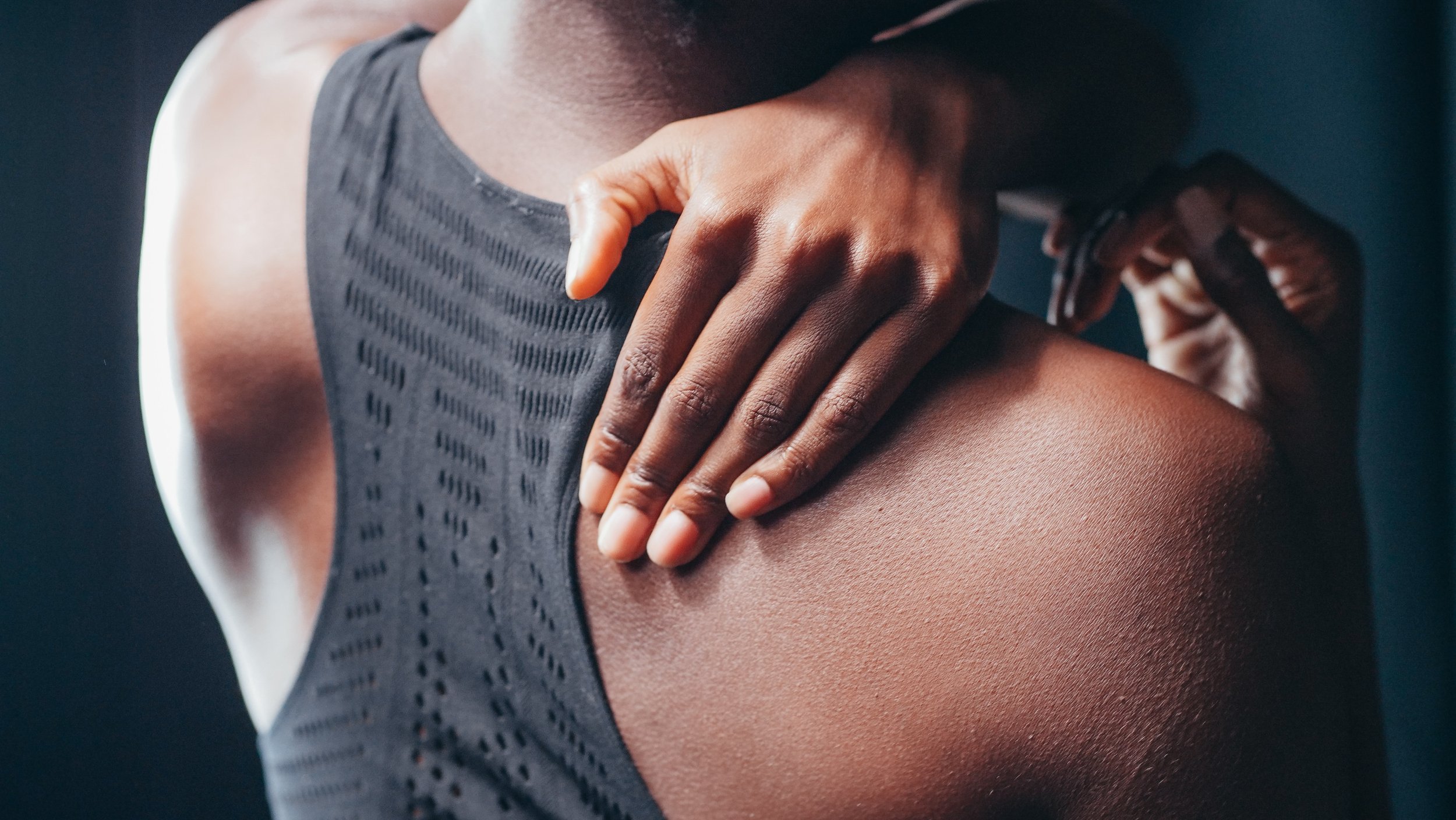
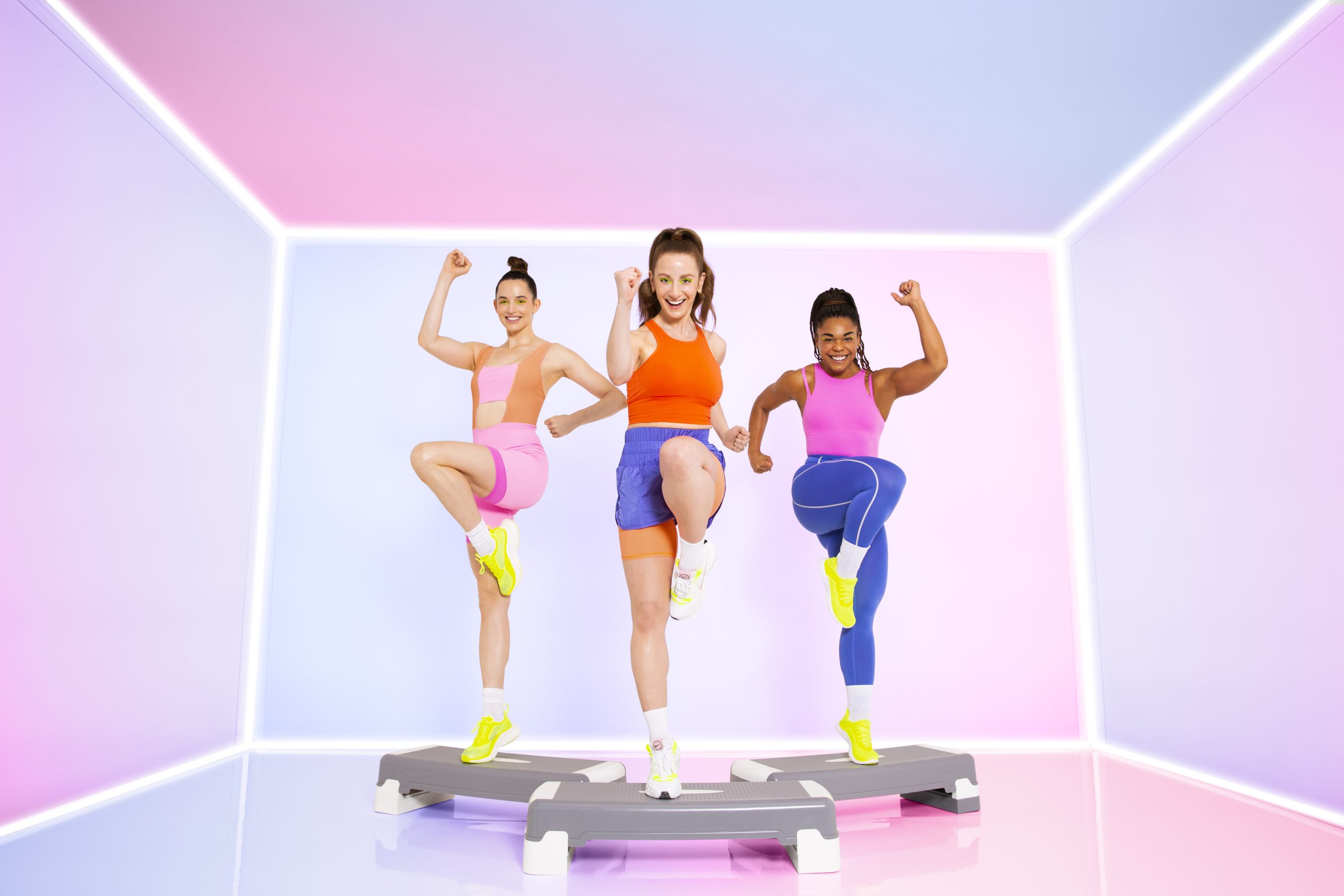
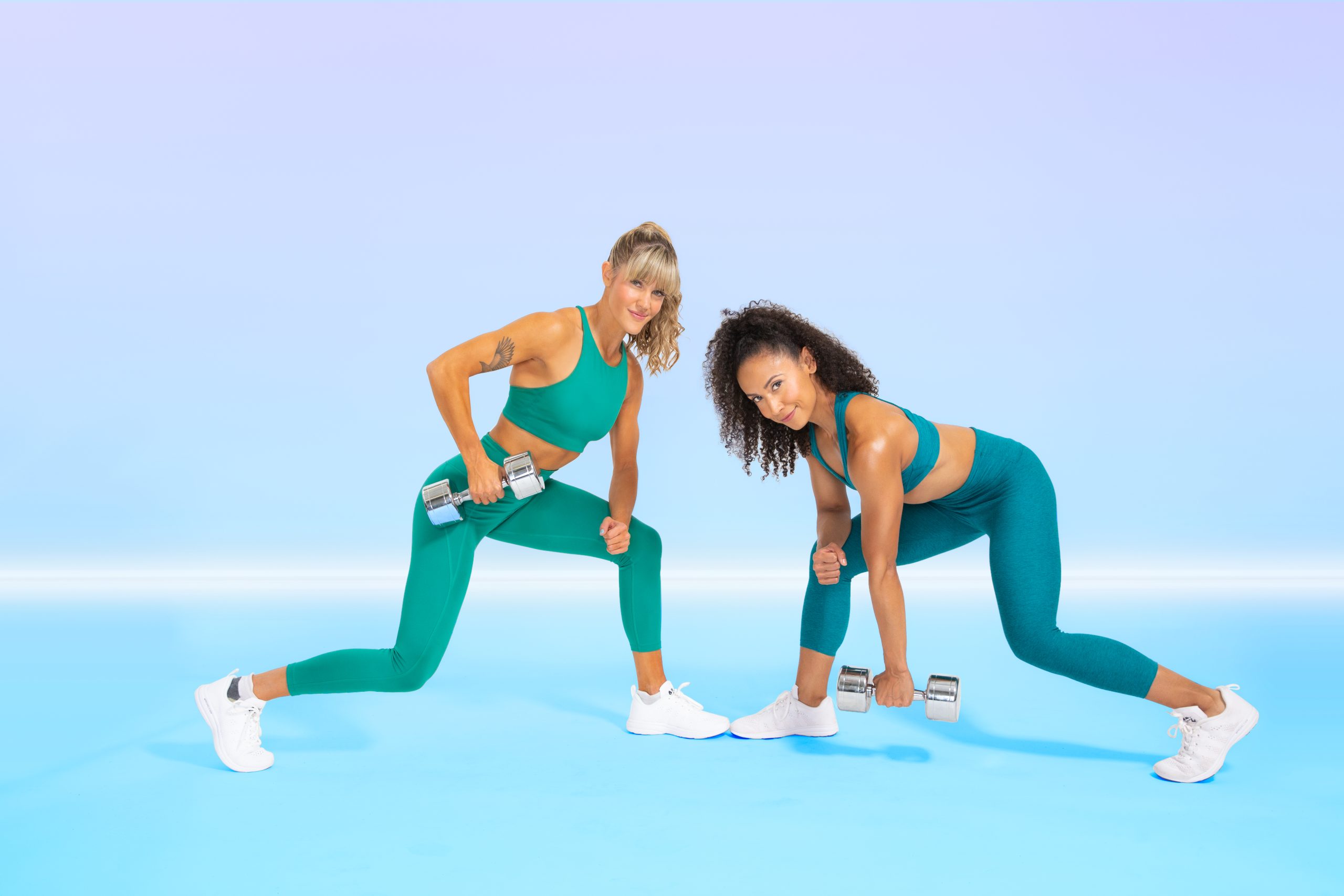
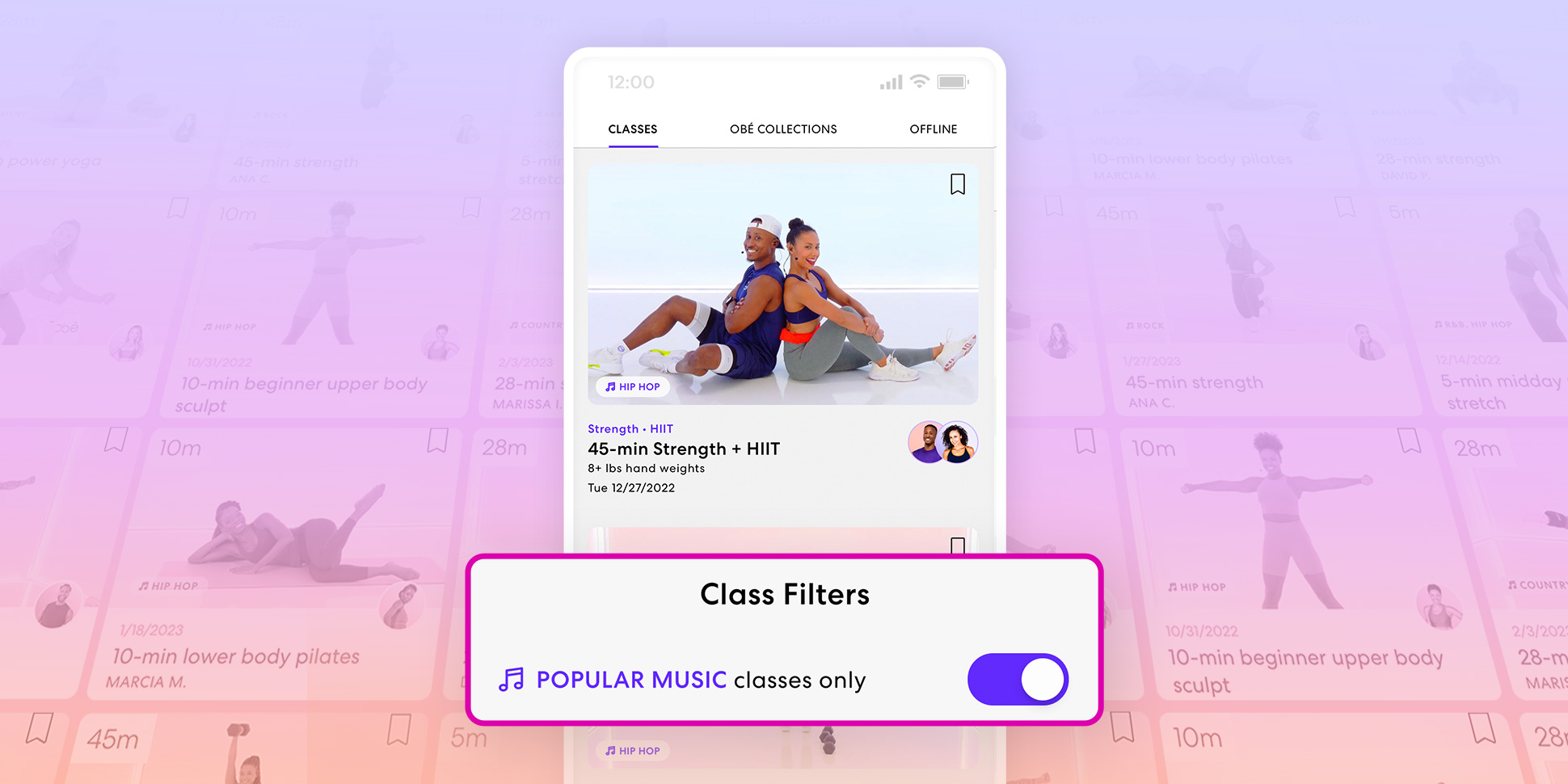
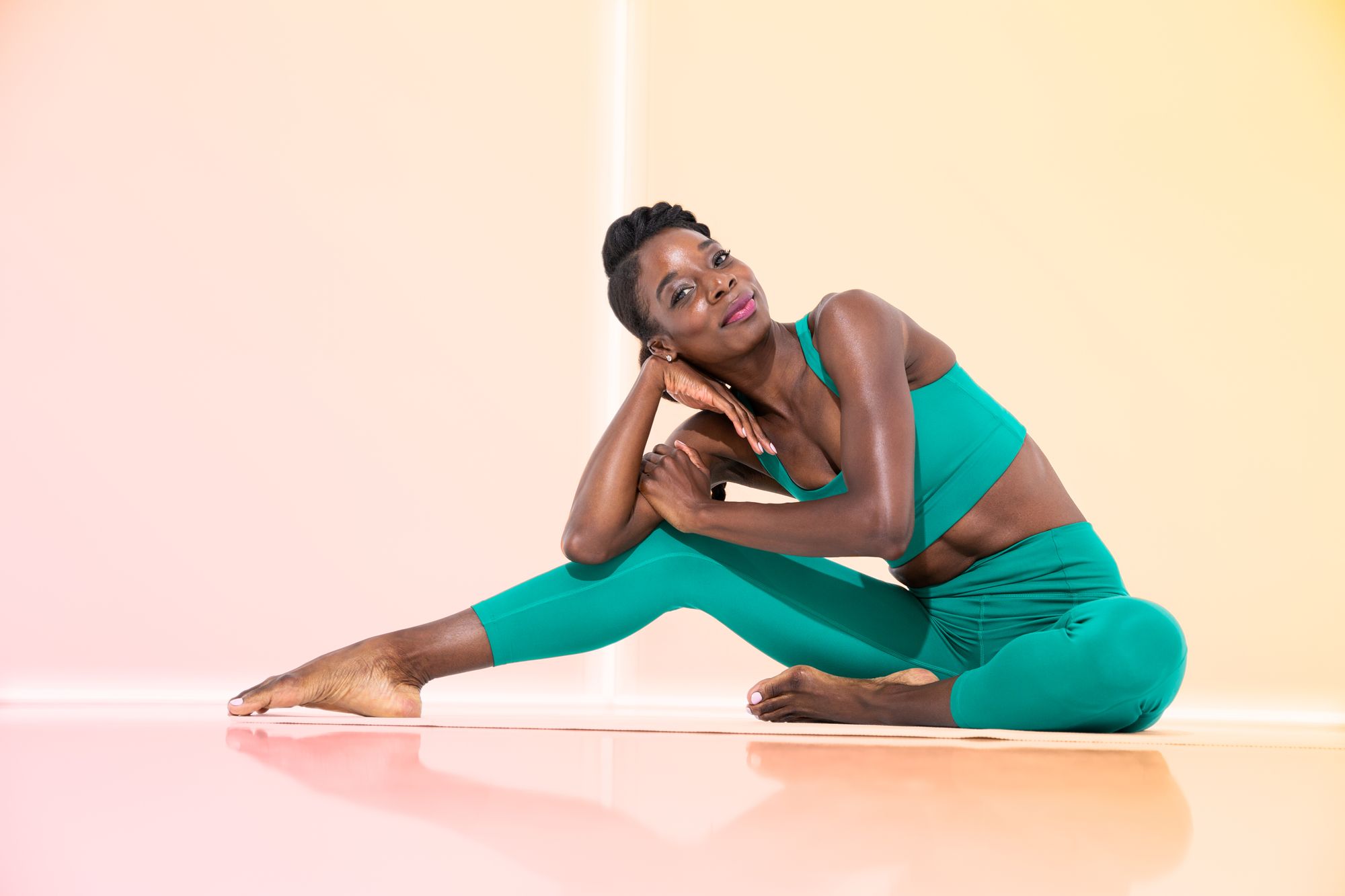


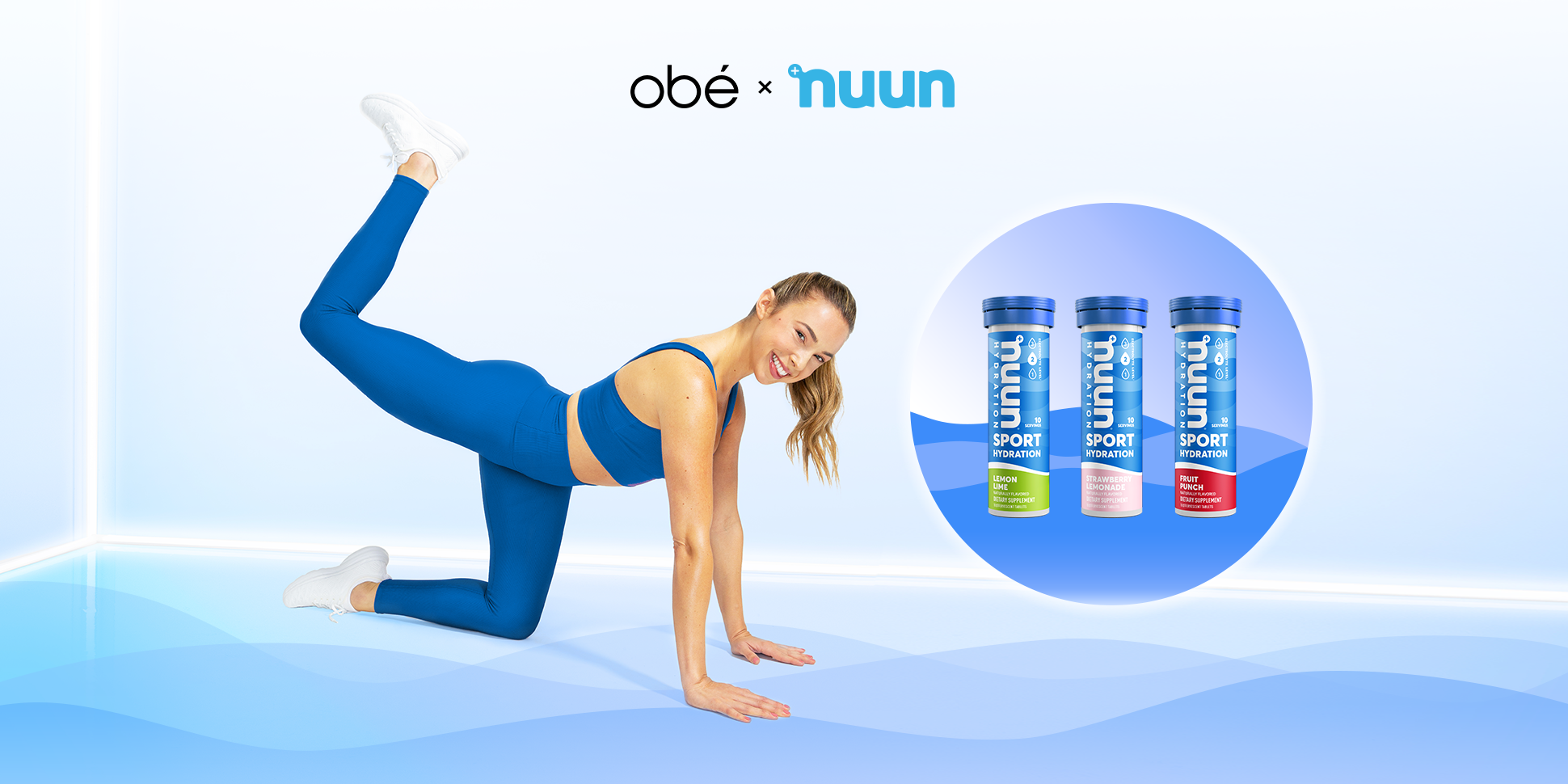

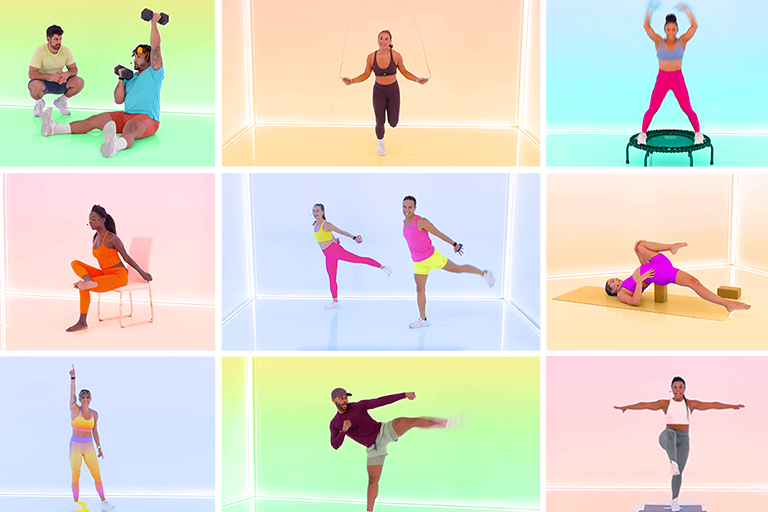


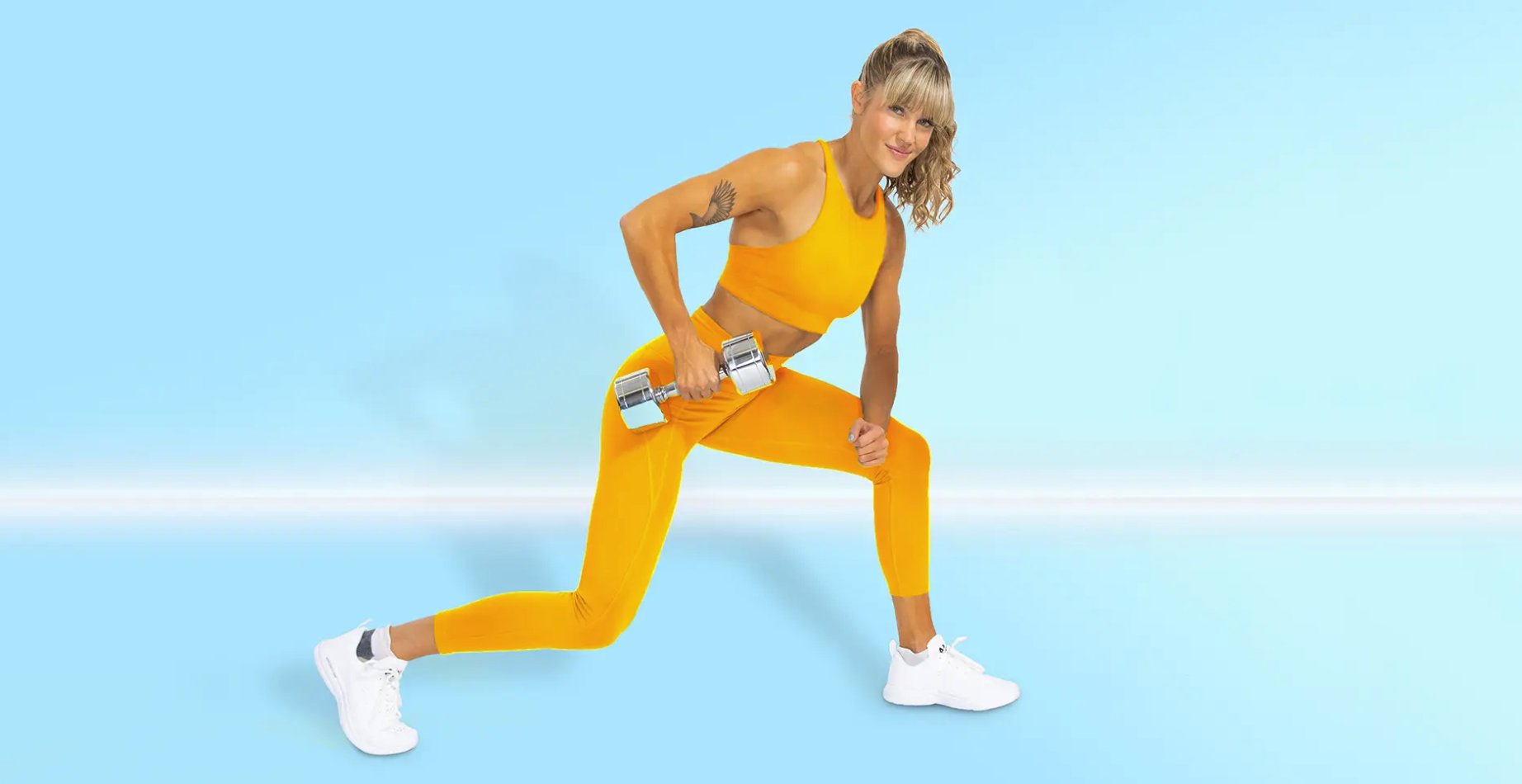


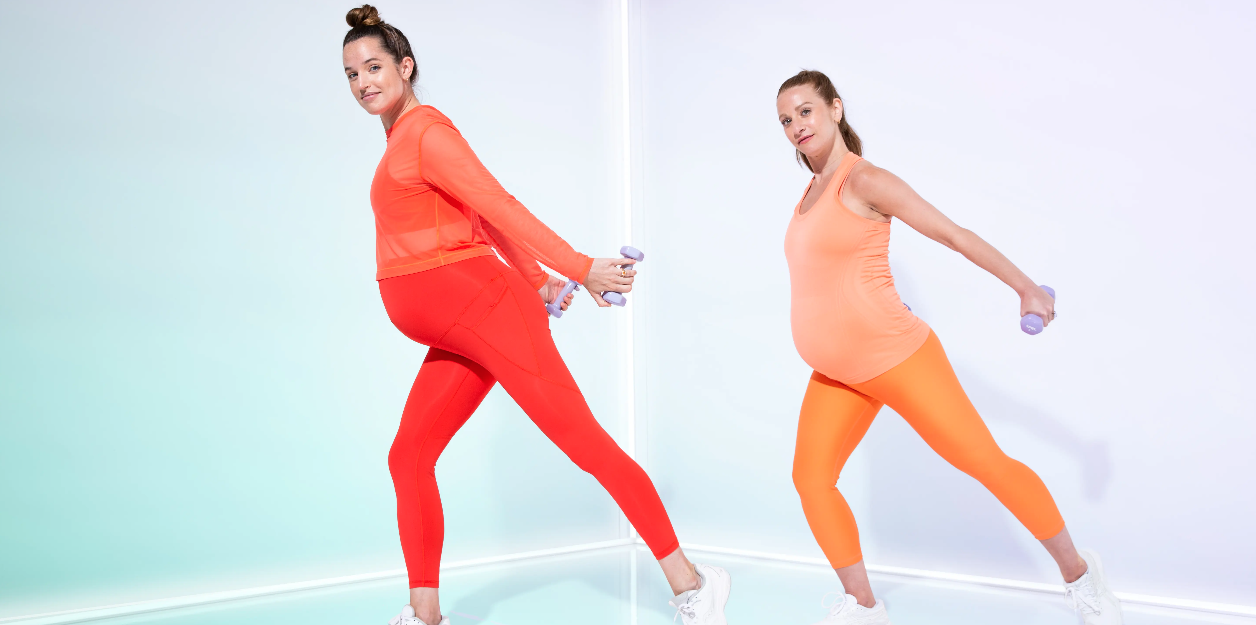
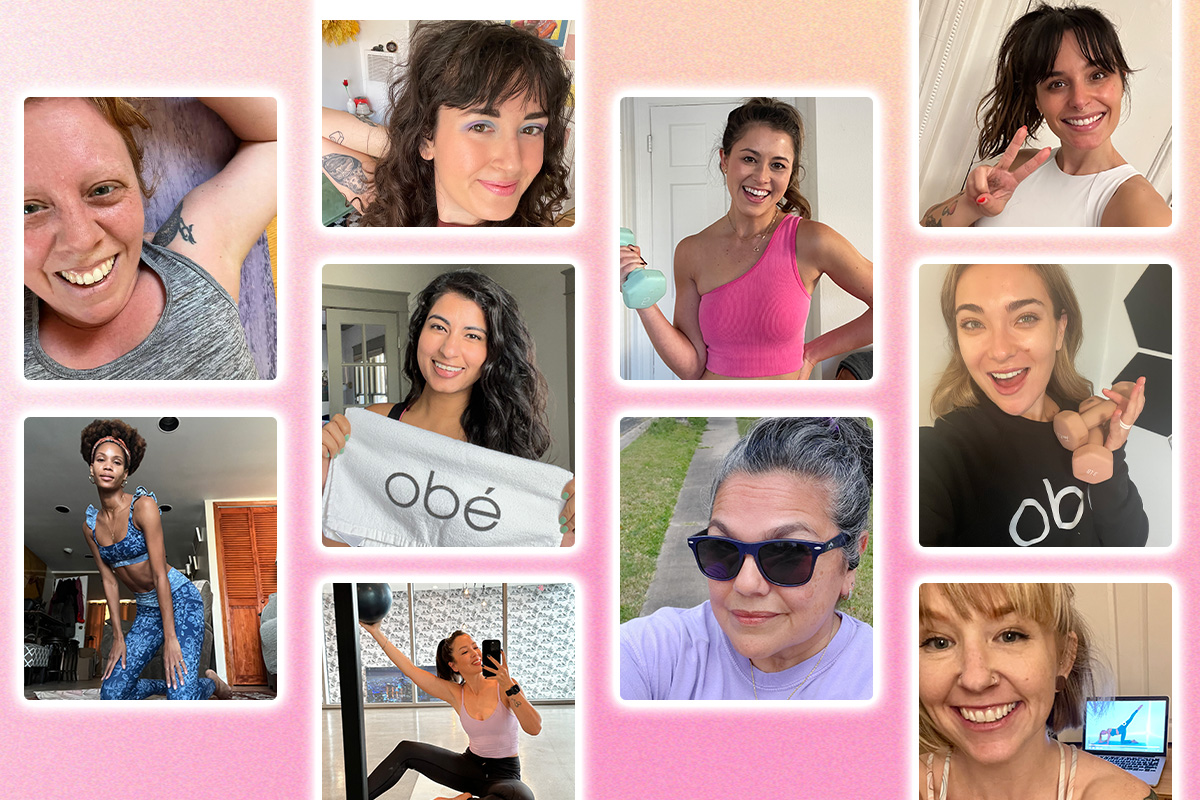
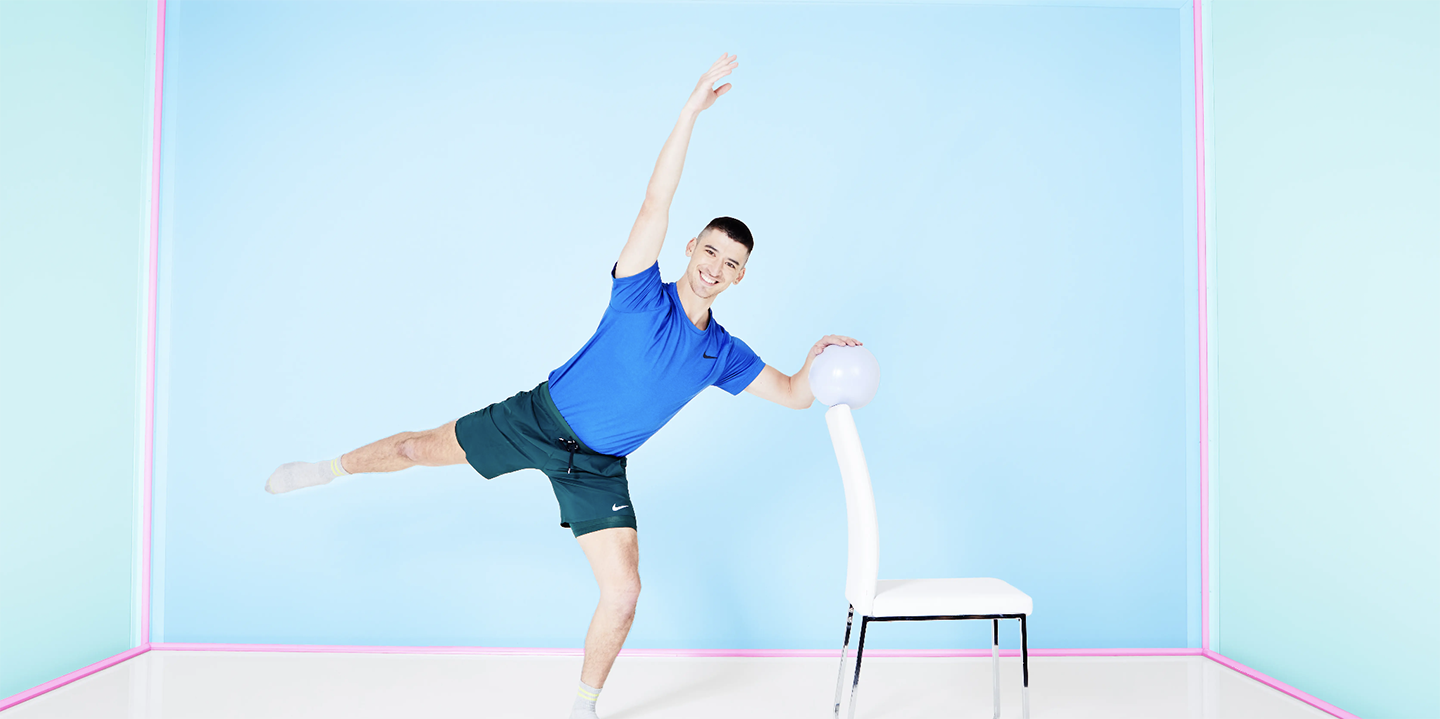





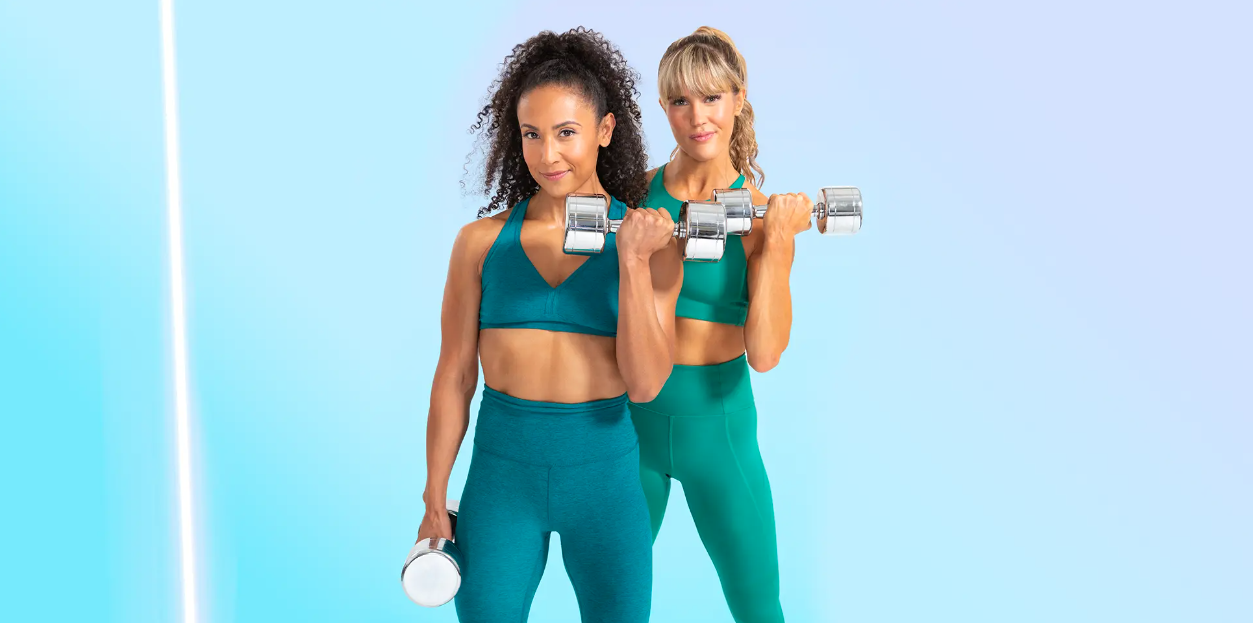


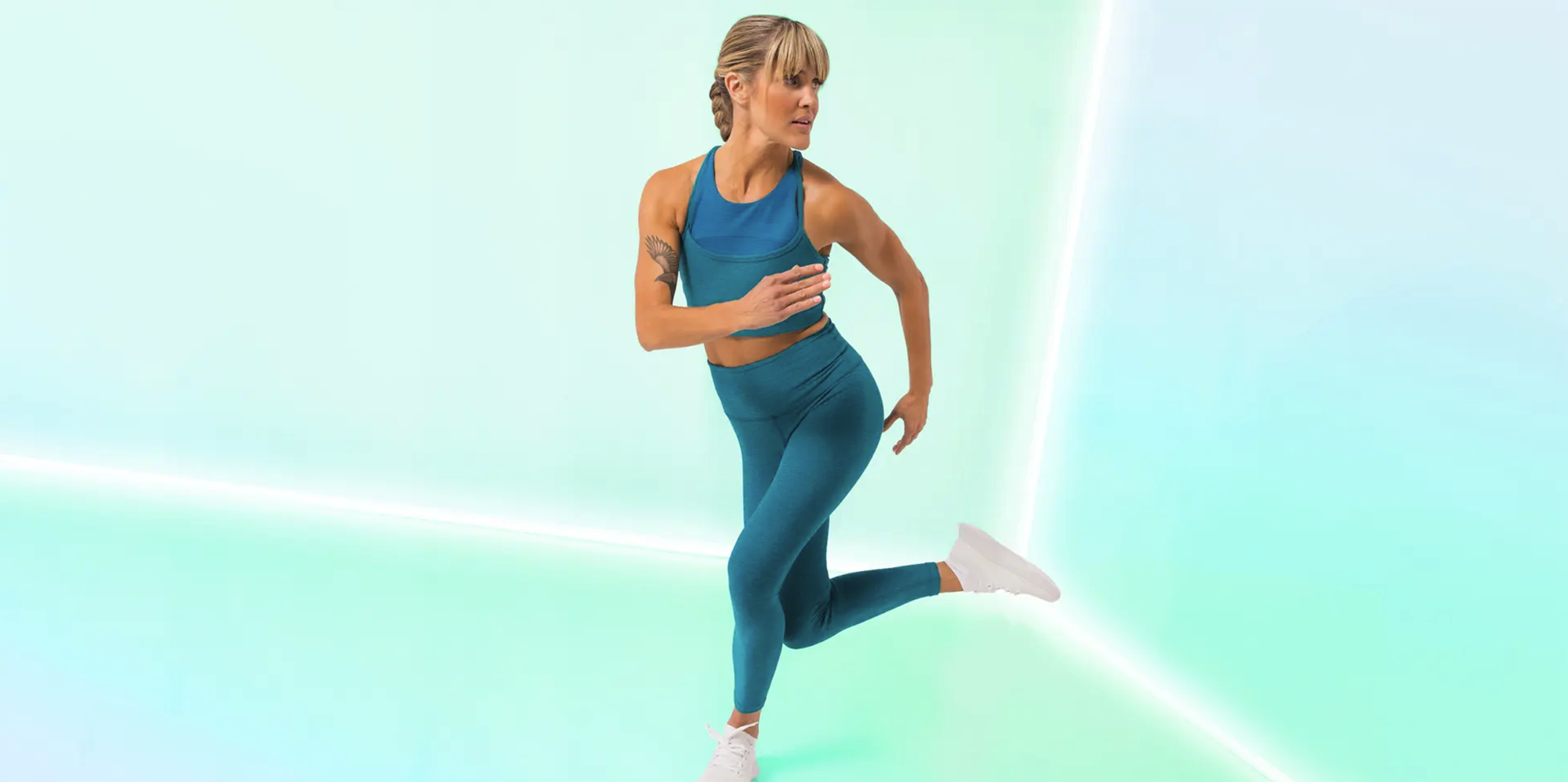
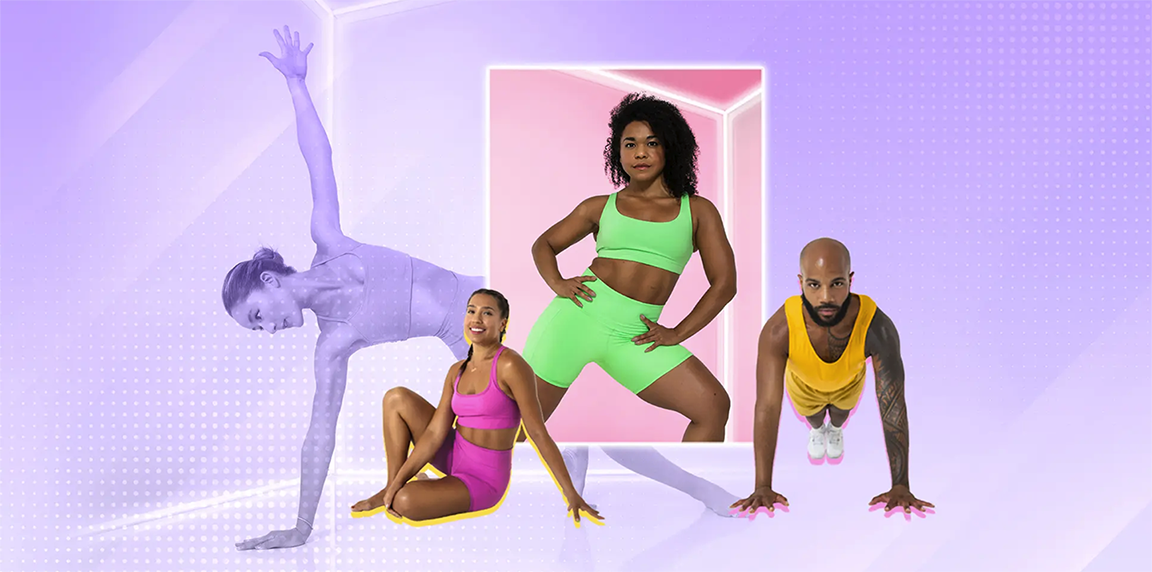


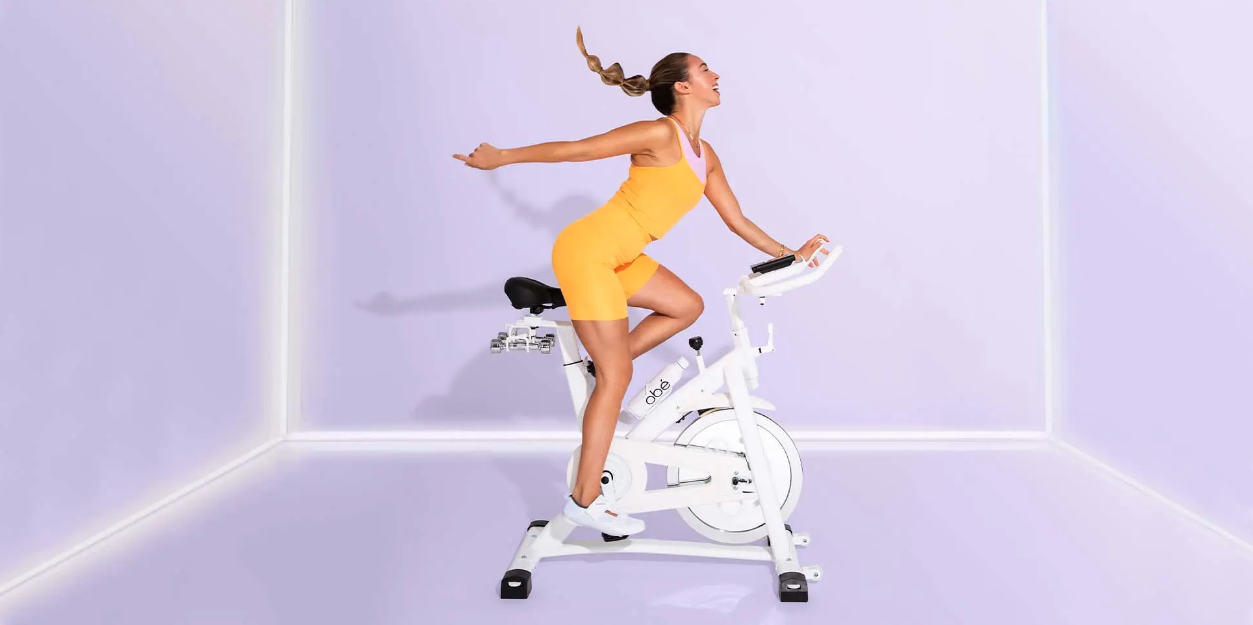
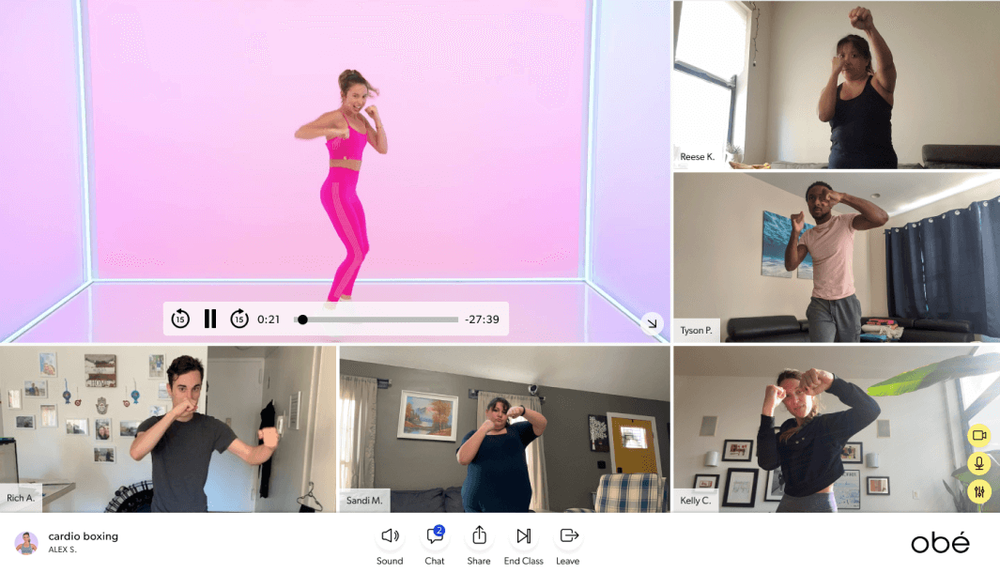


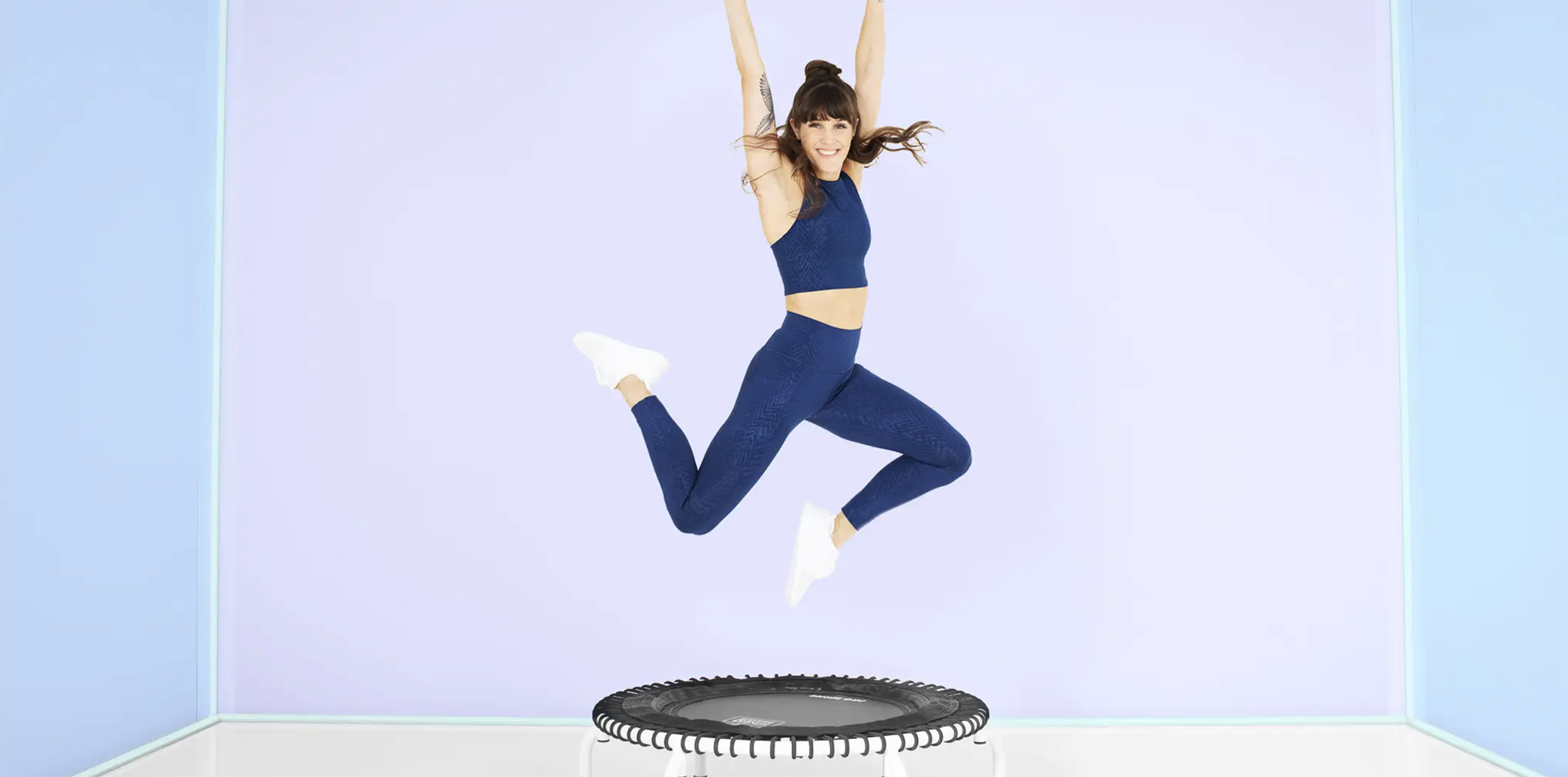





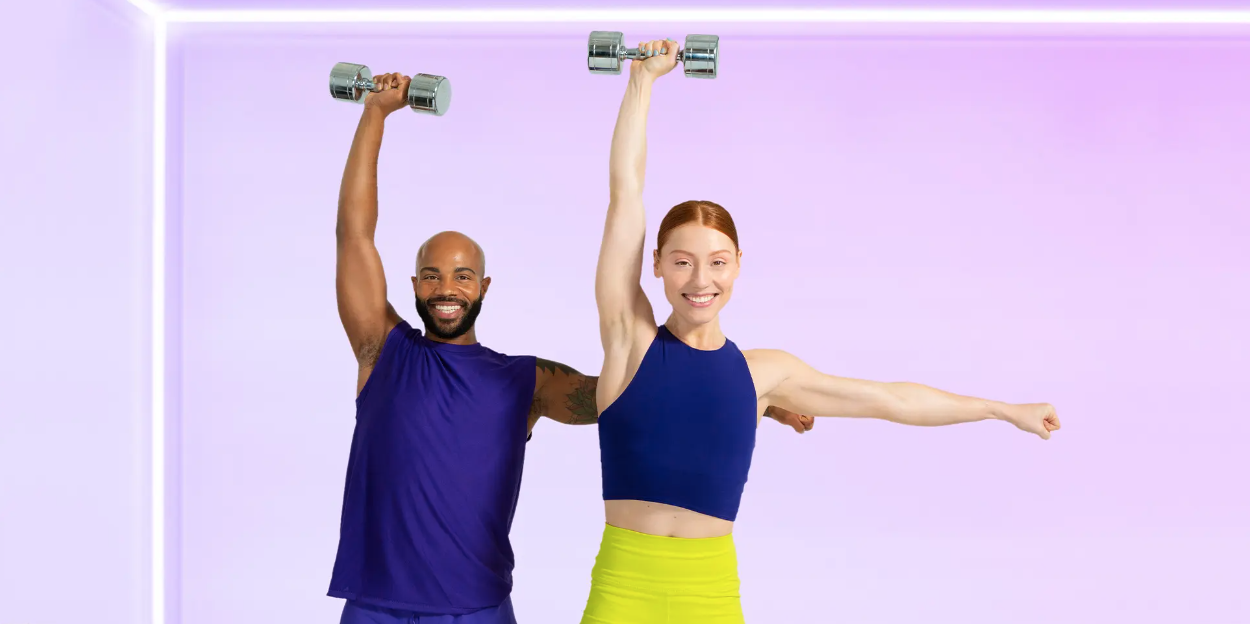
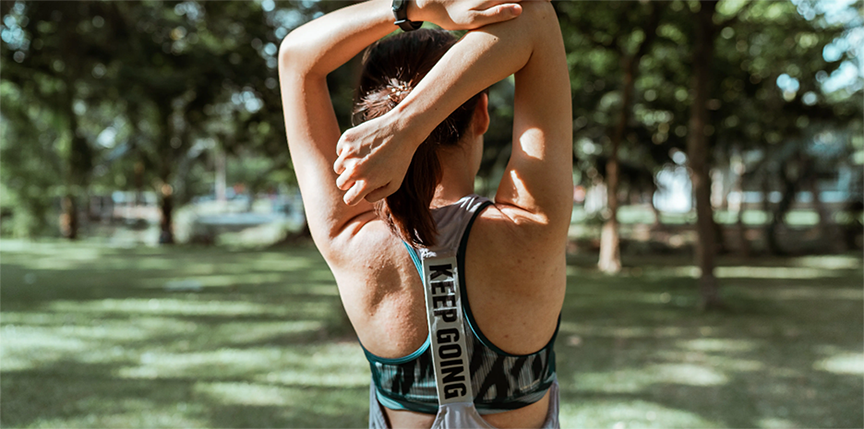

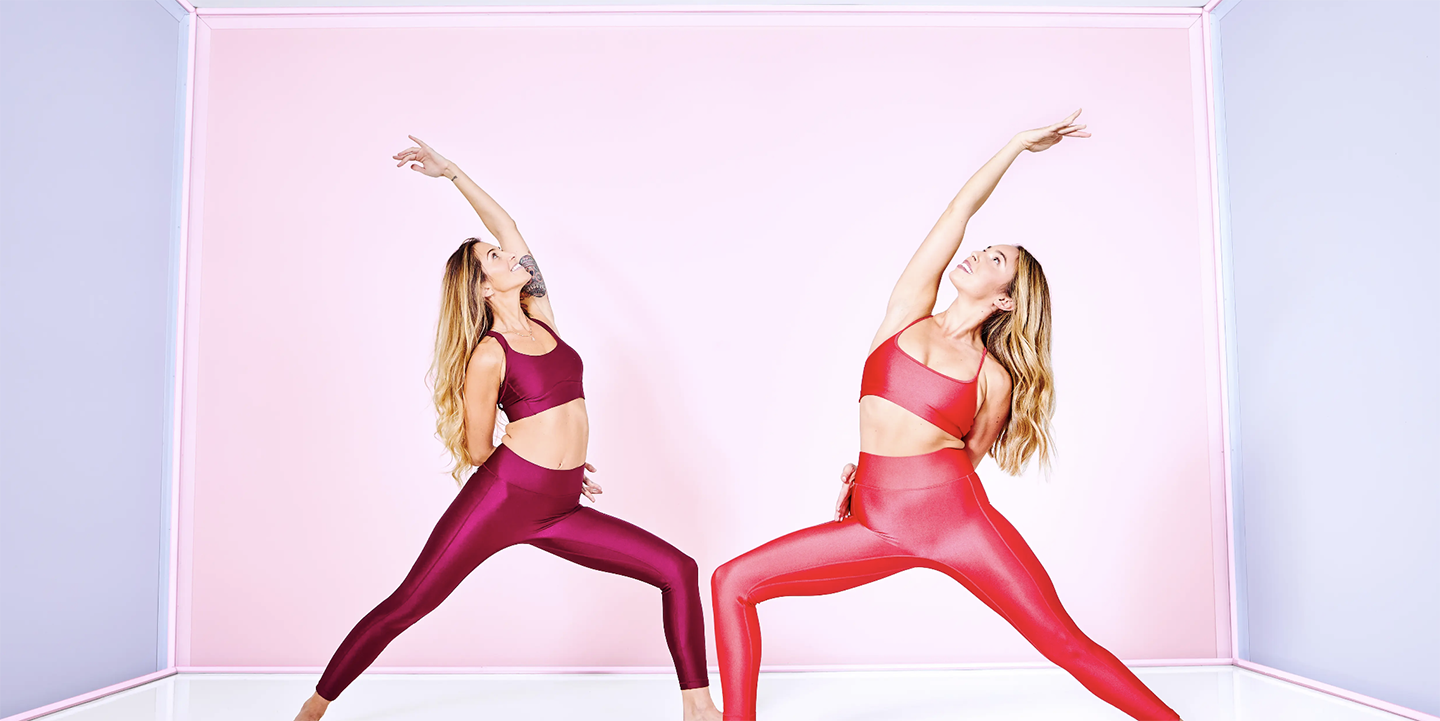
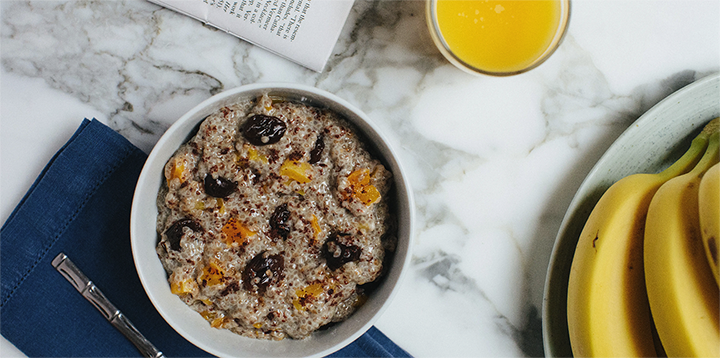
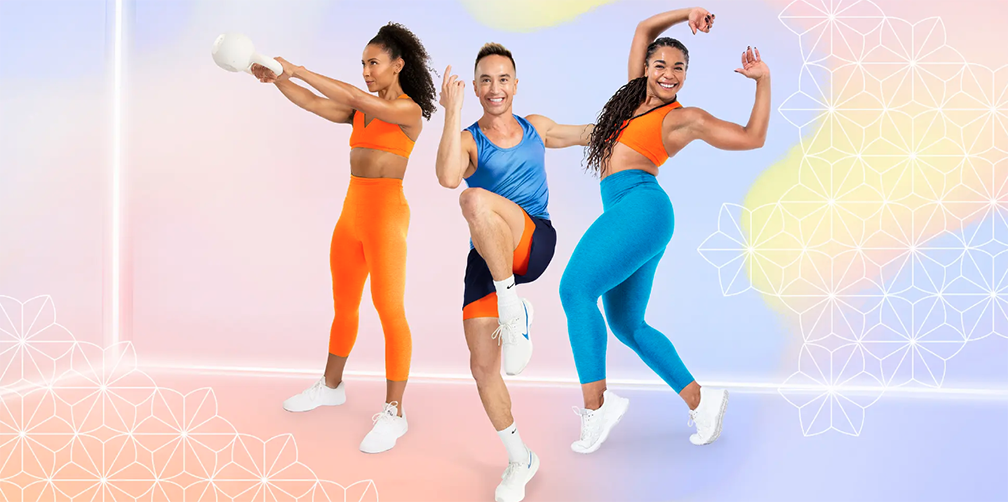



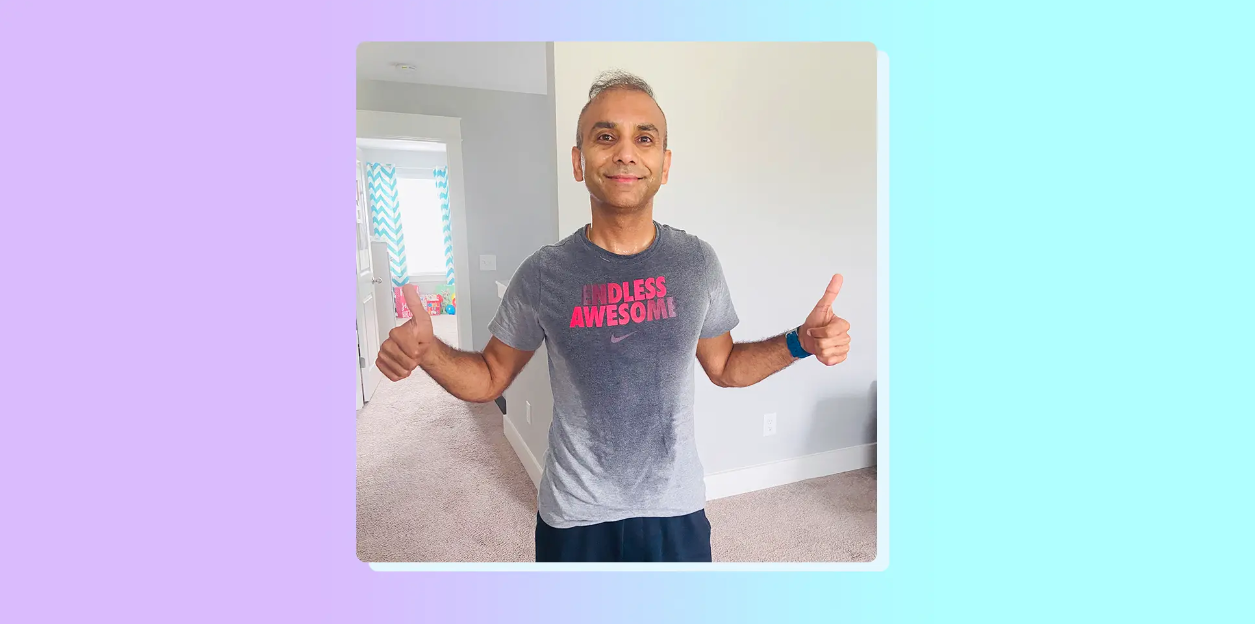
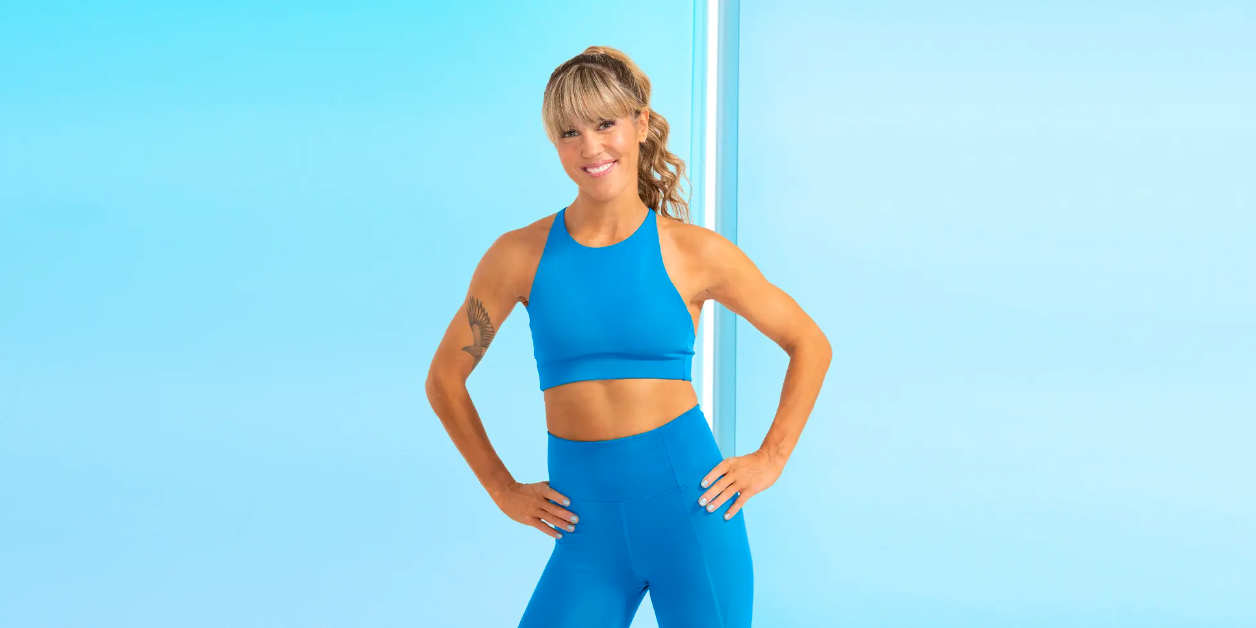





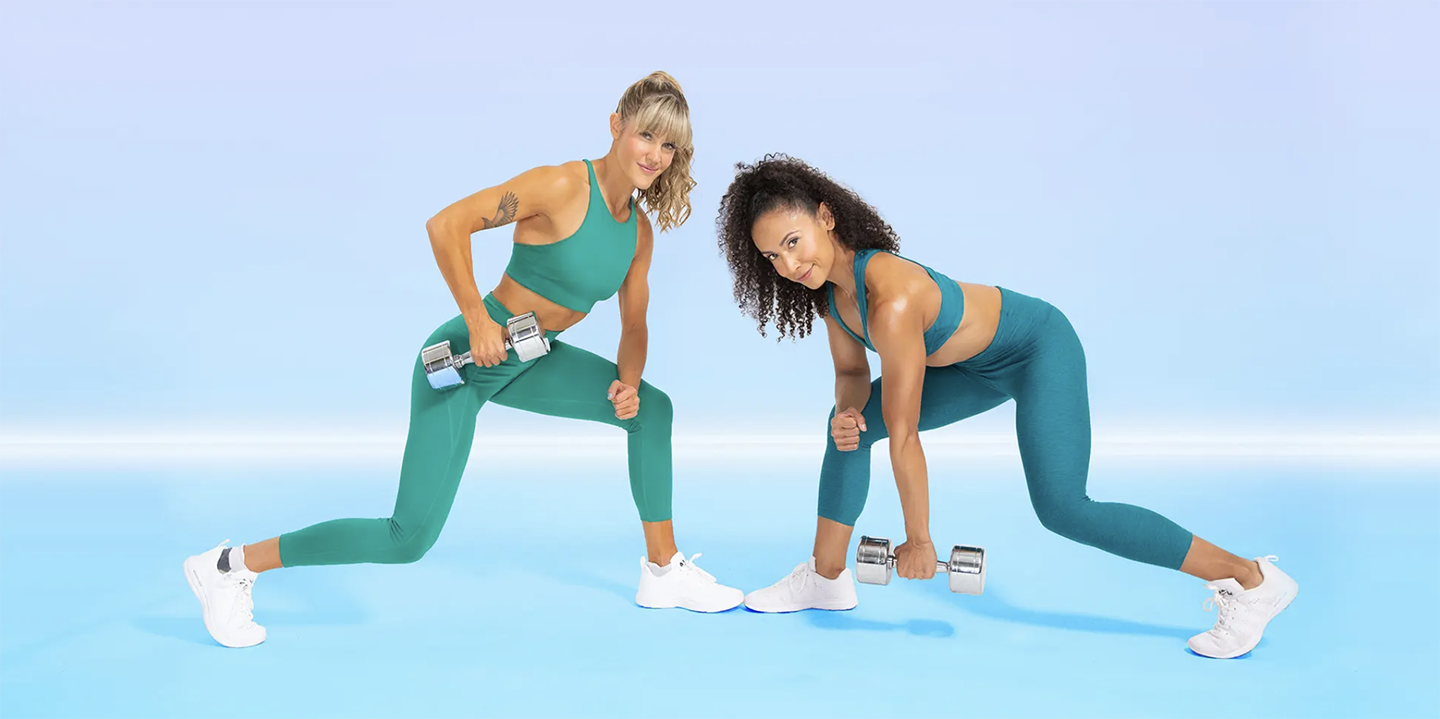
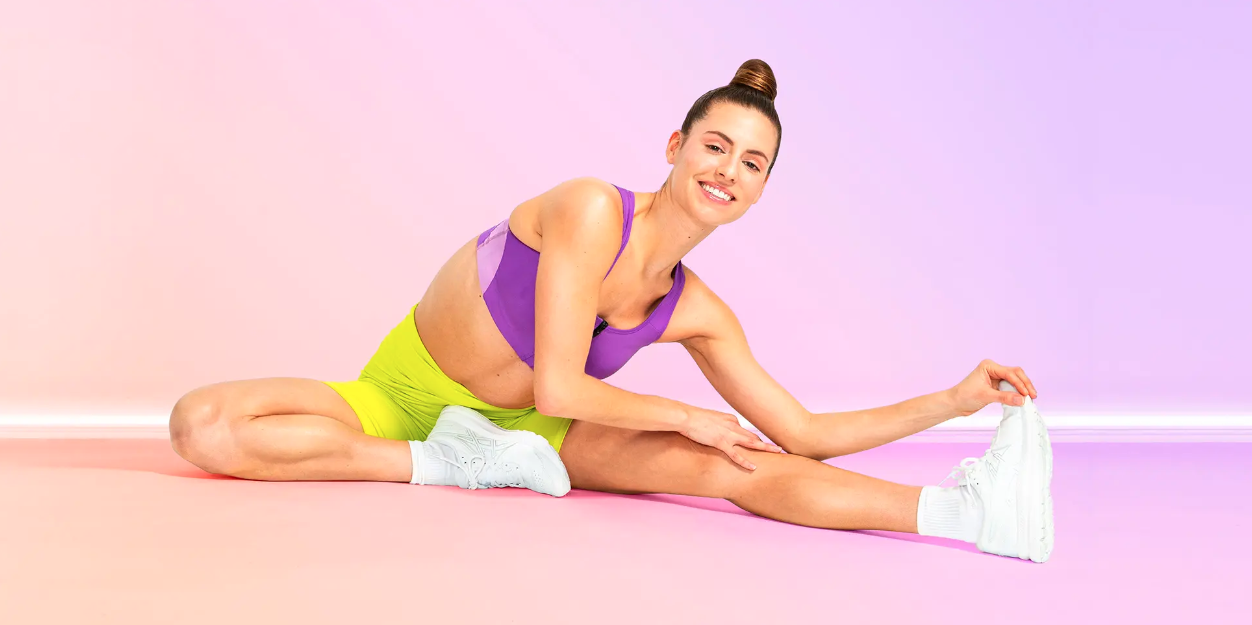
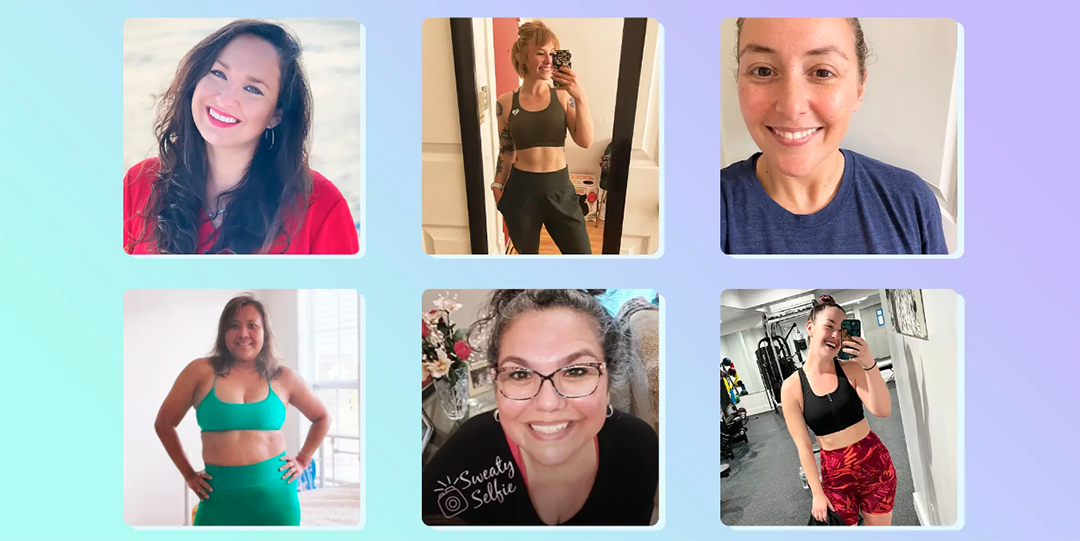

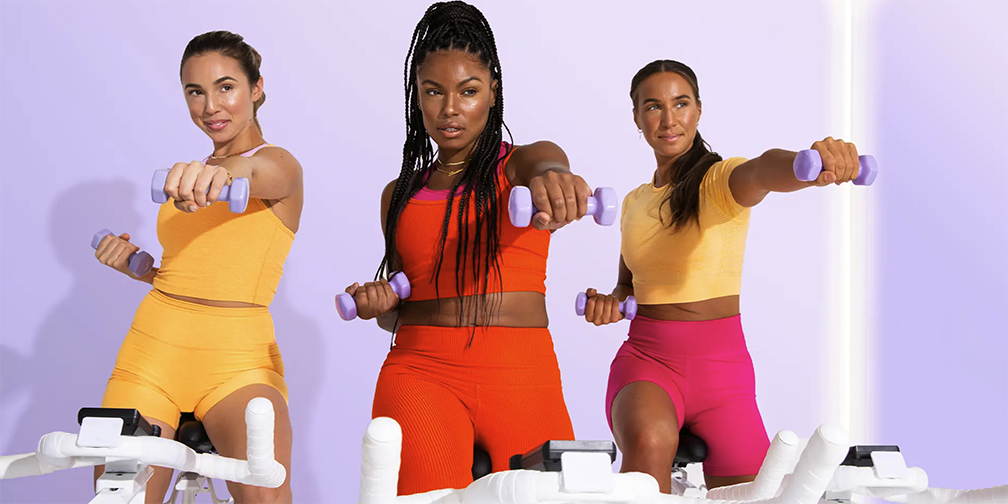

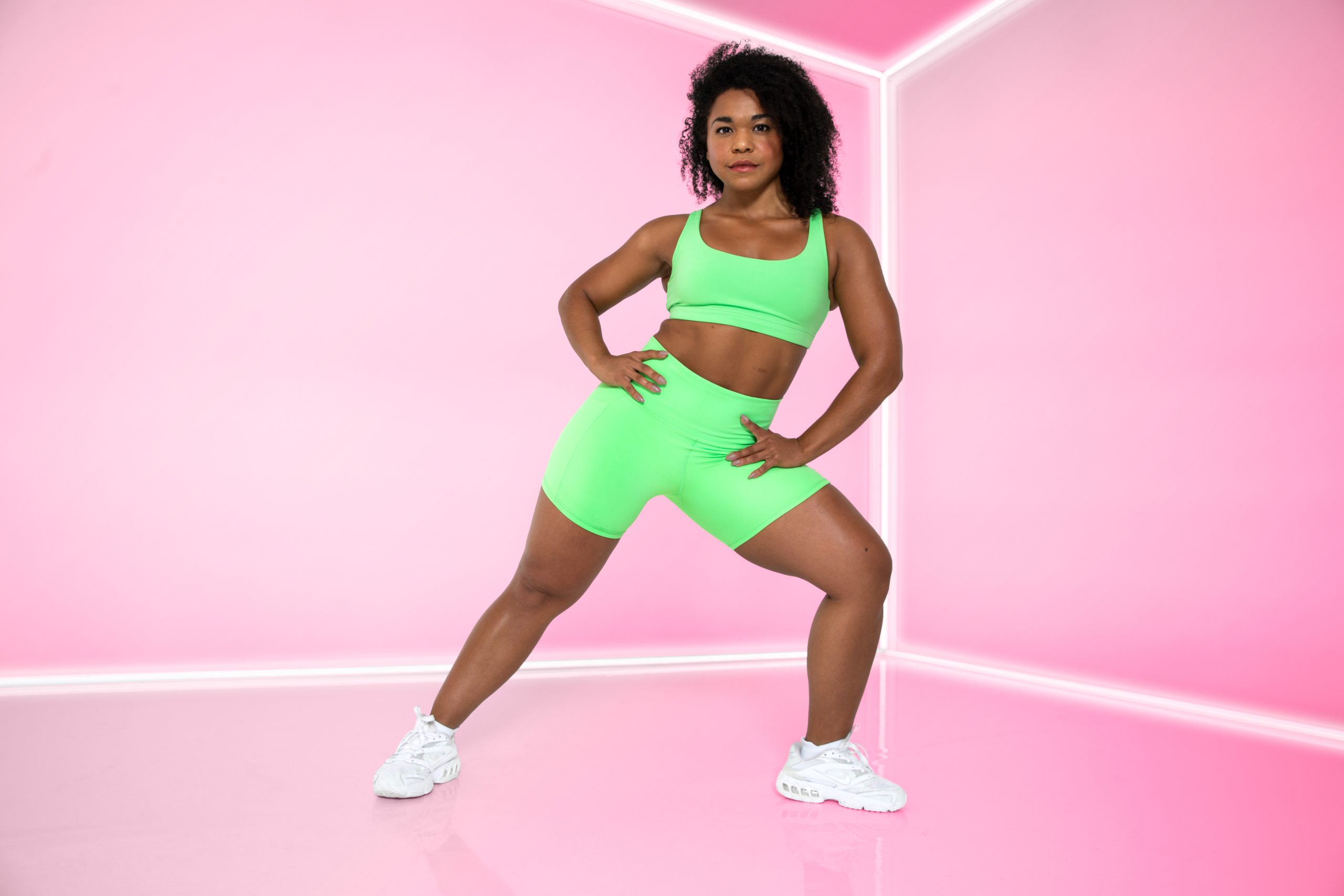

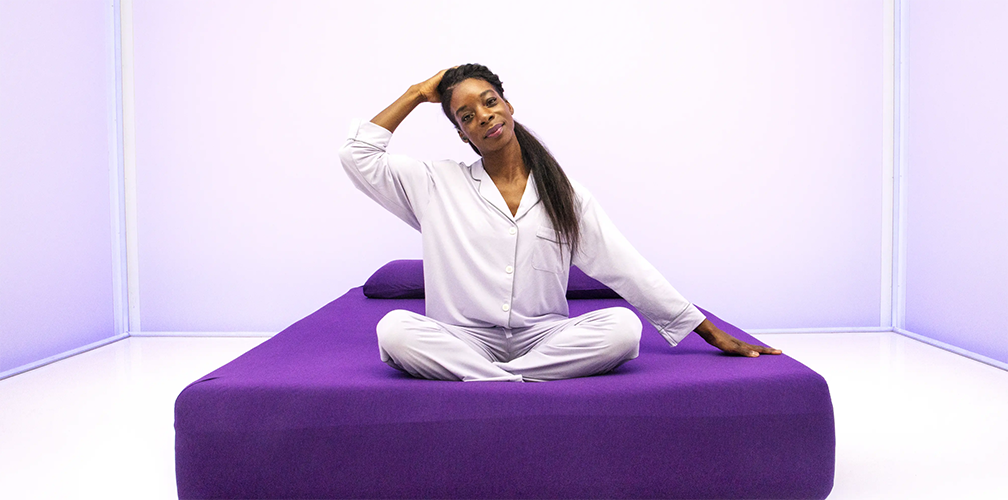

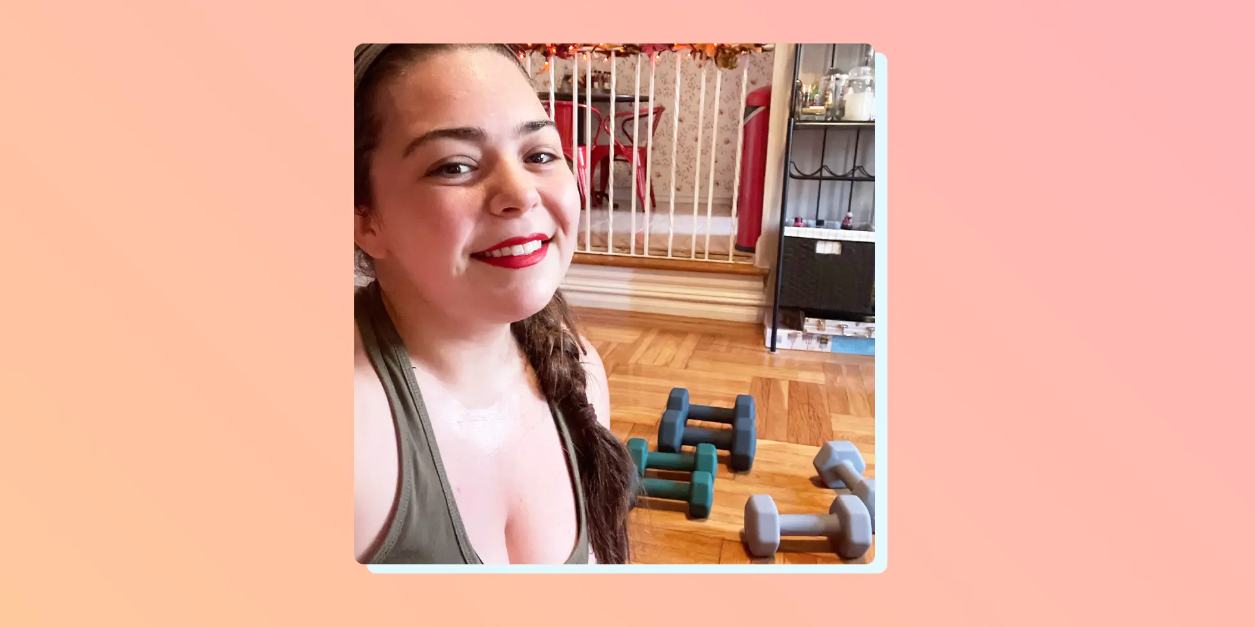
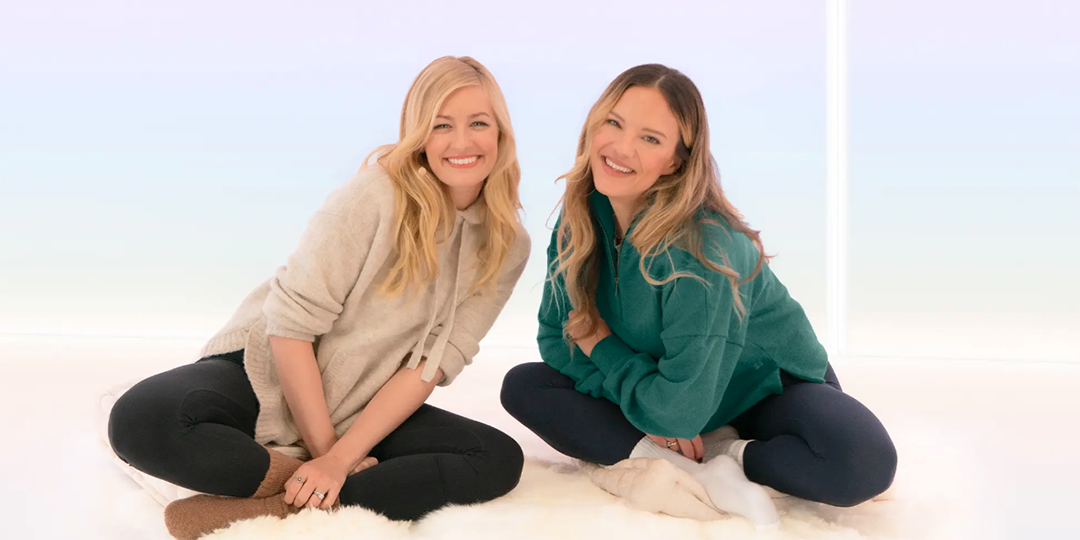



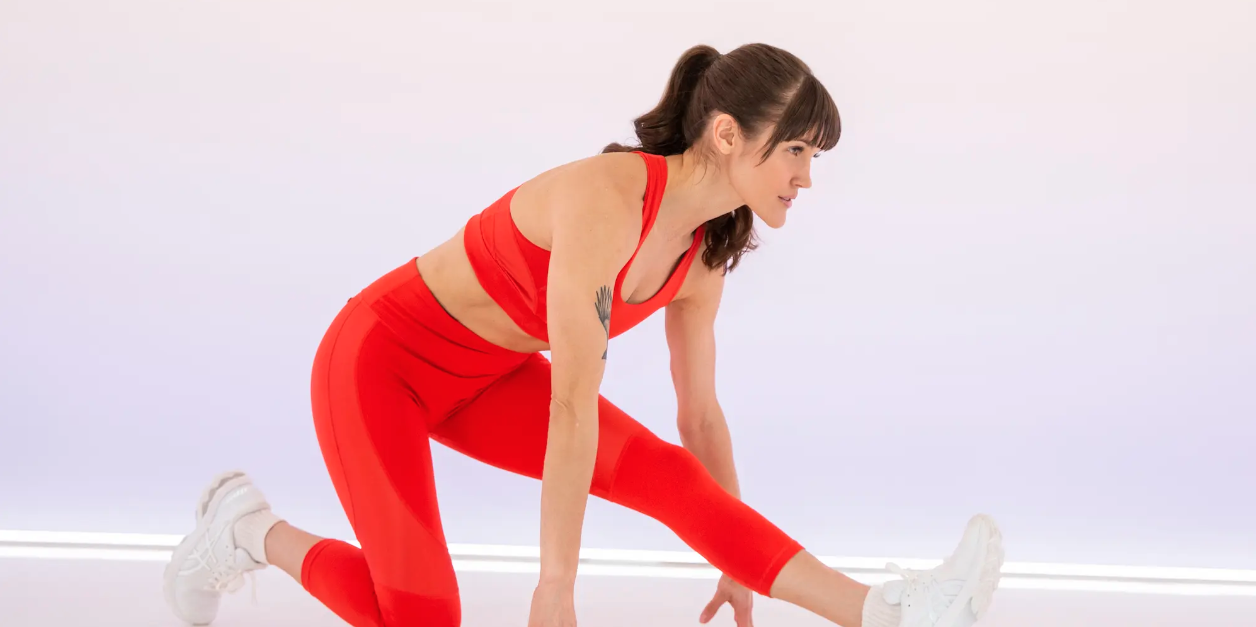
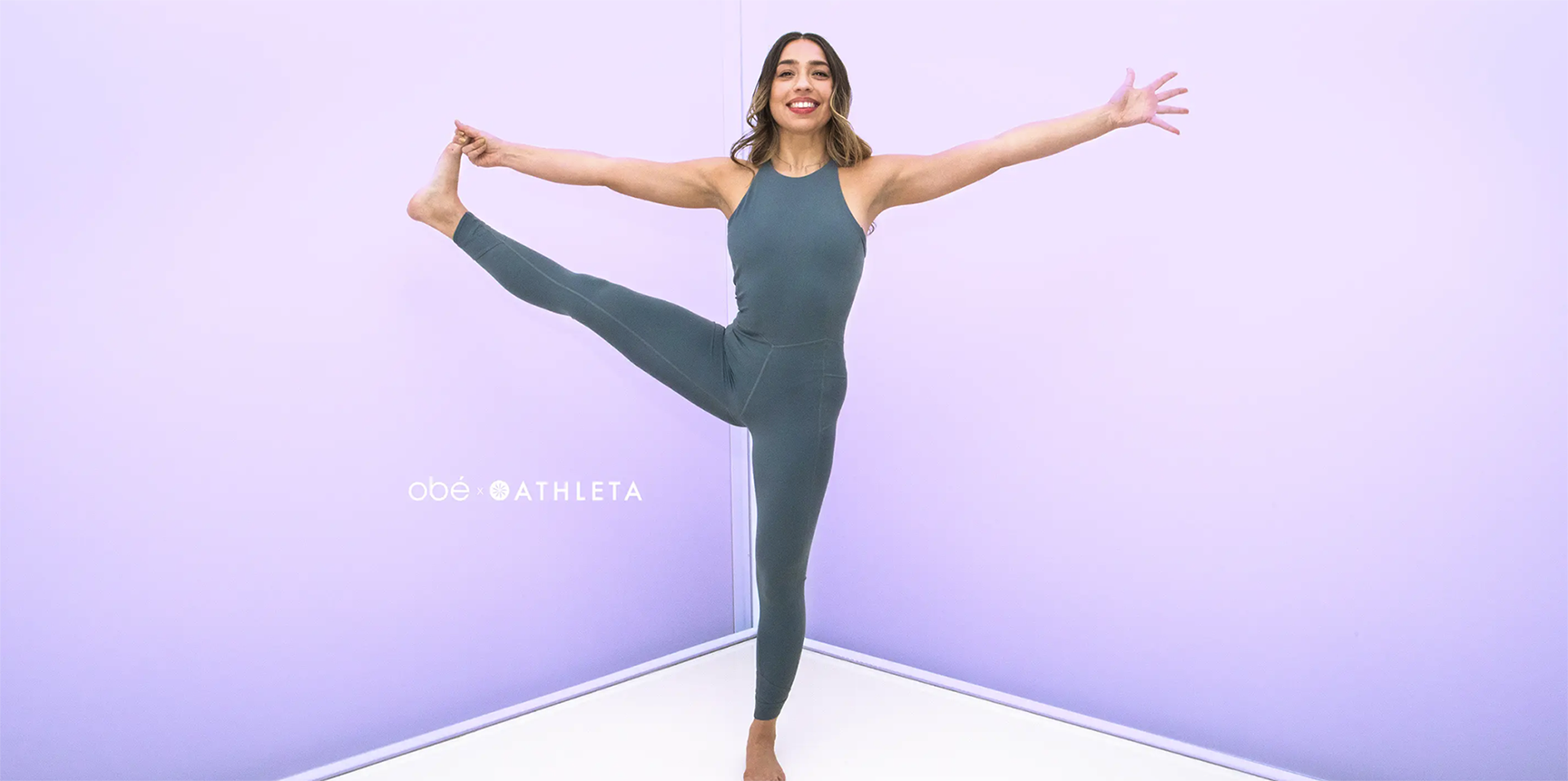
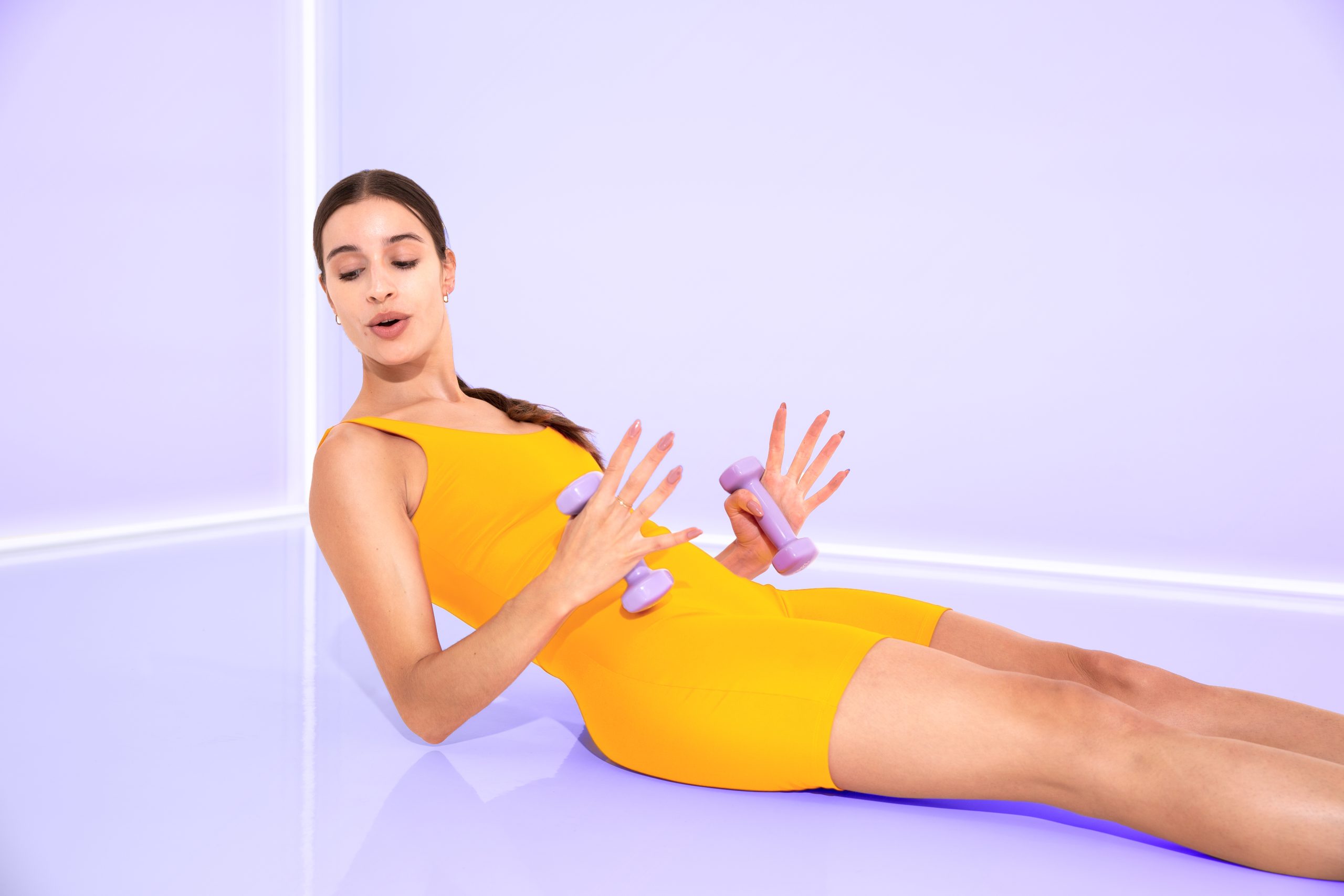
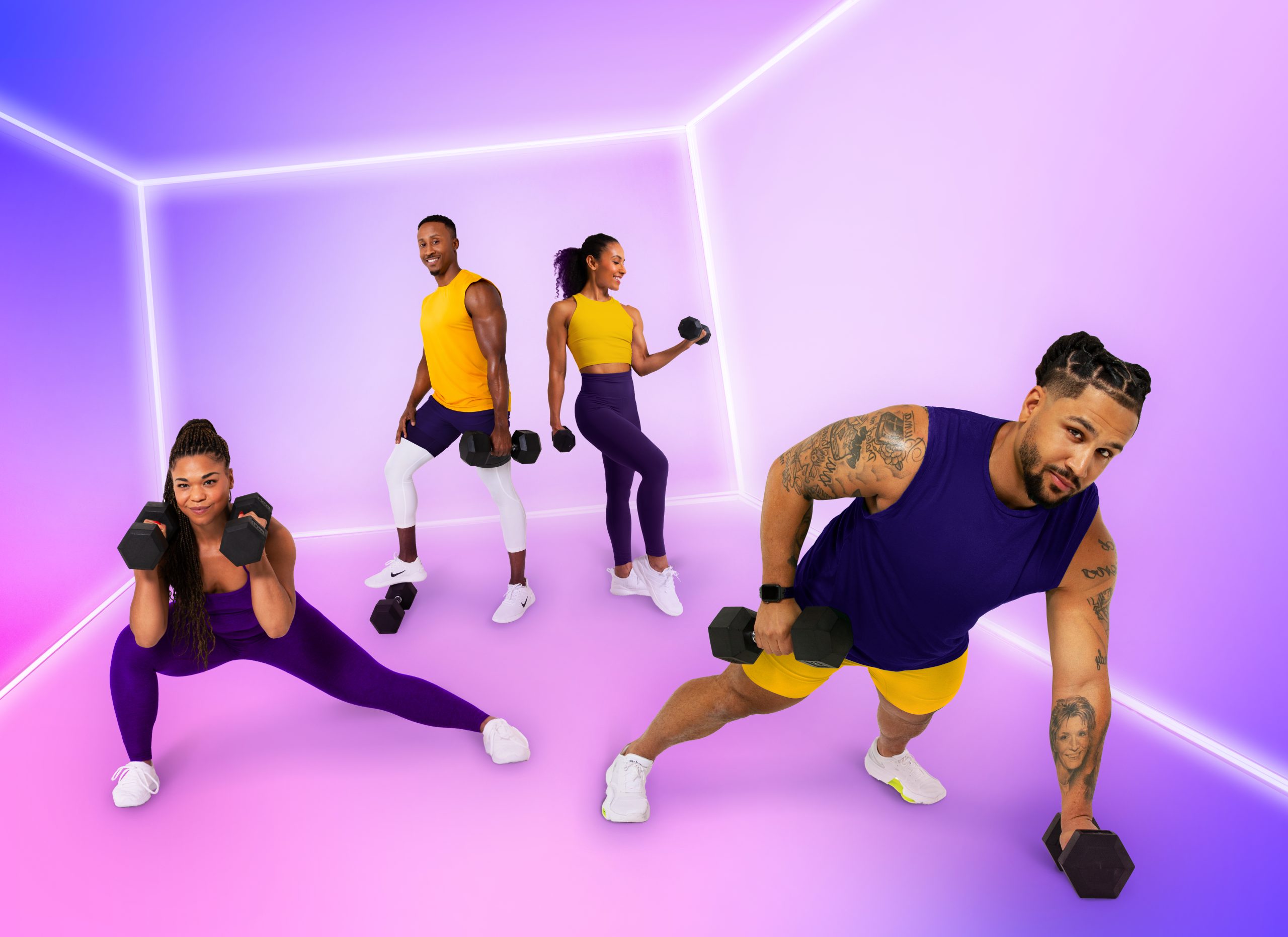
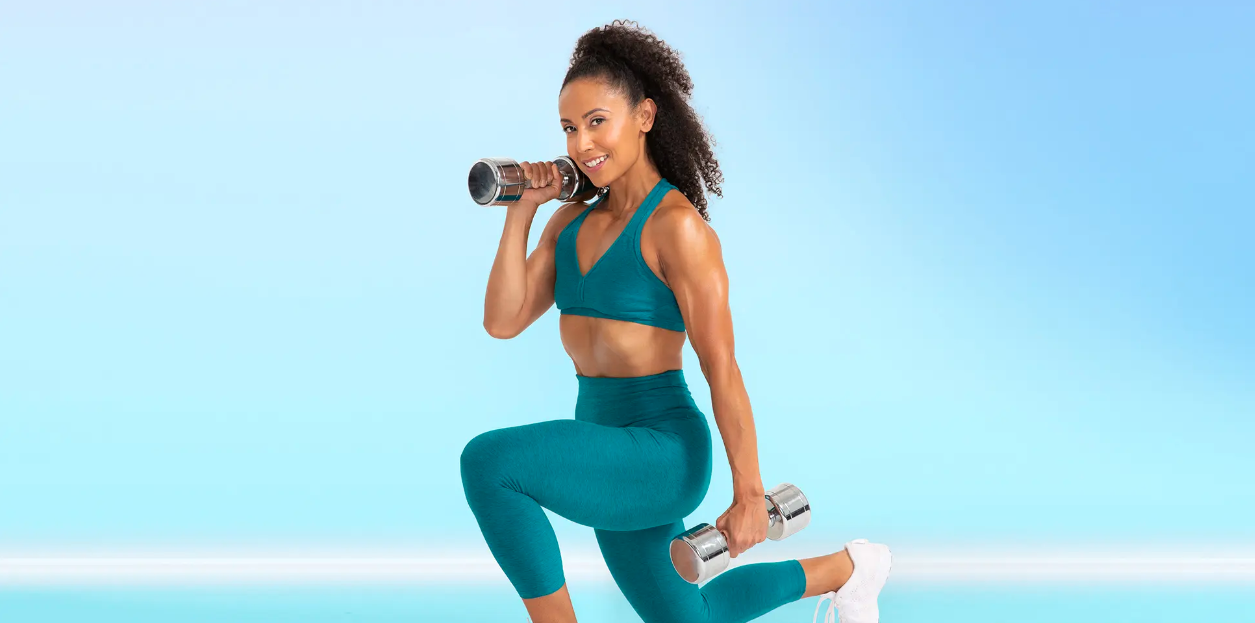
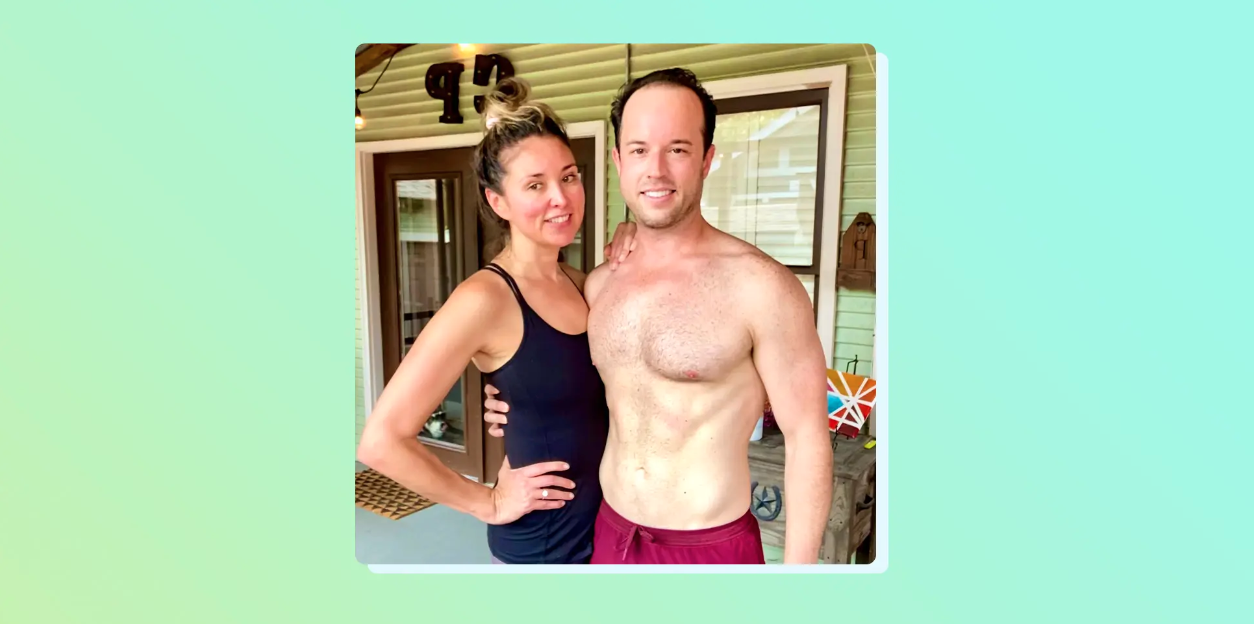
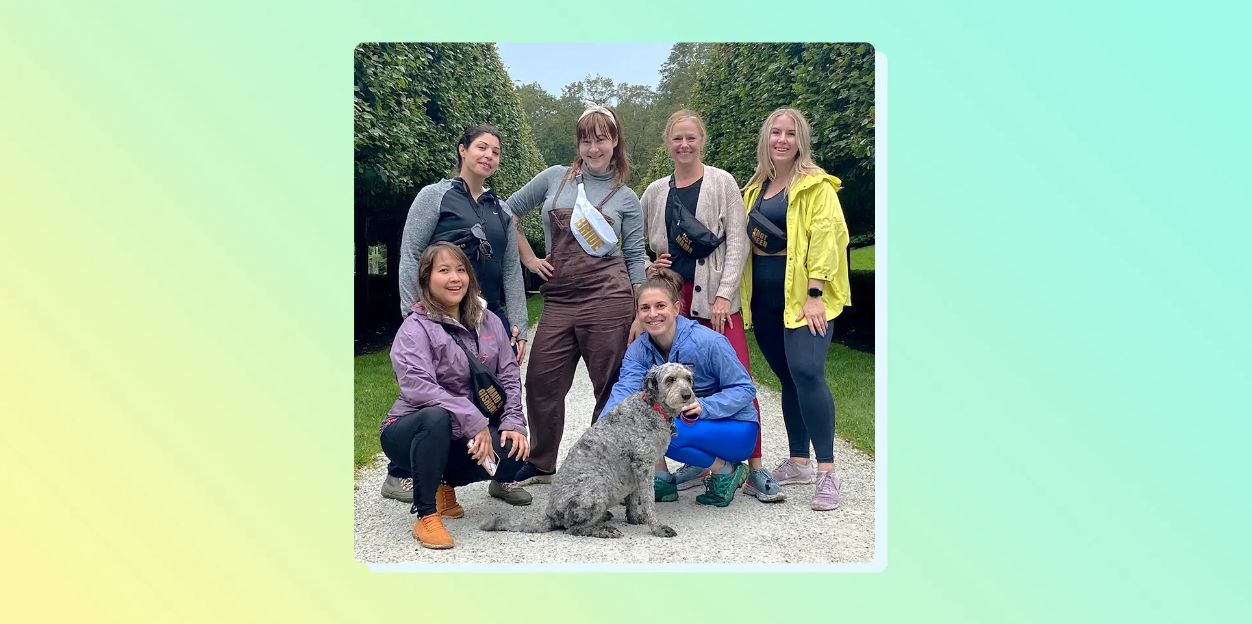


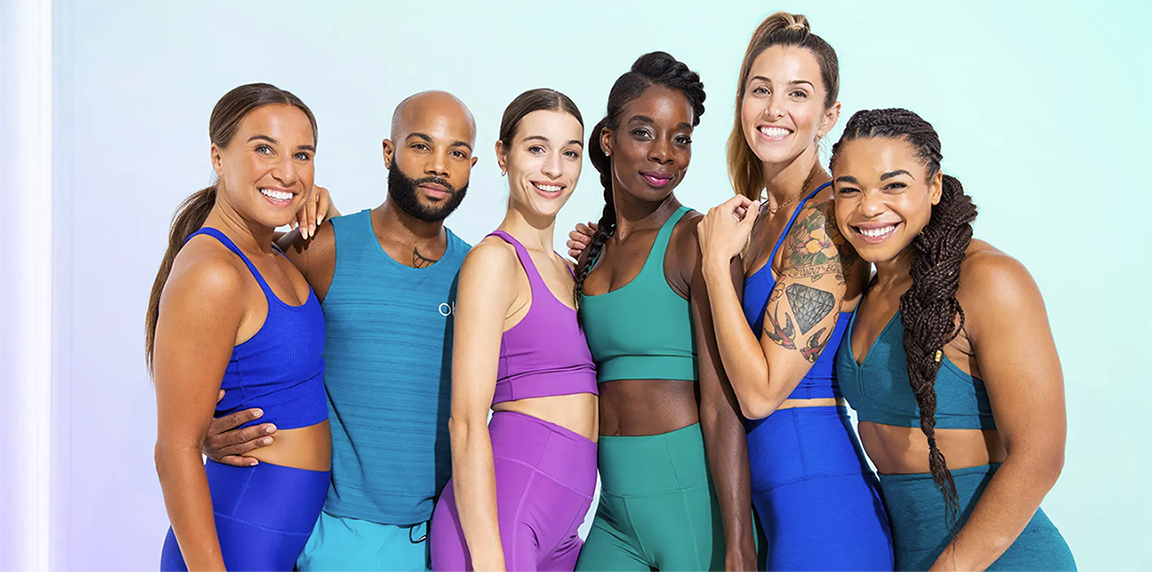
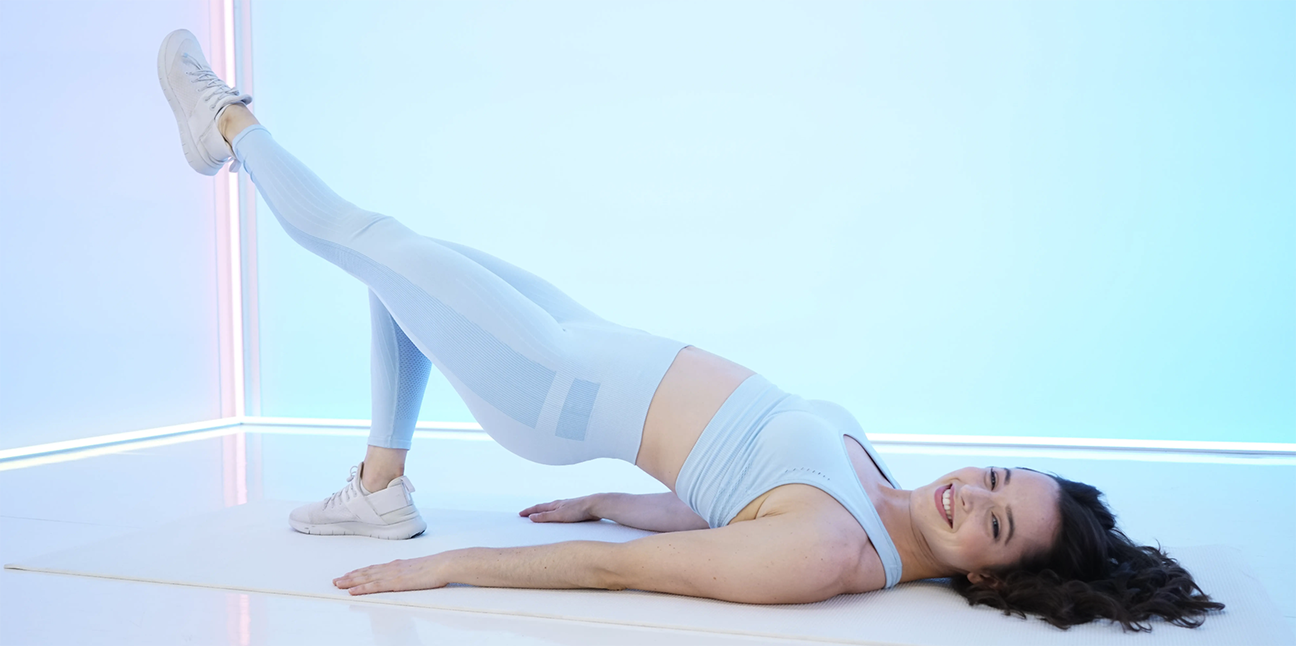

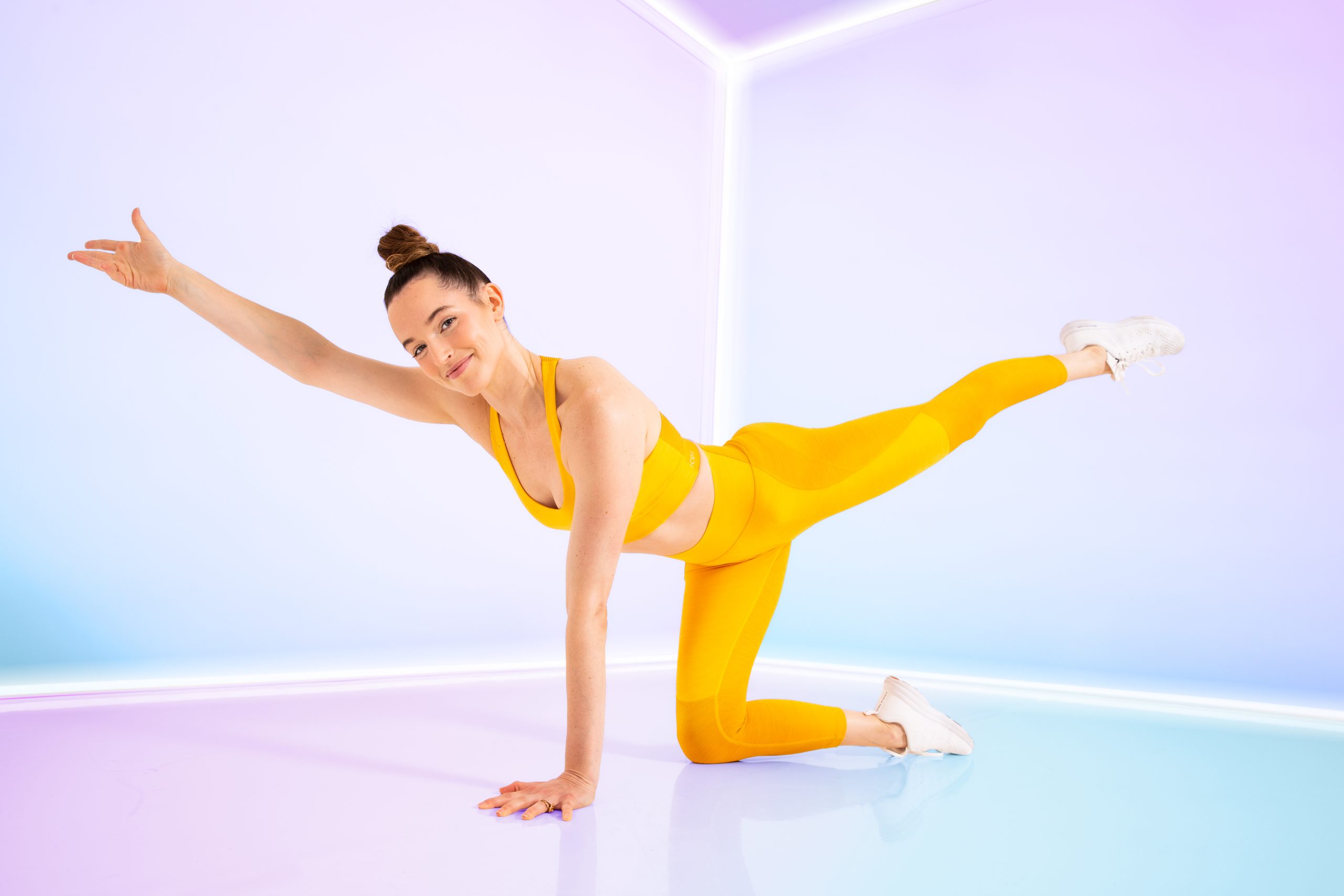

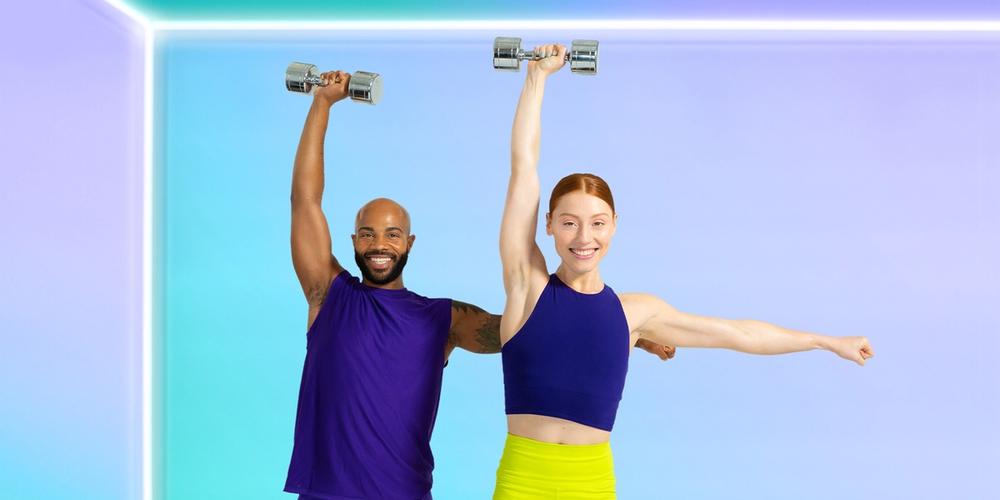

Leave a Reply to lindsaybook Cancel reply